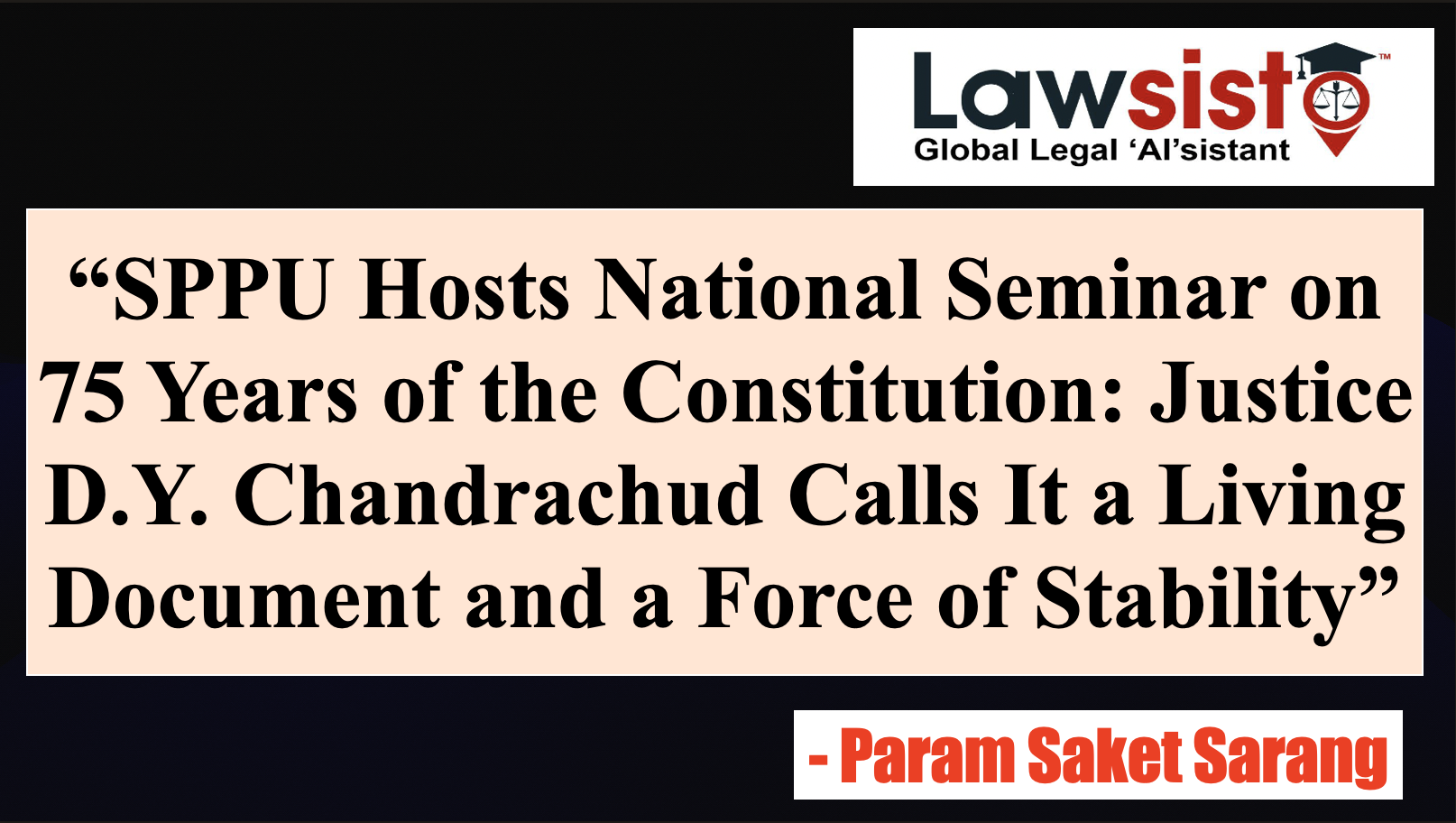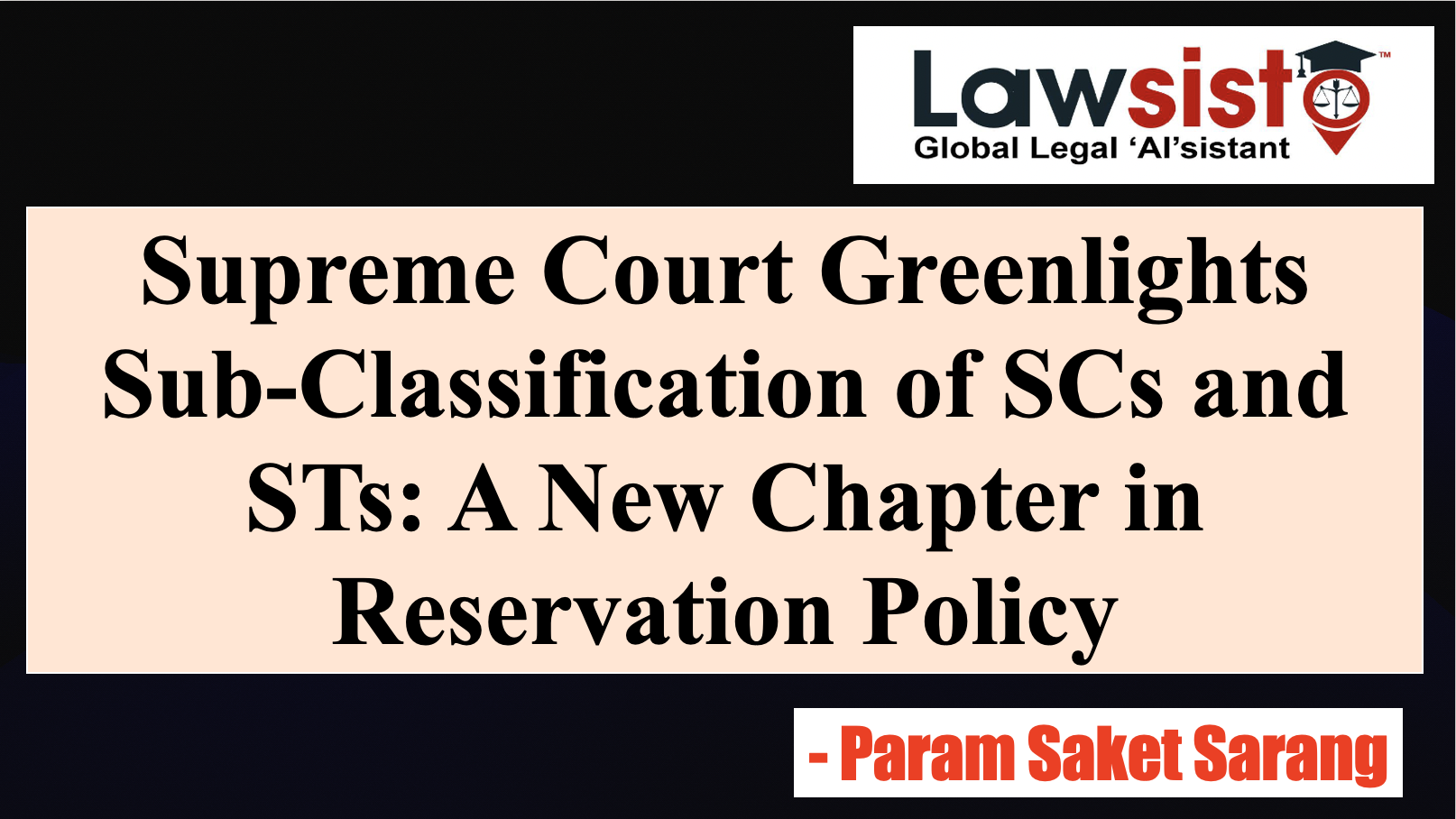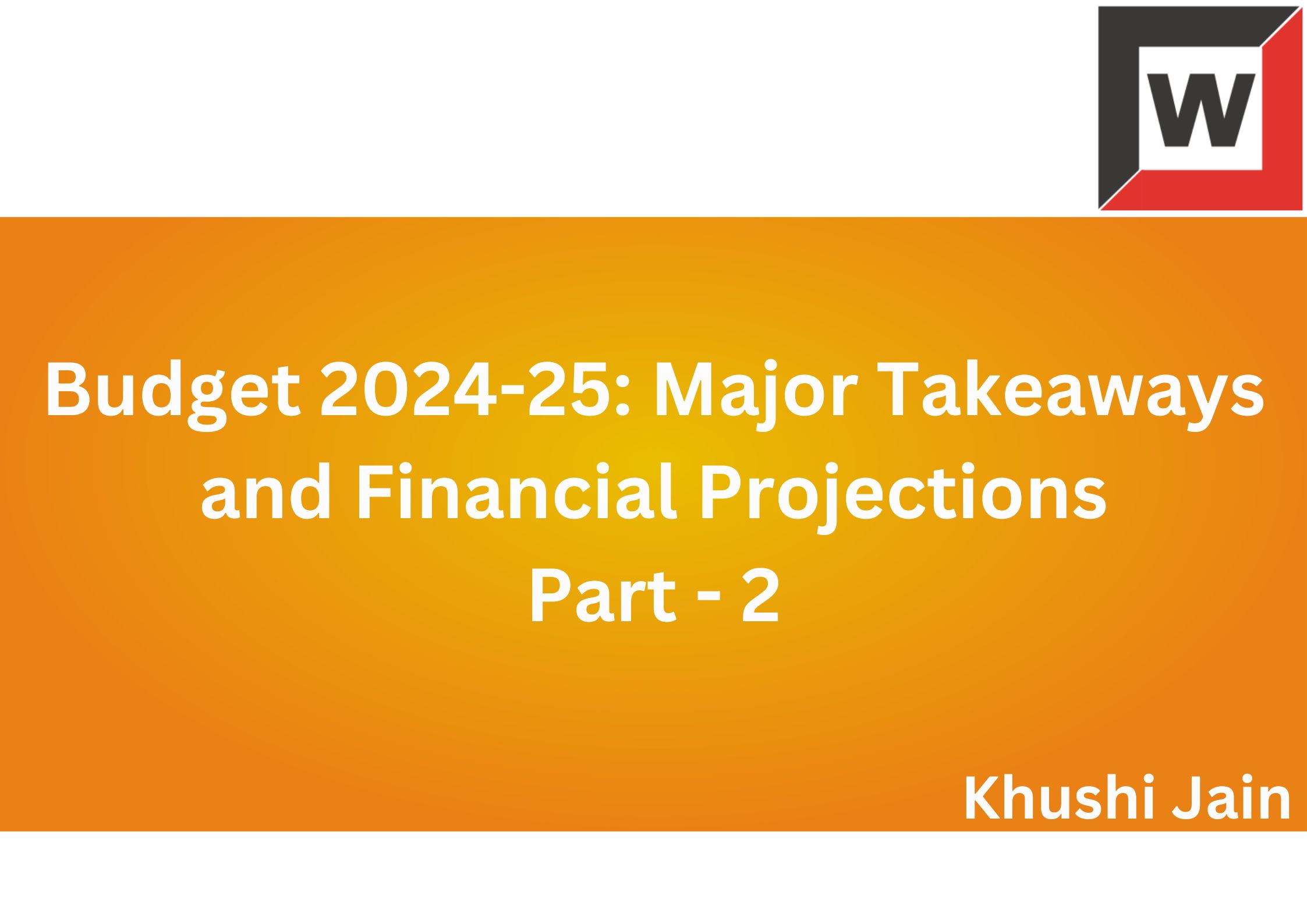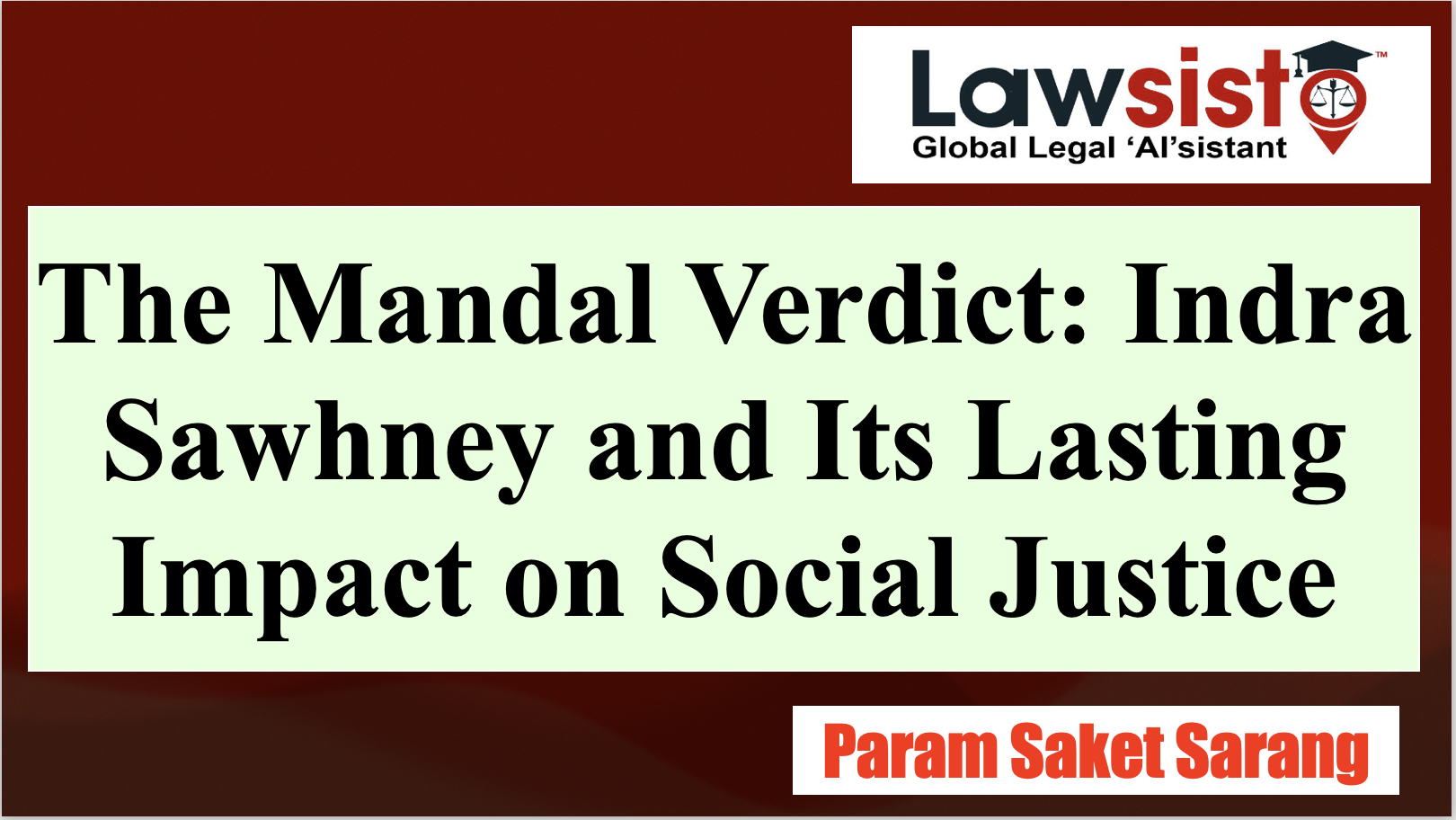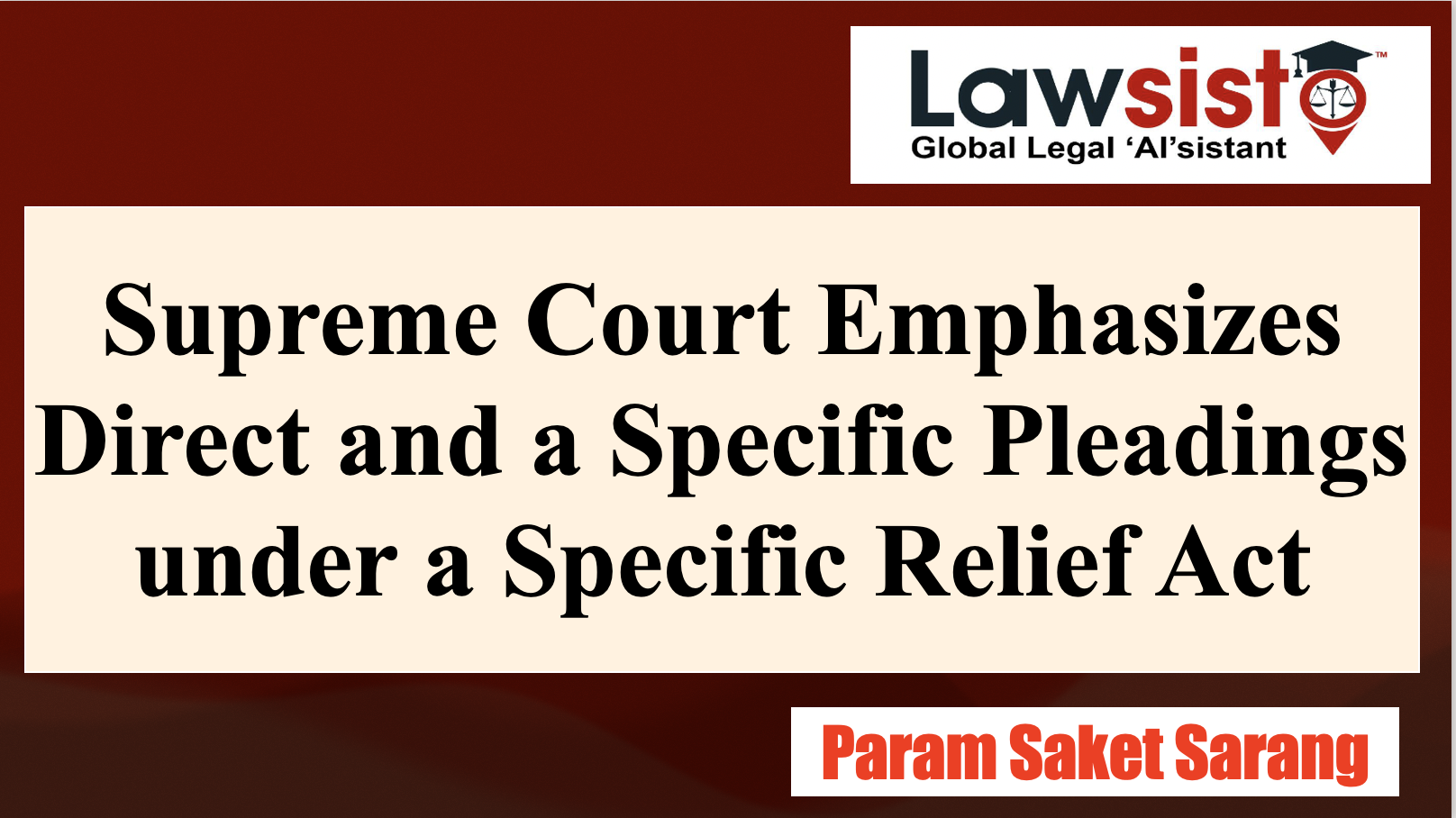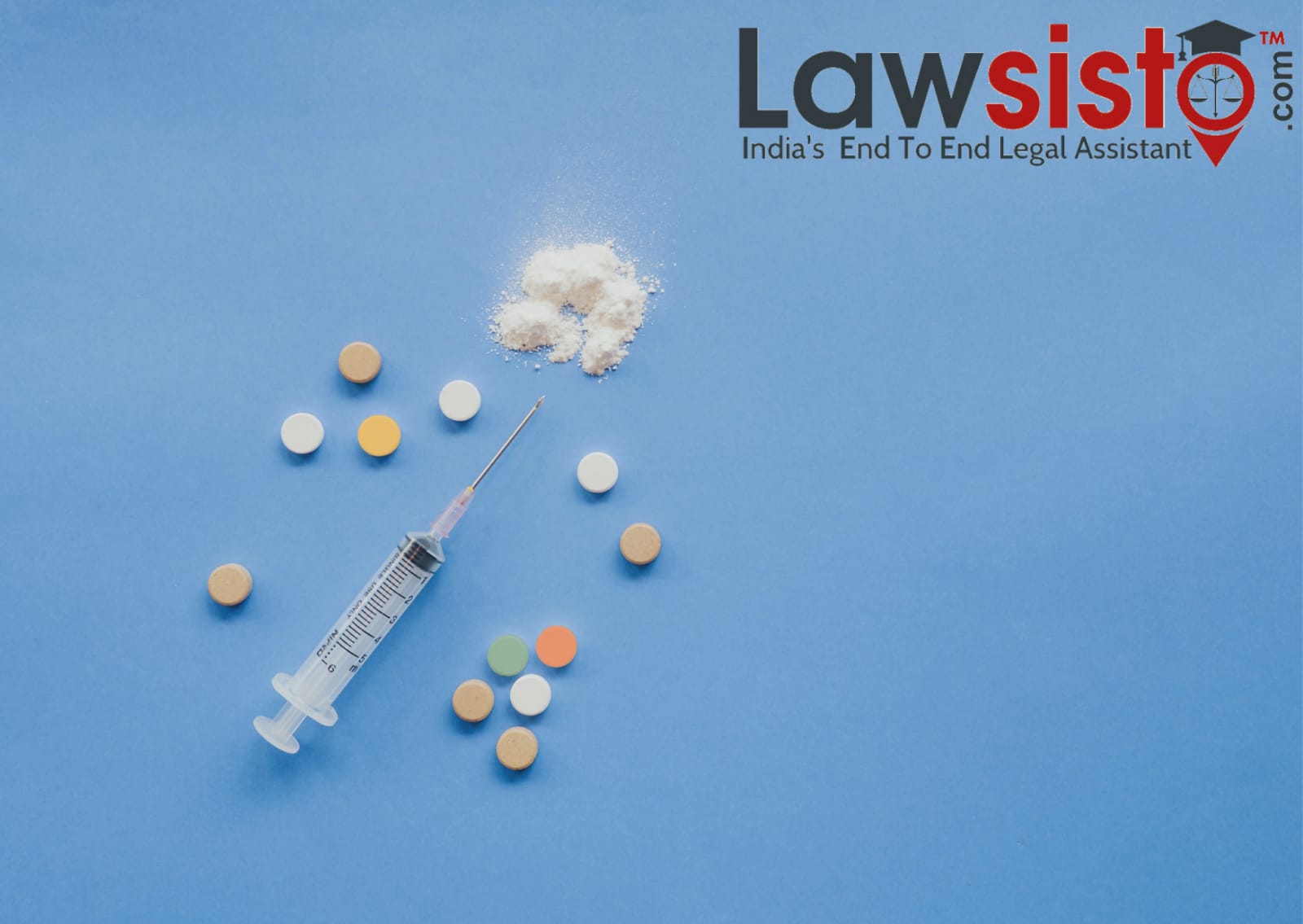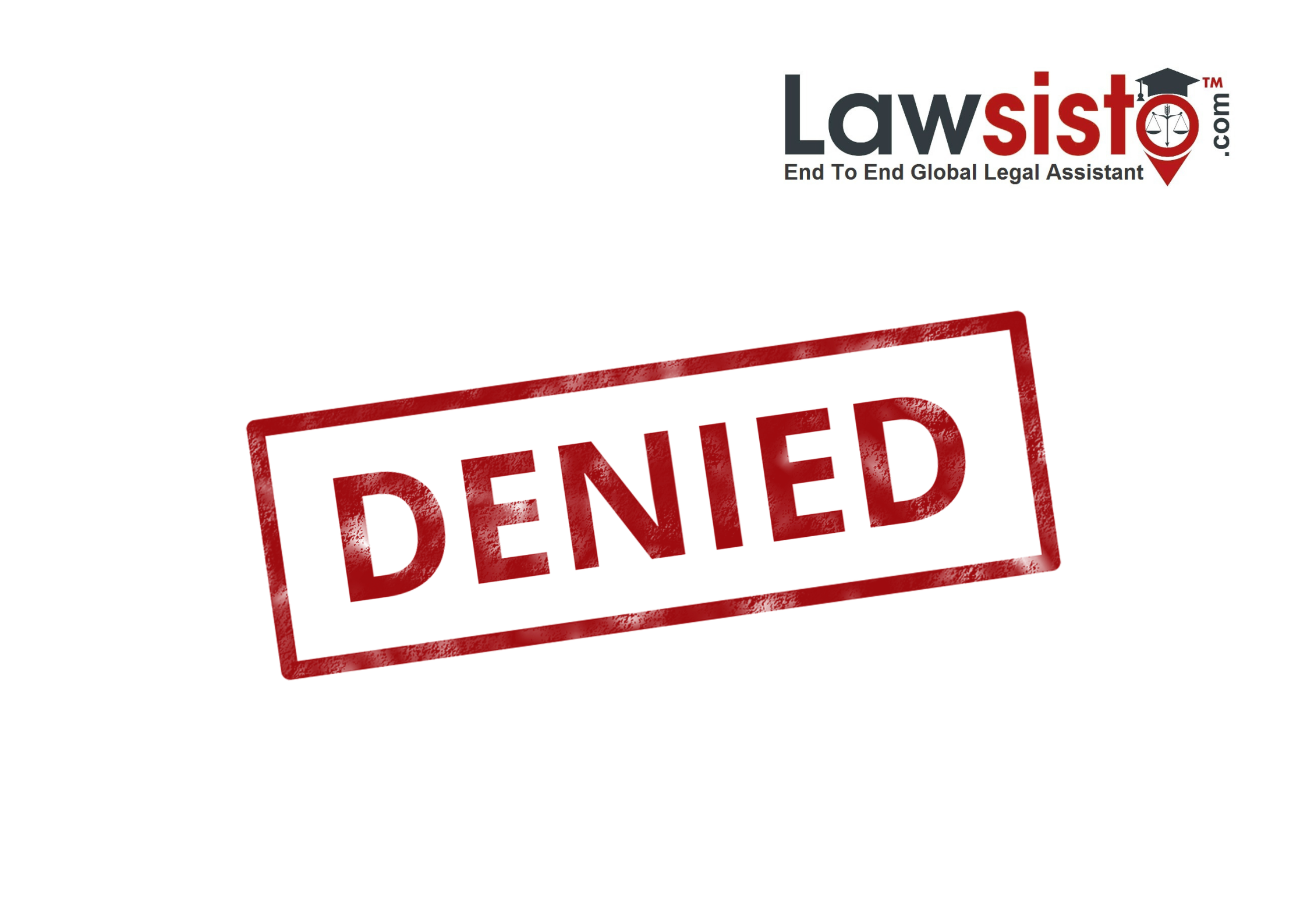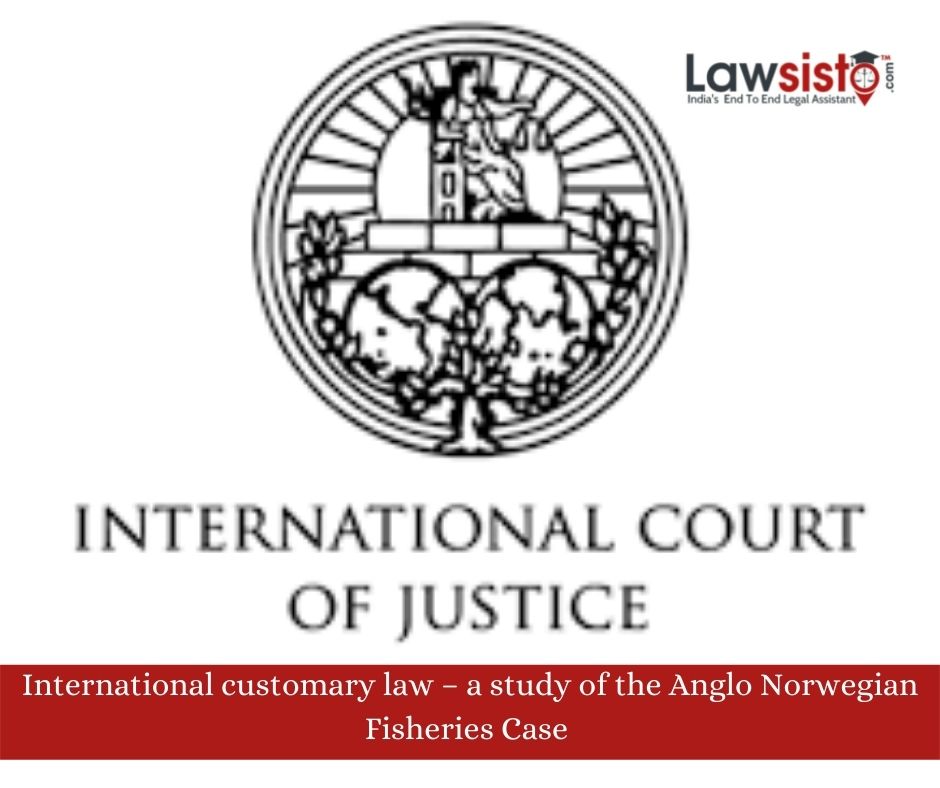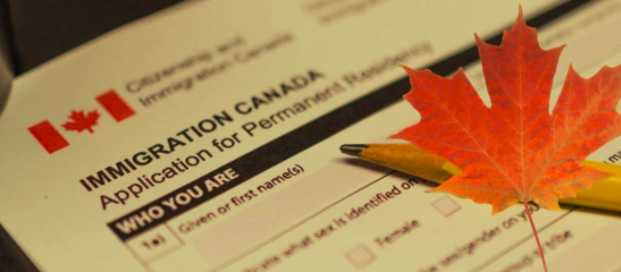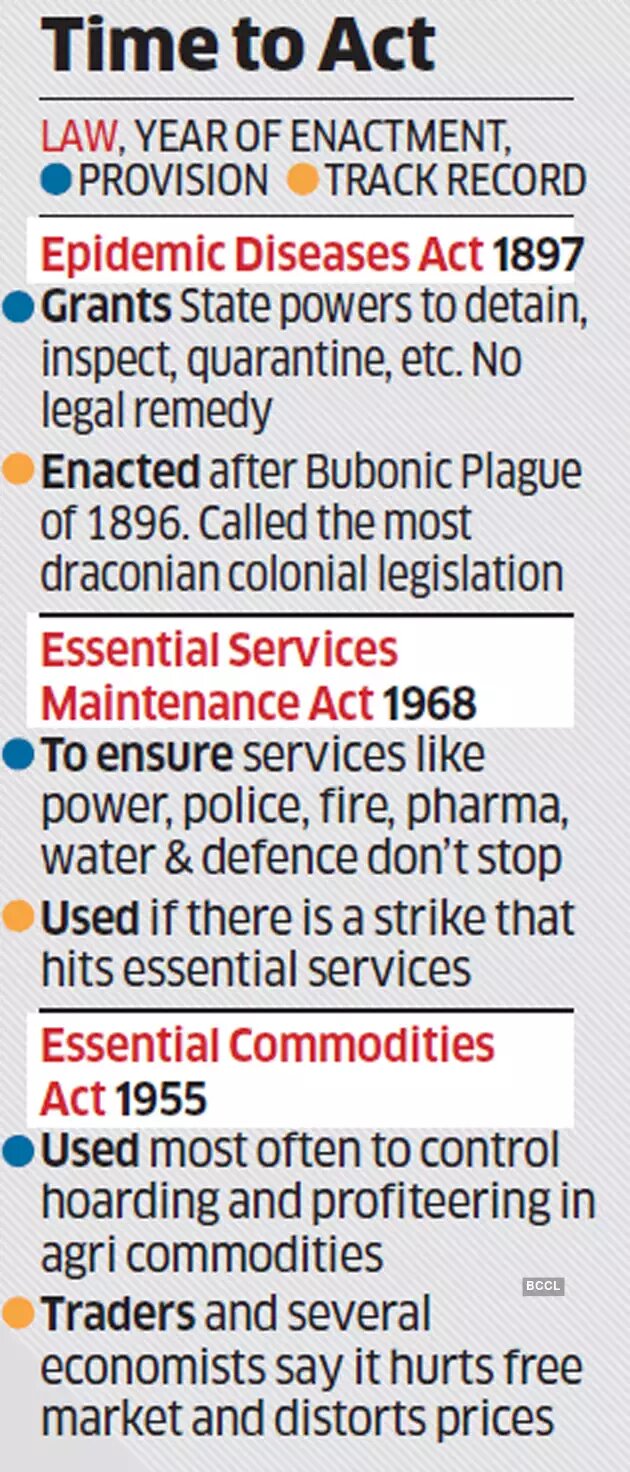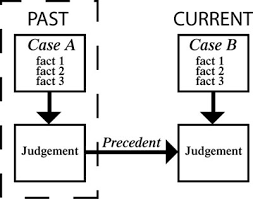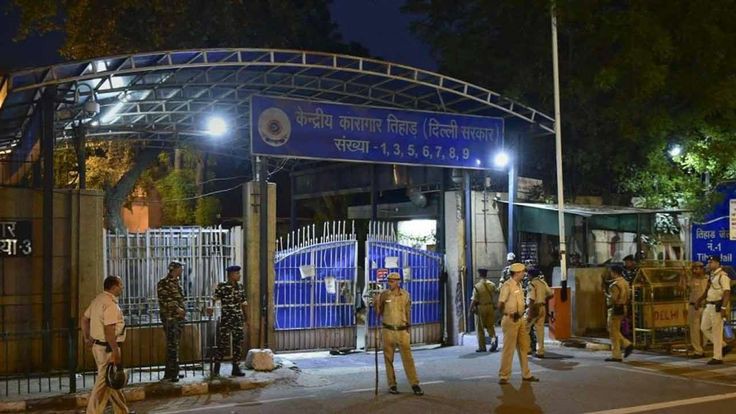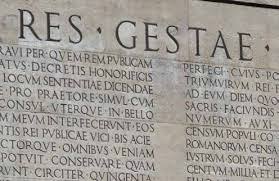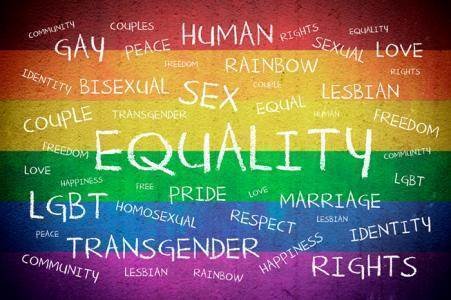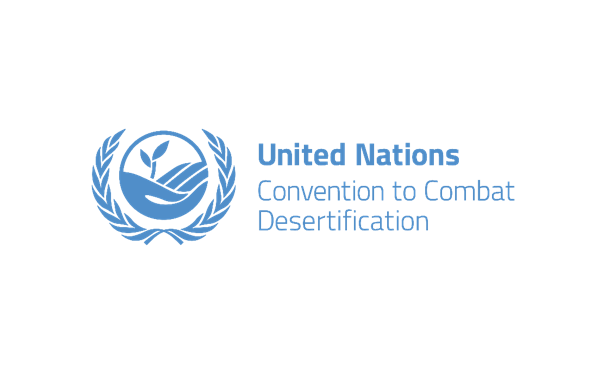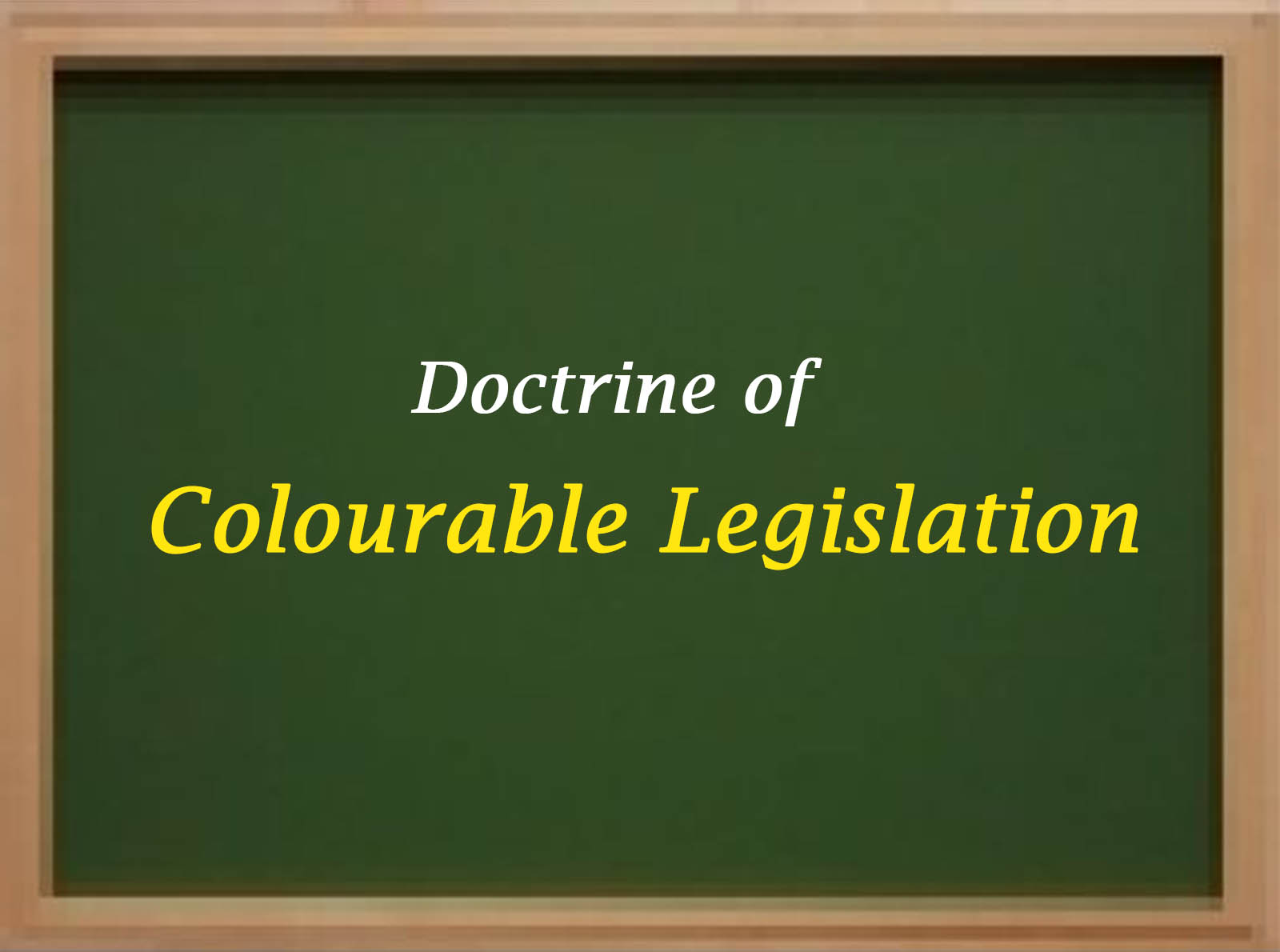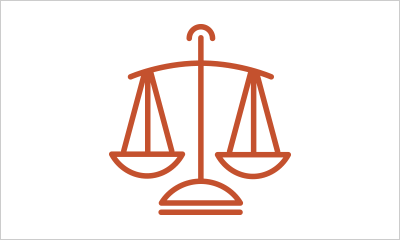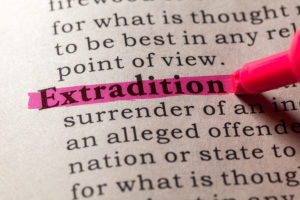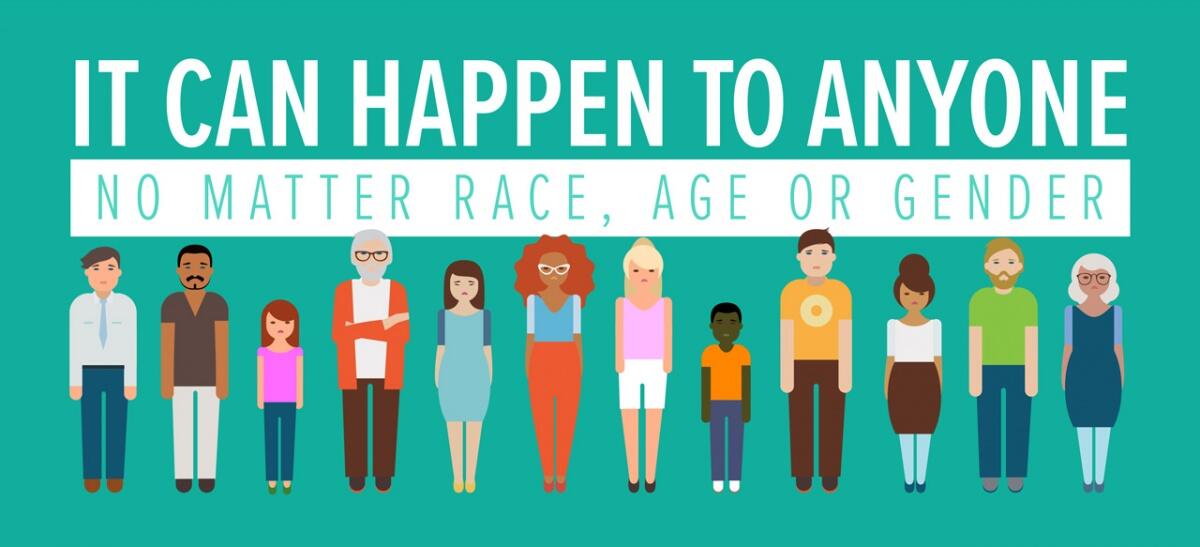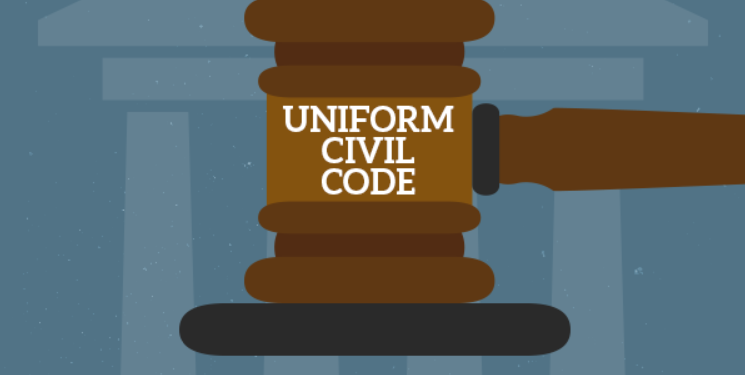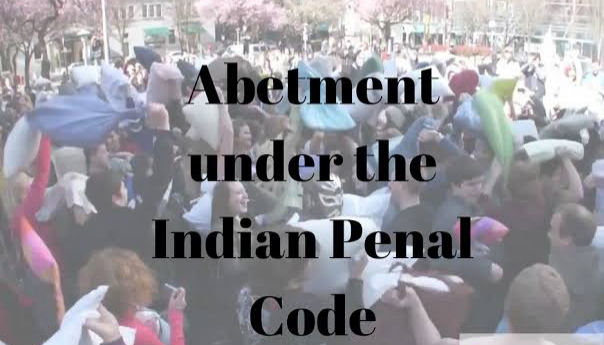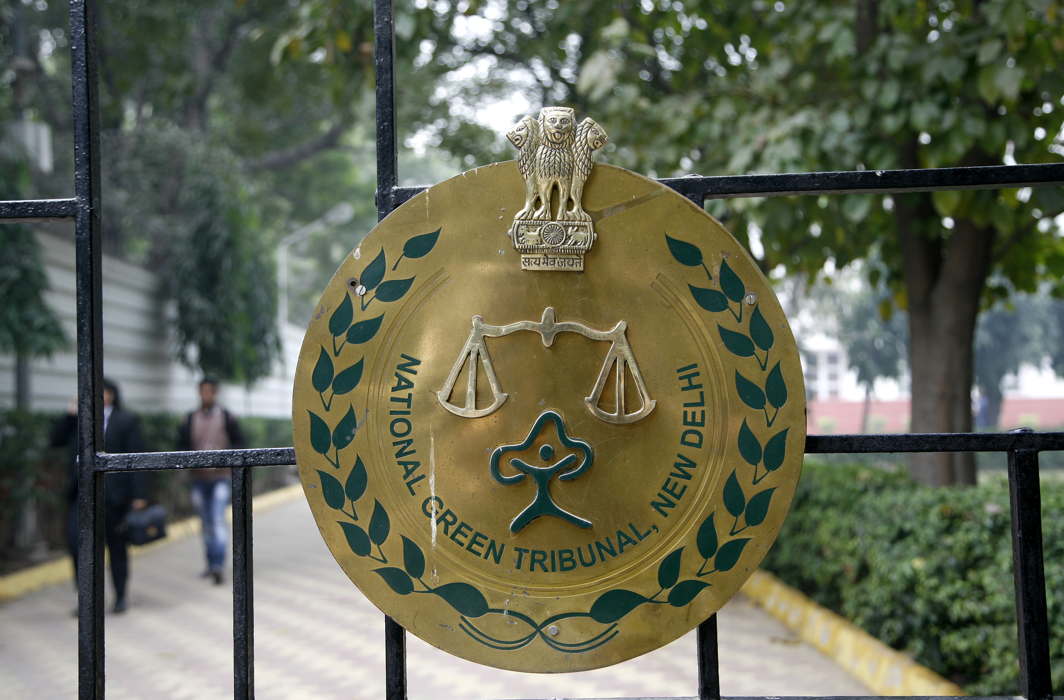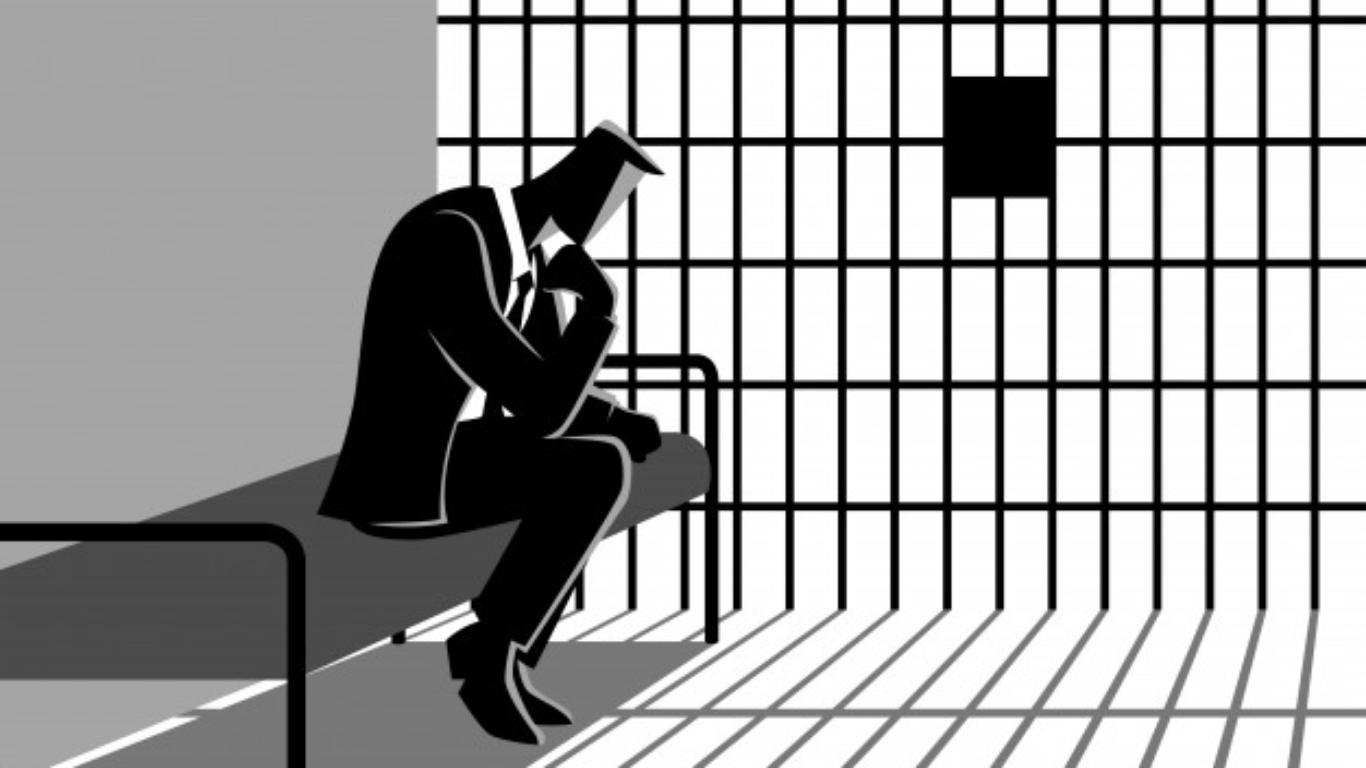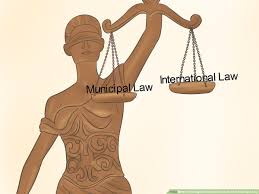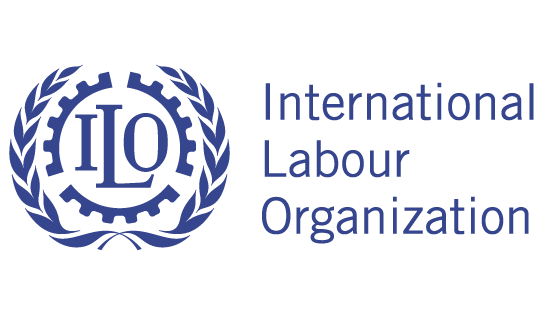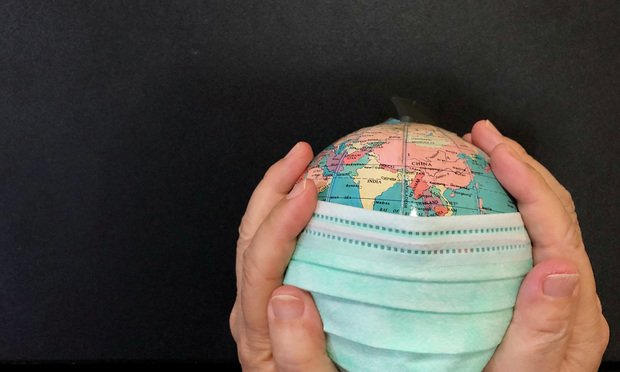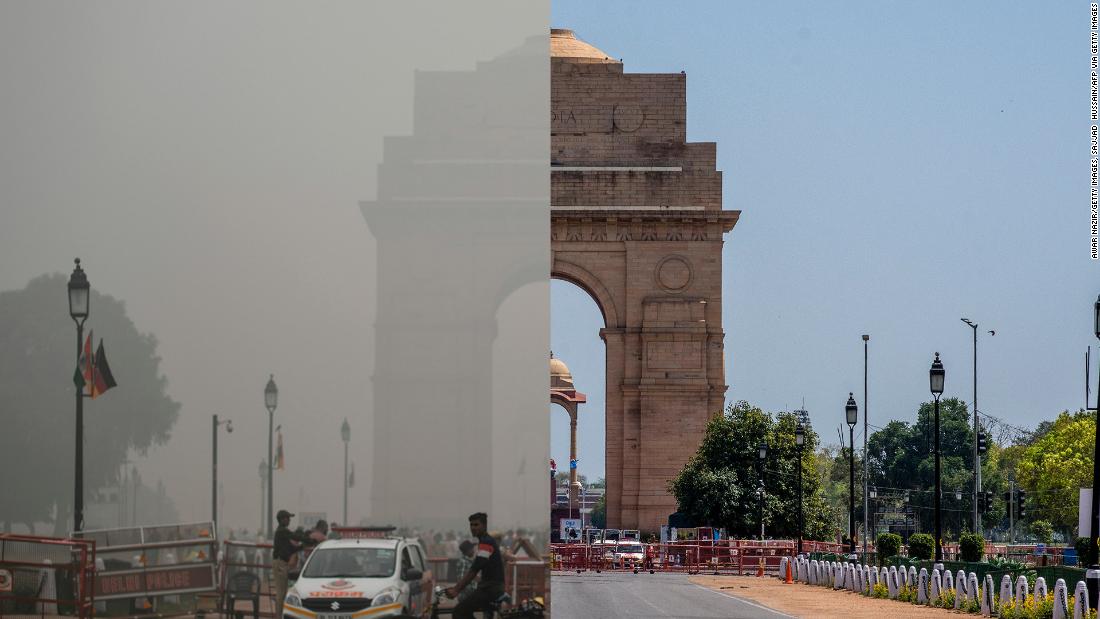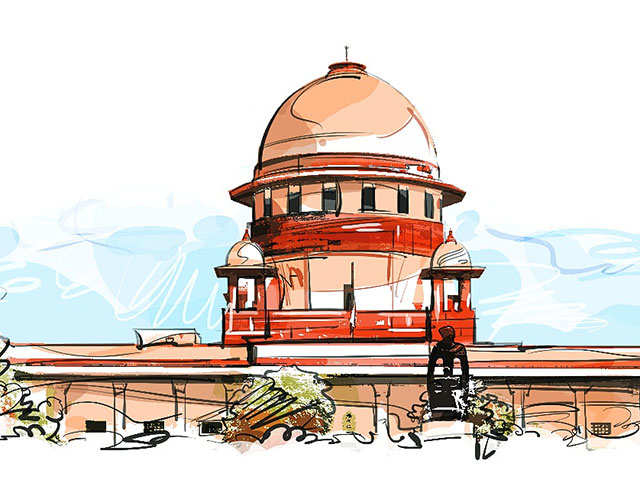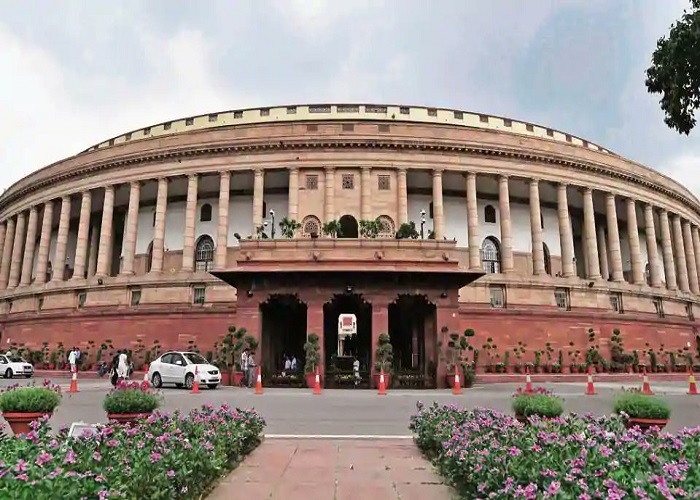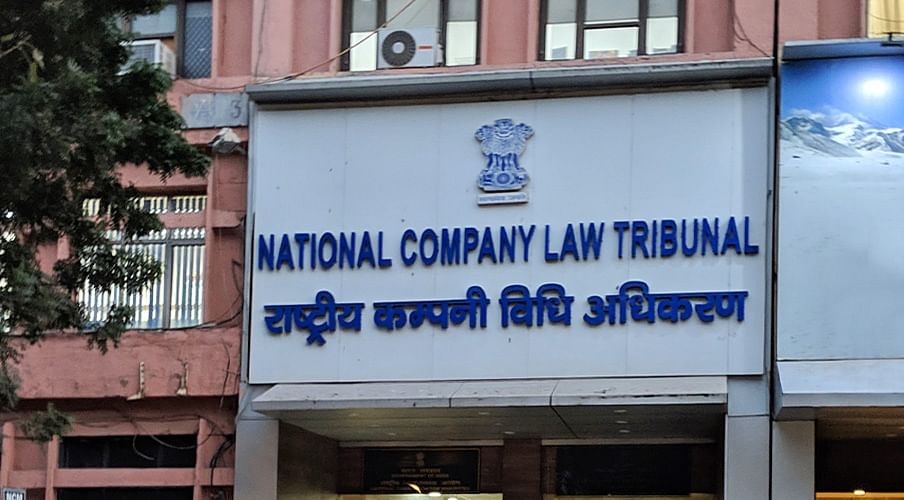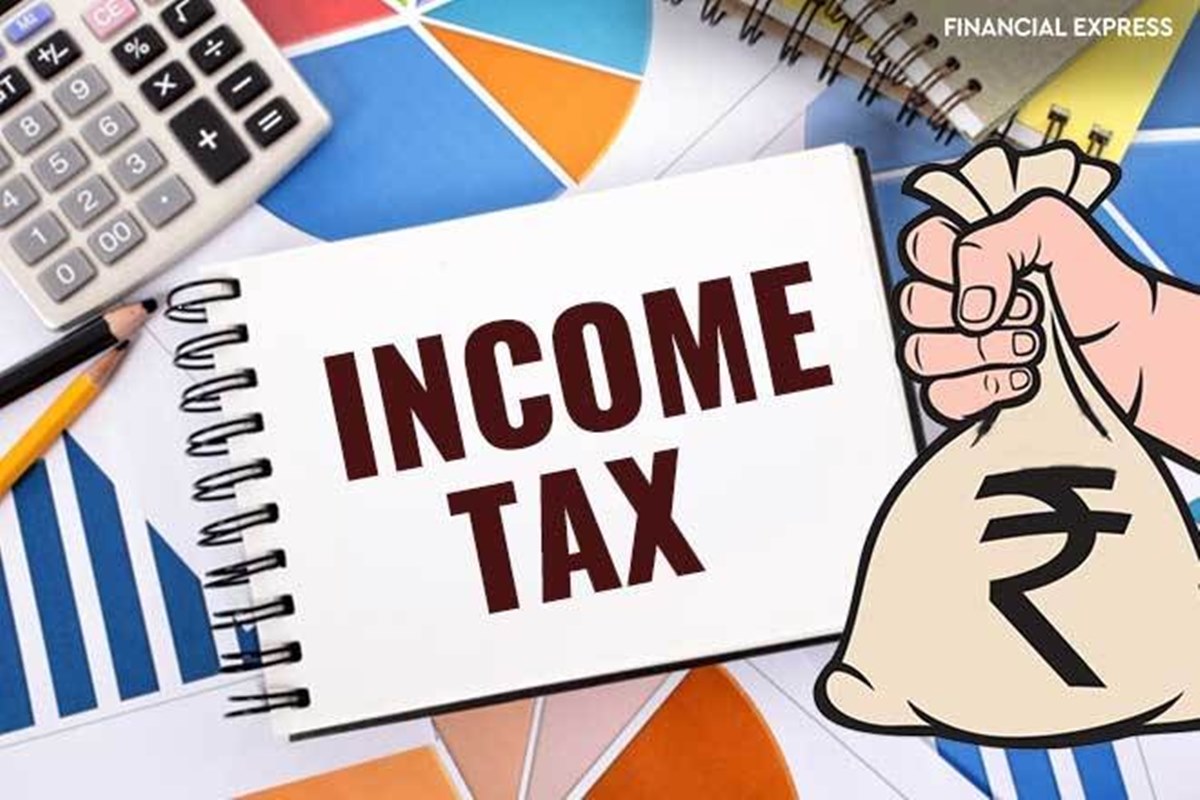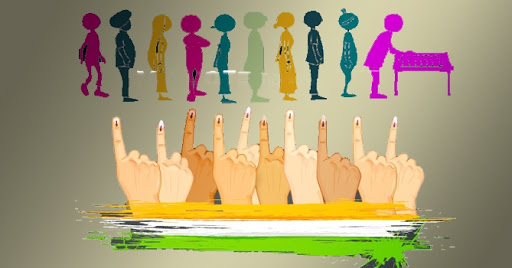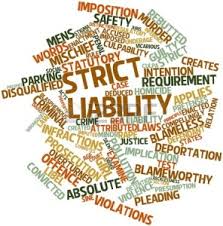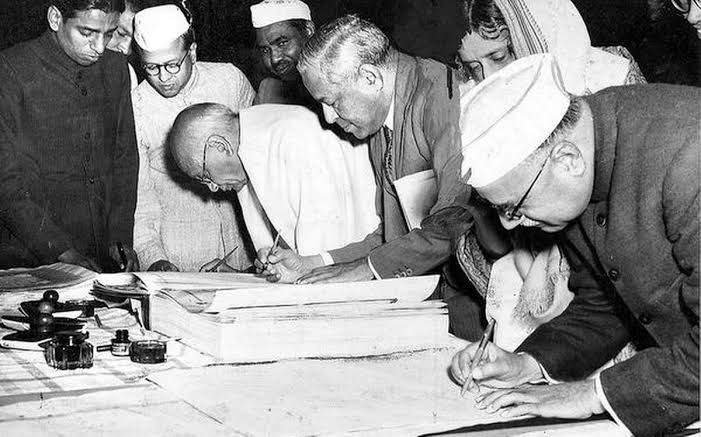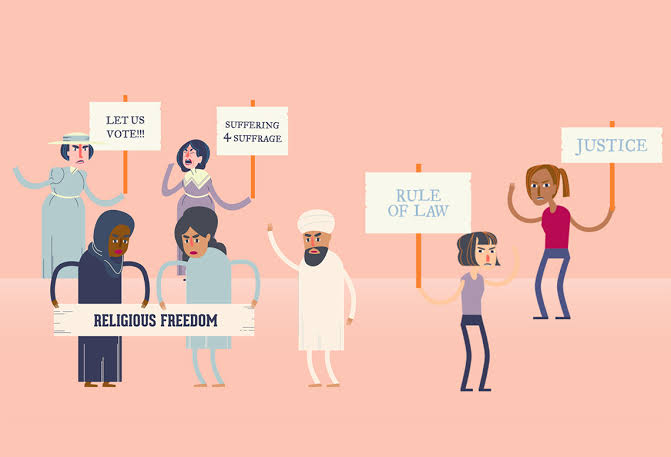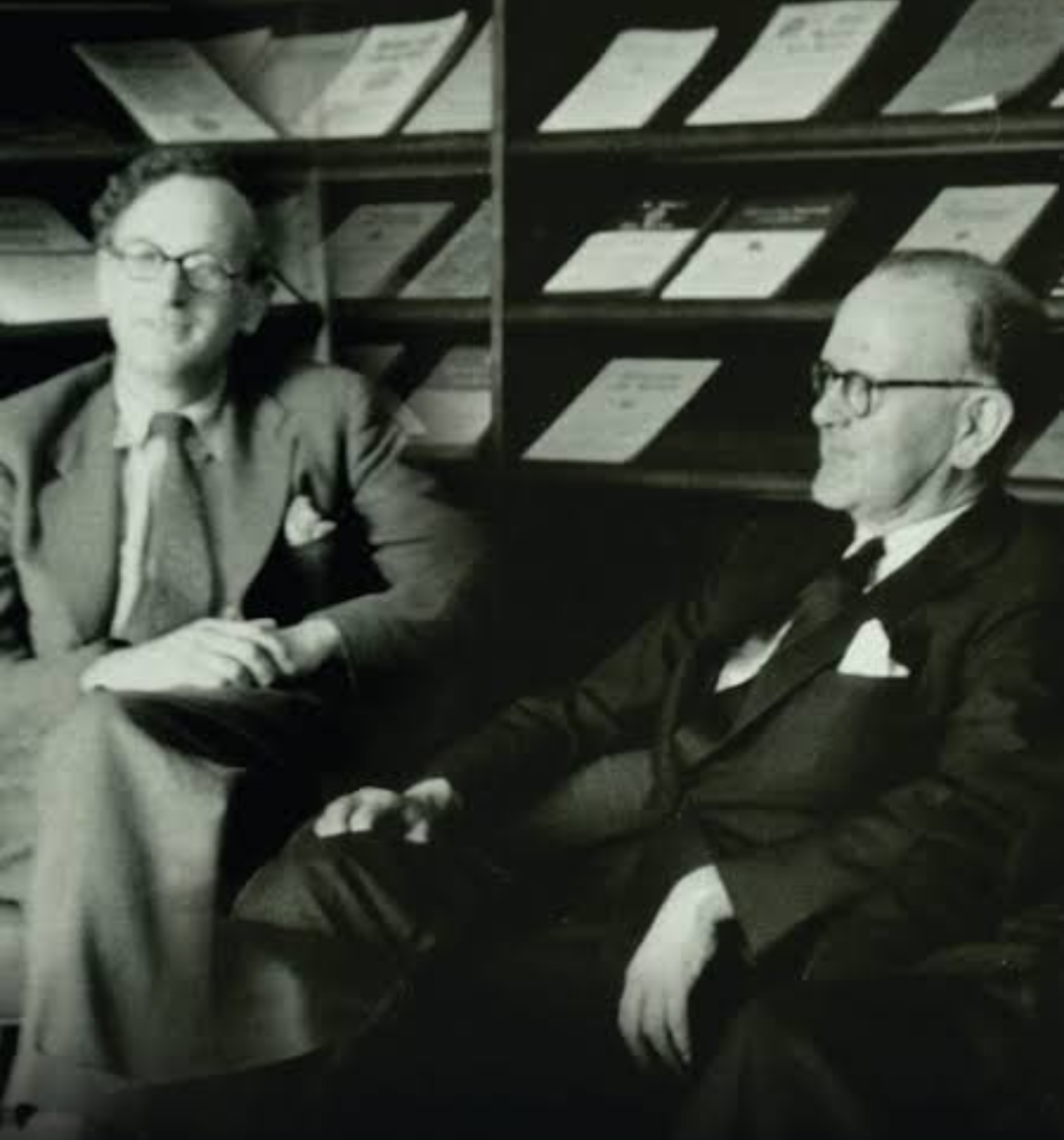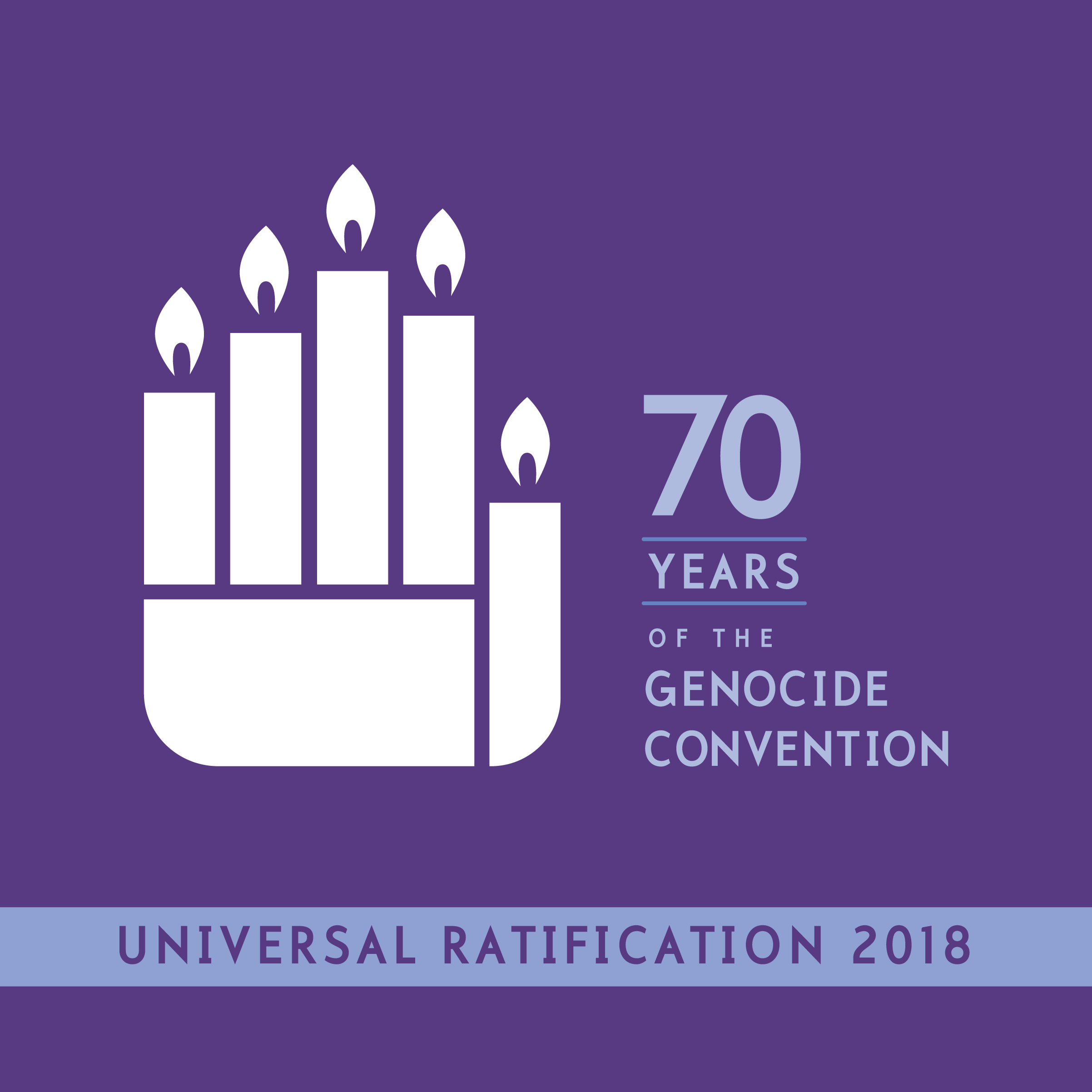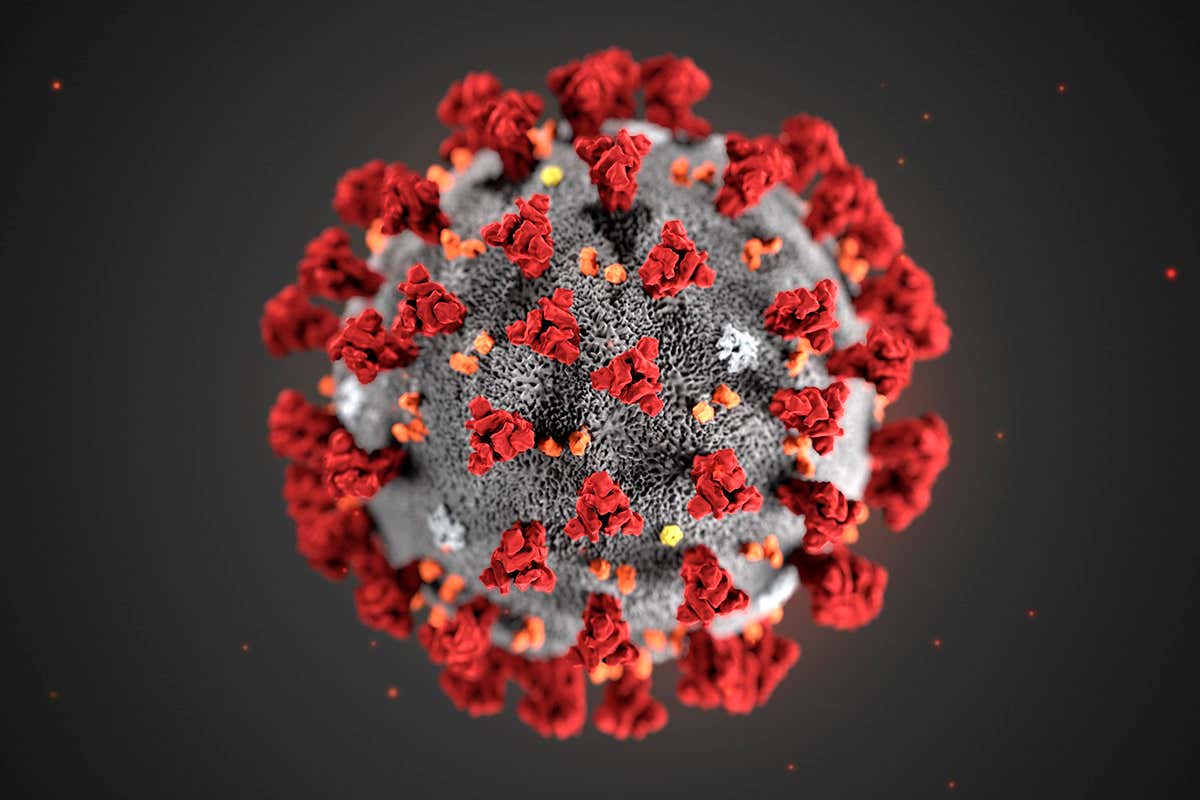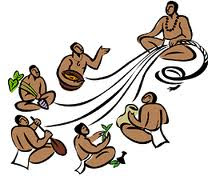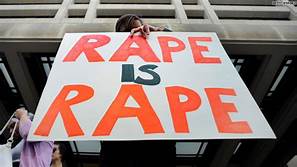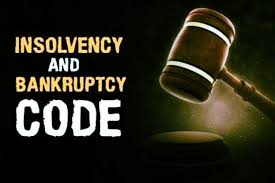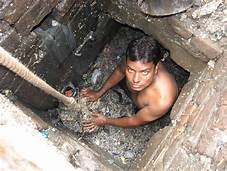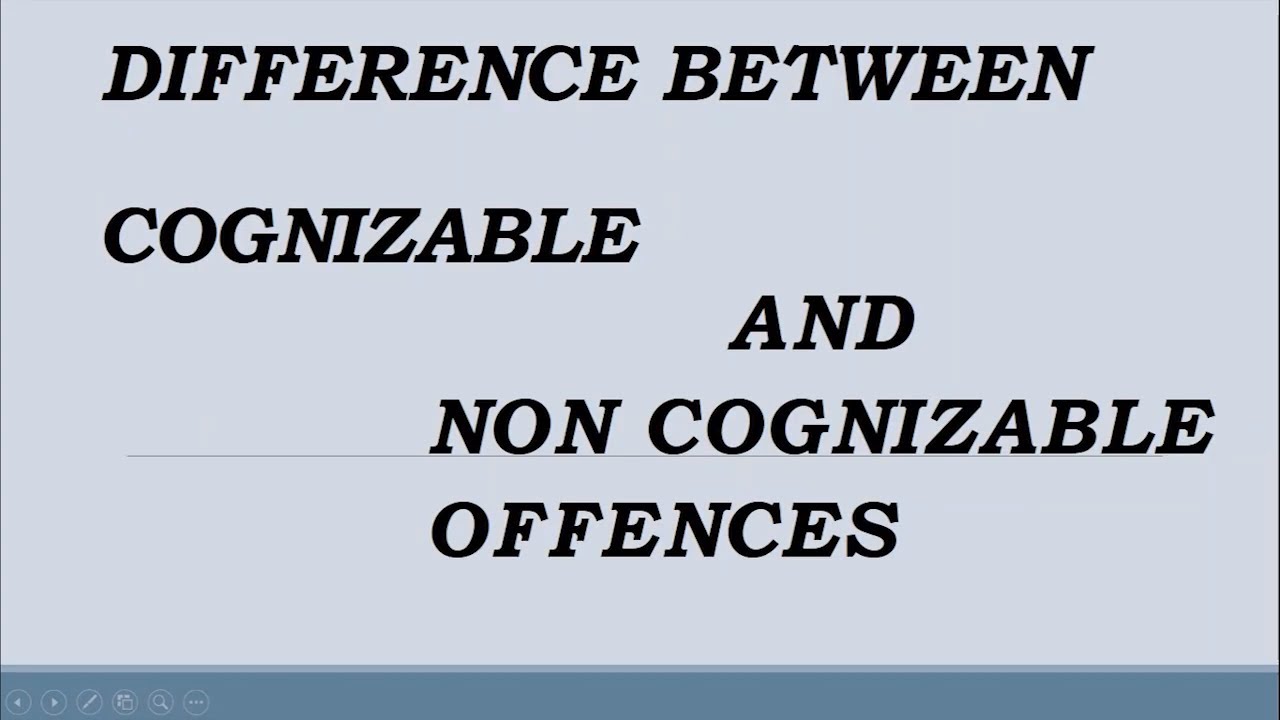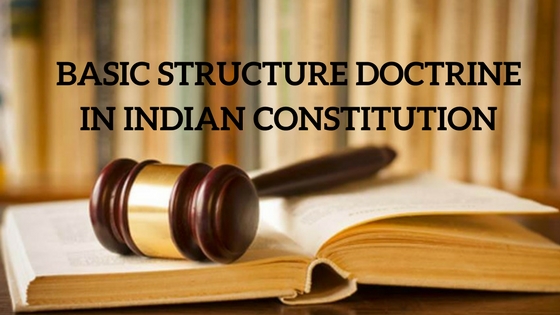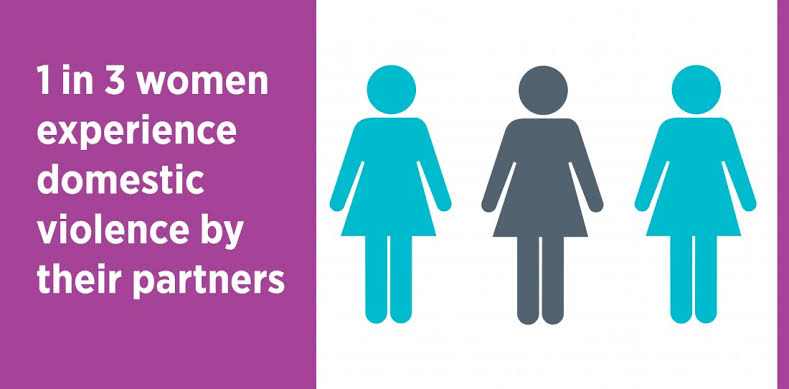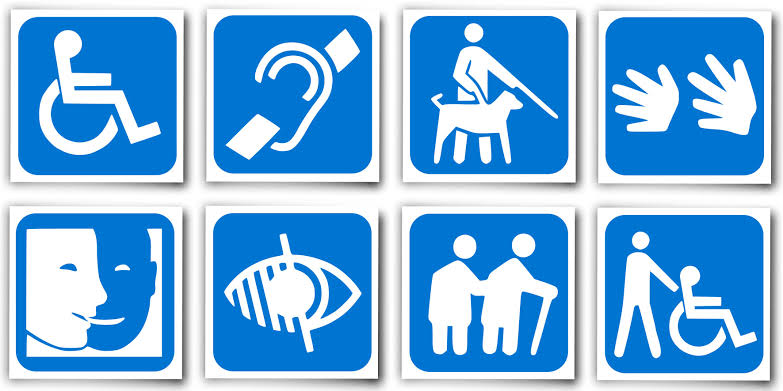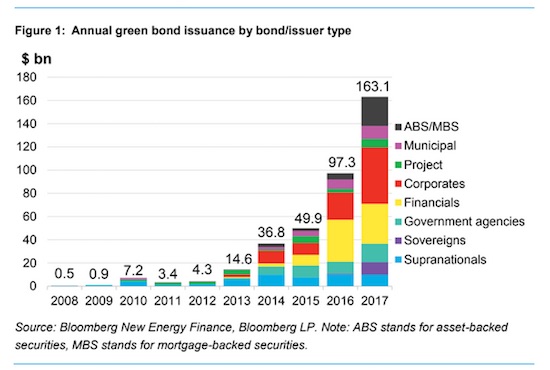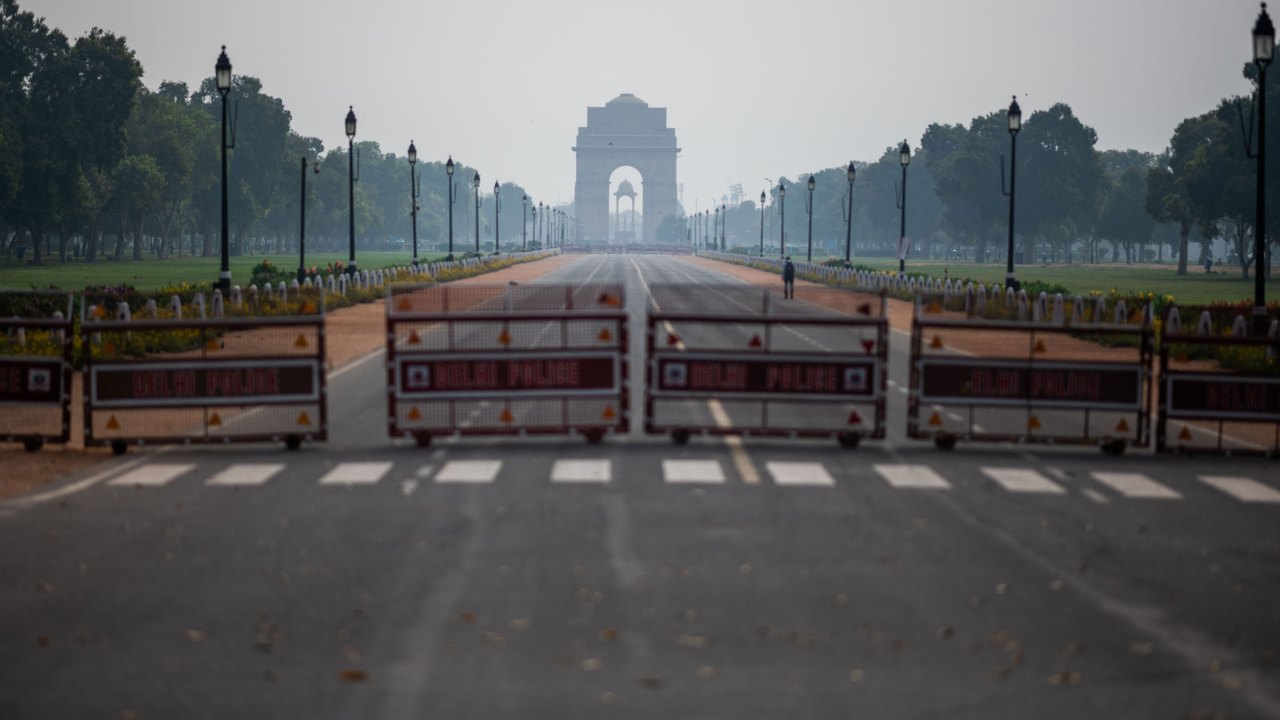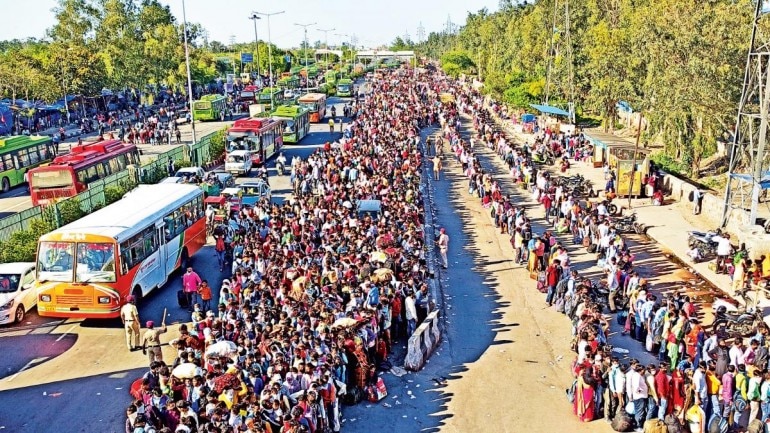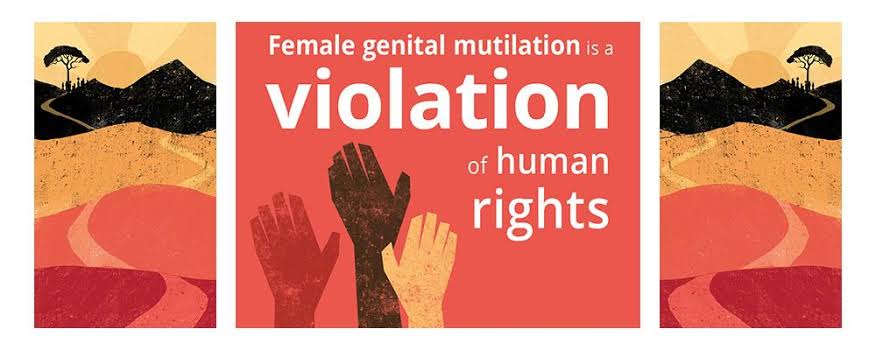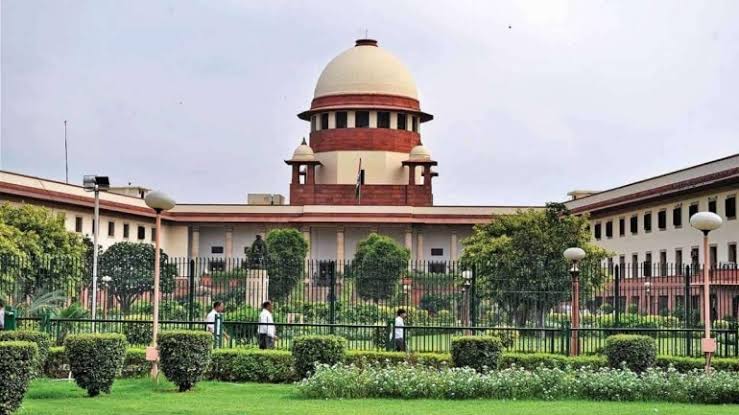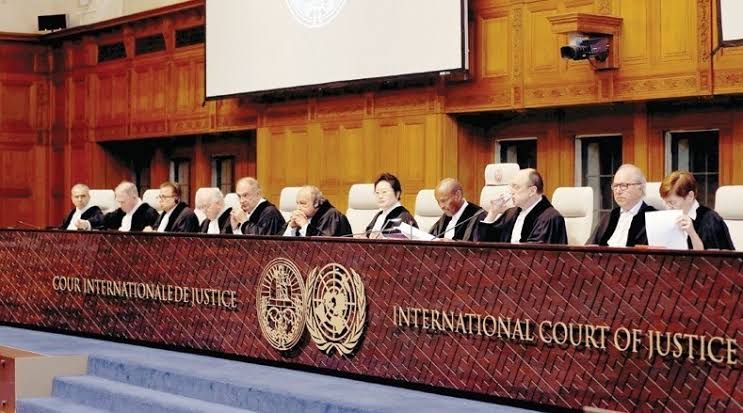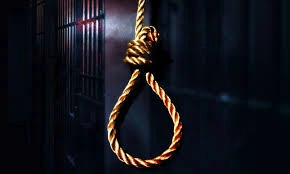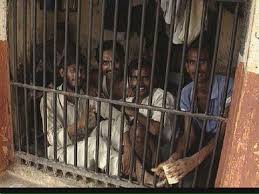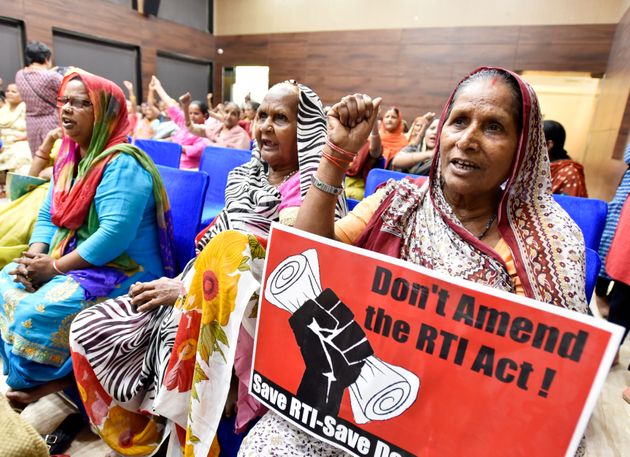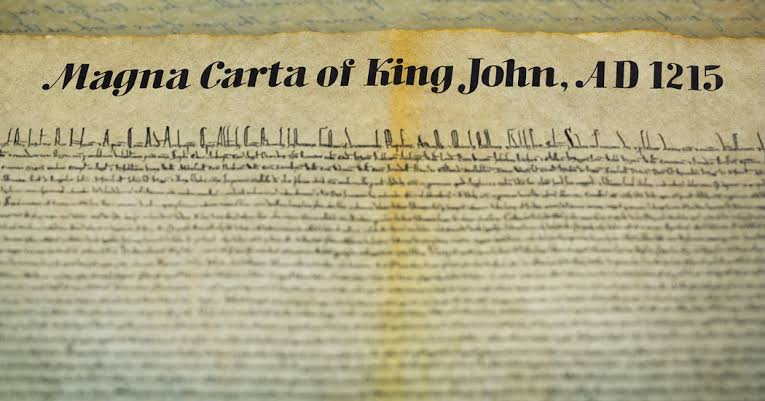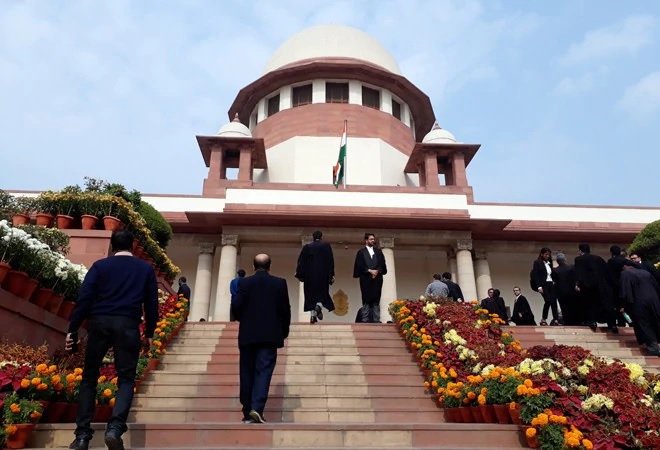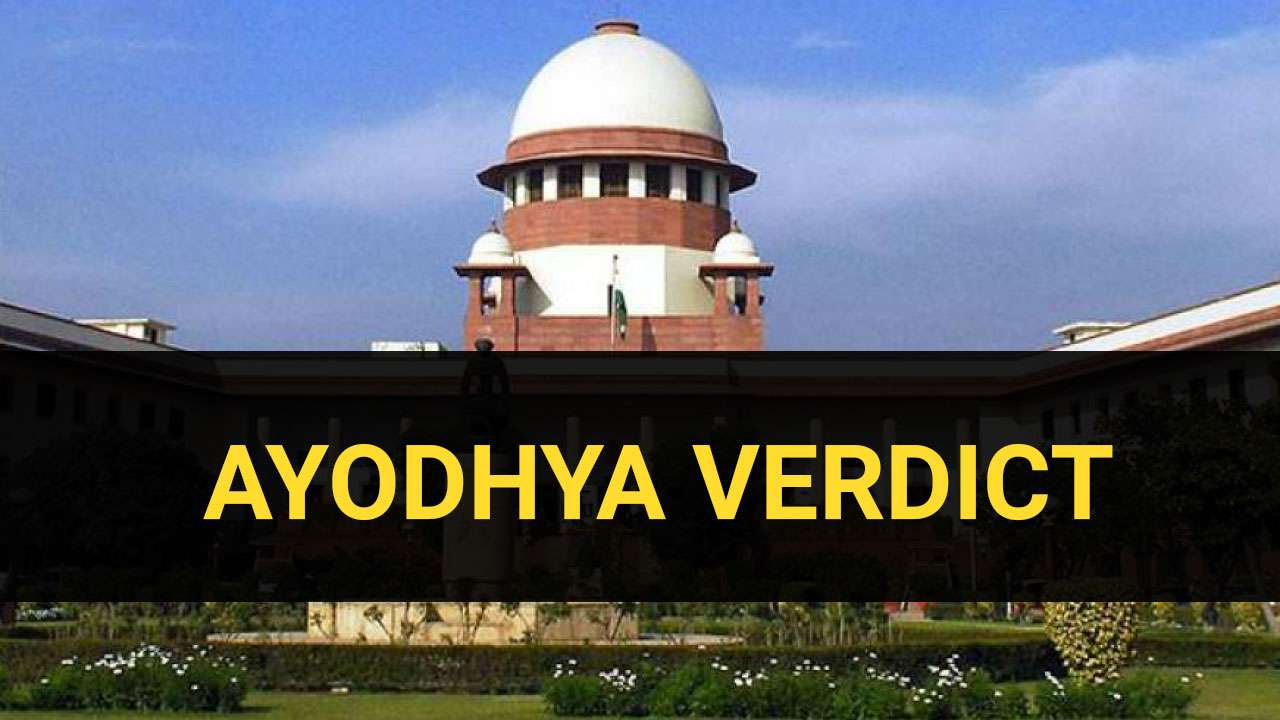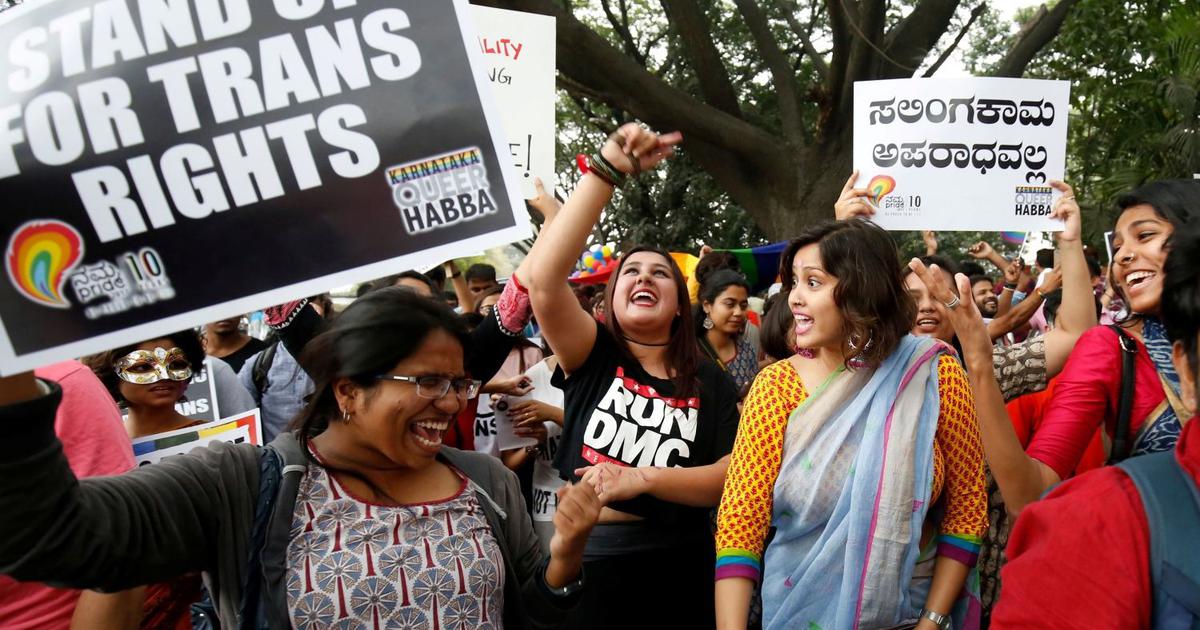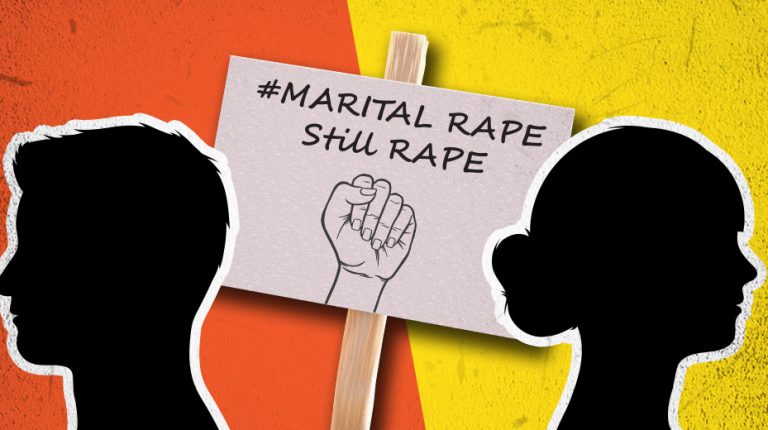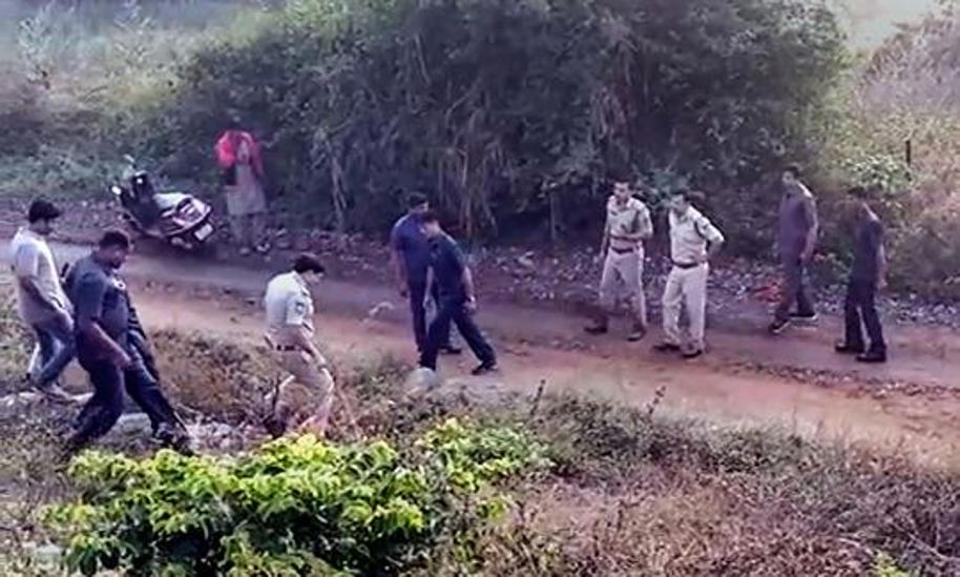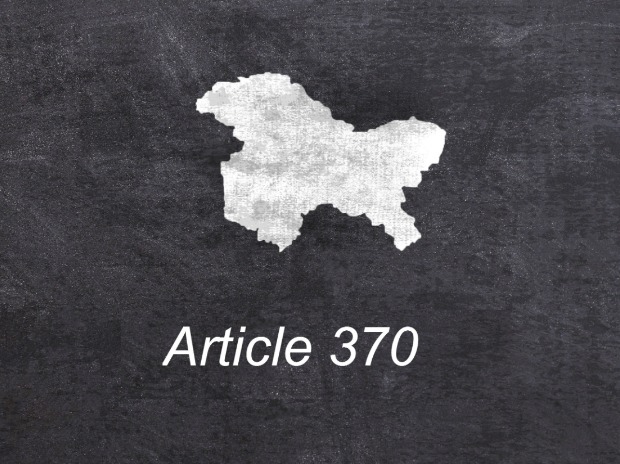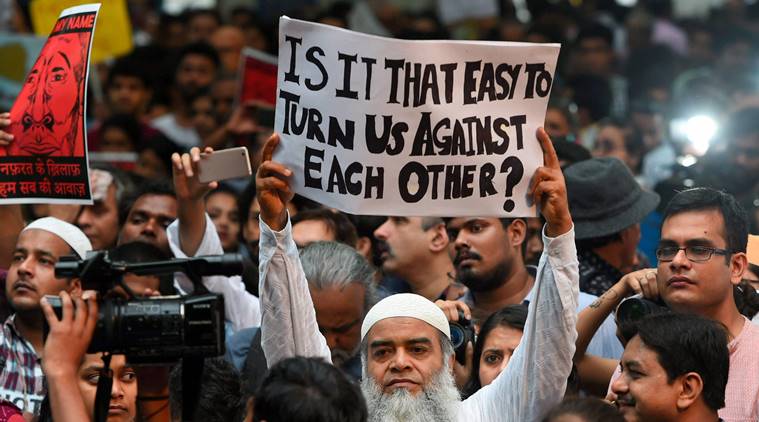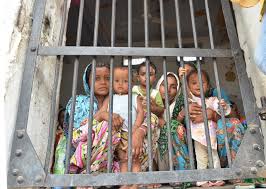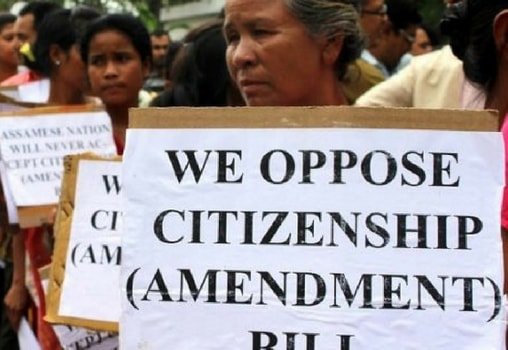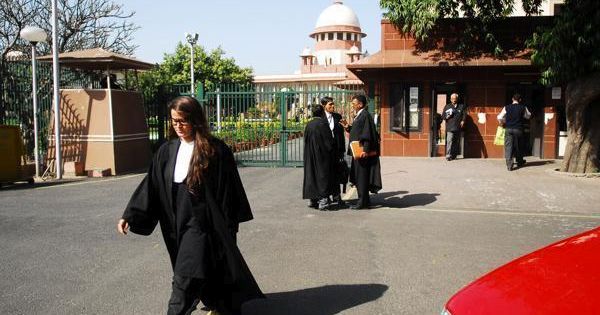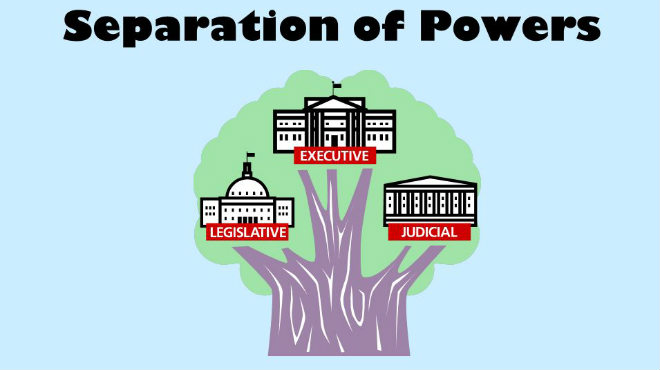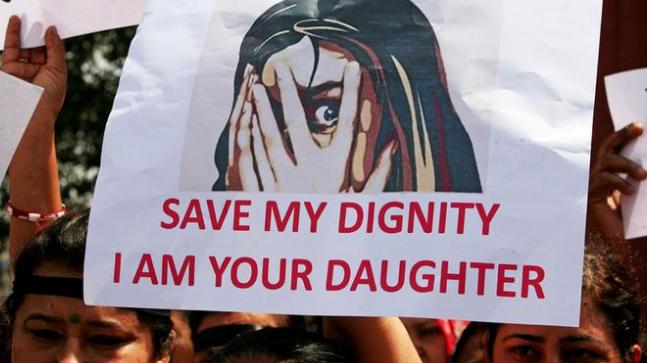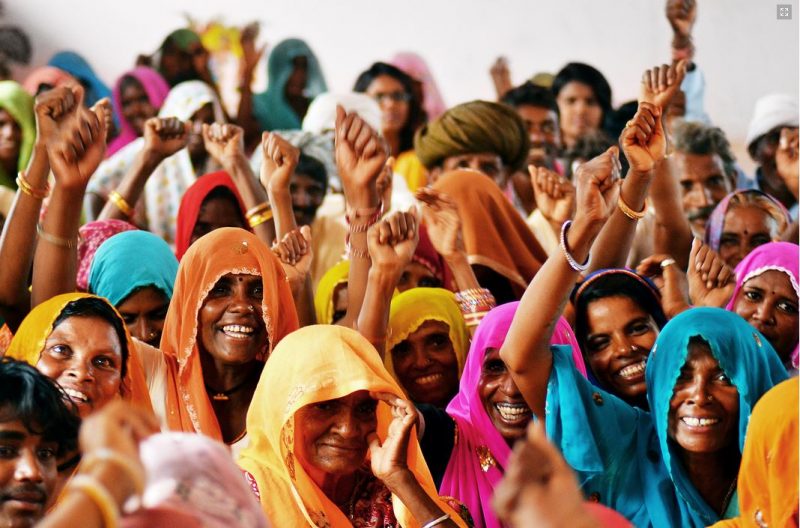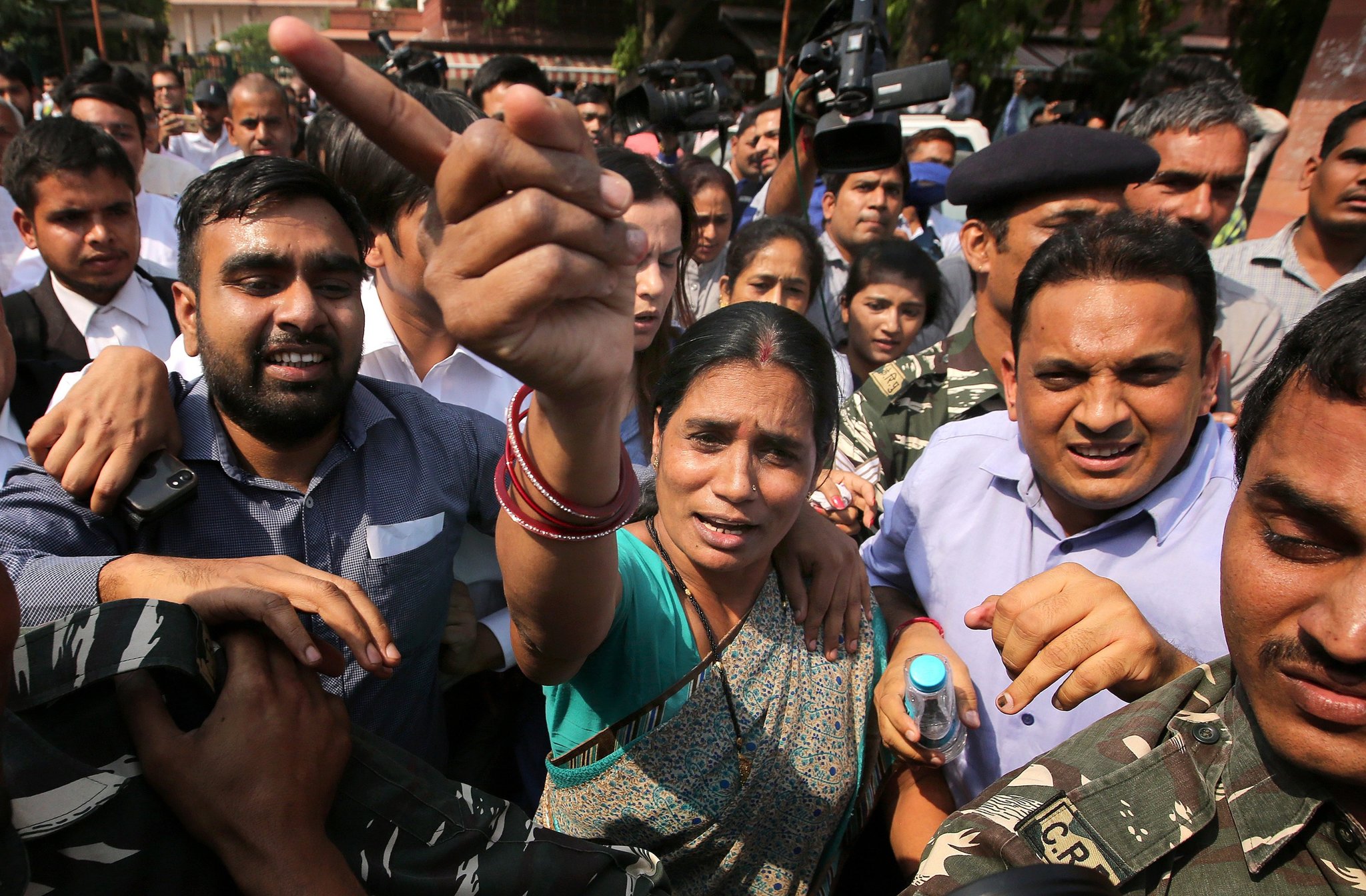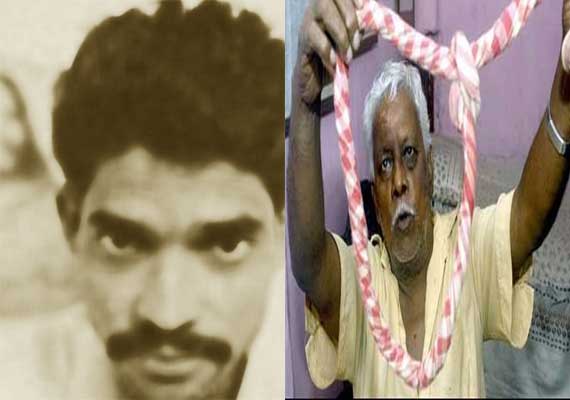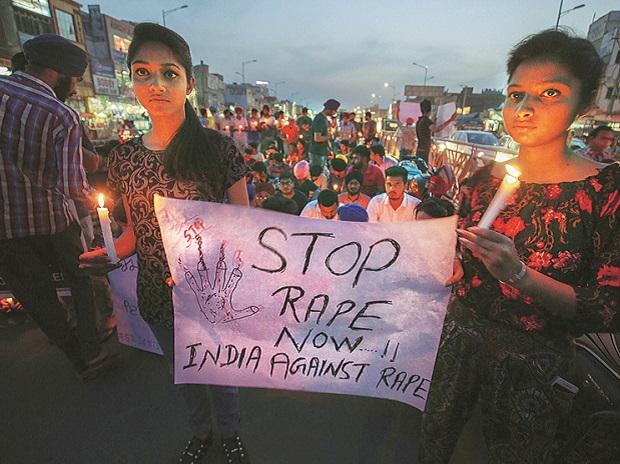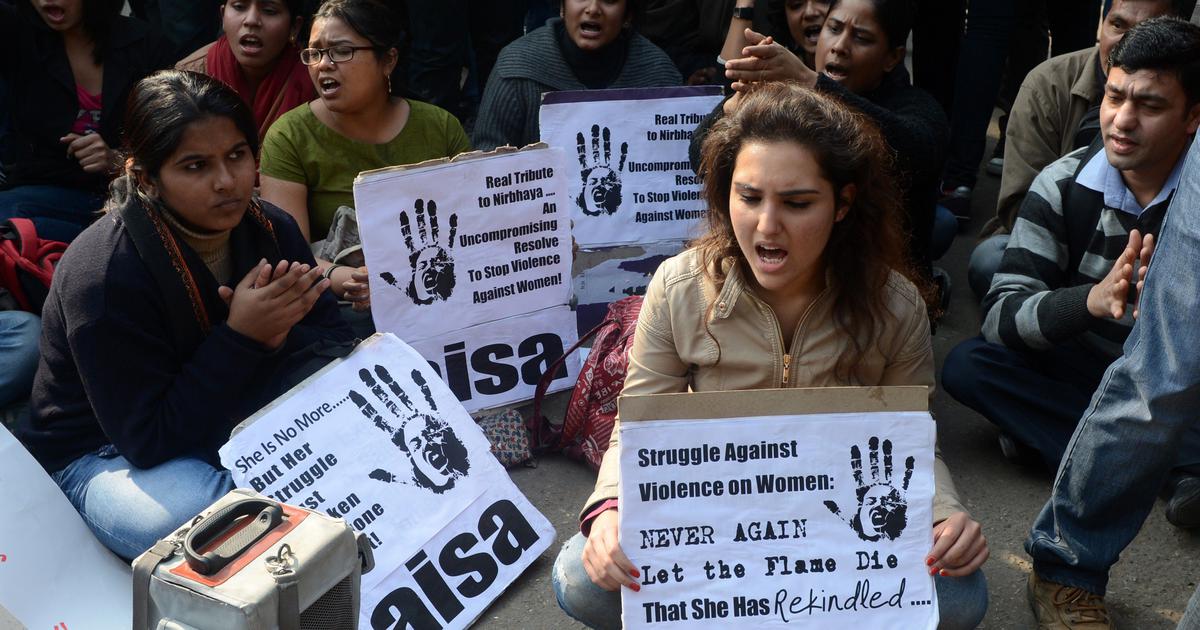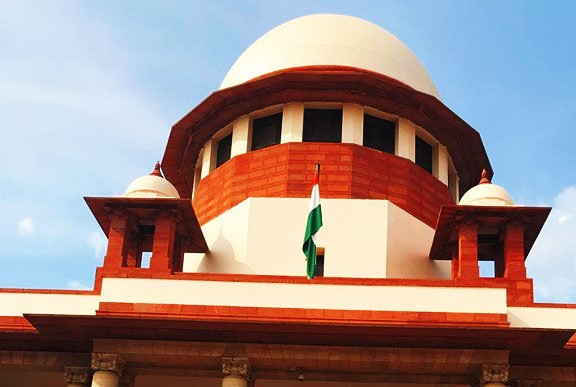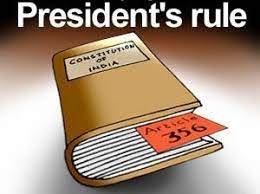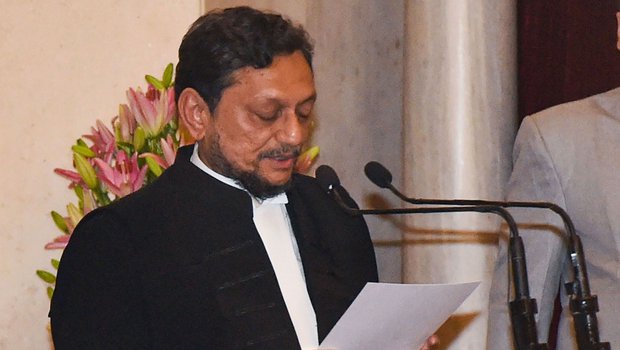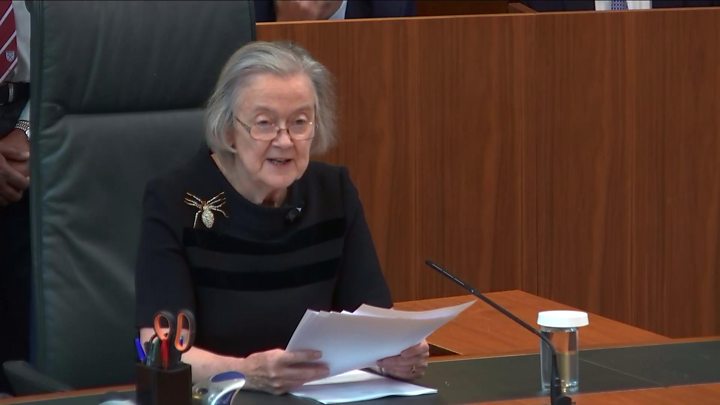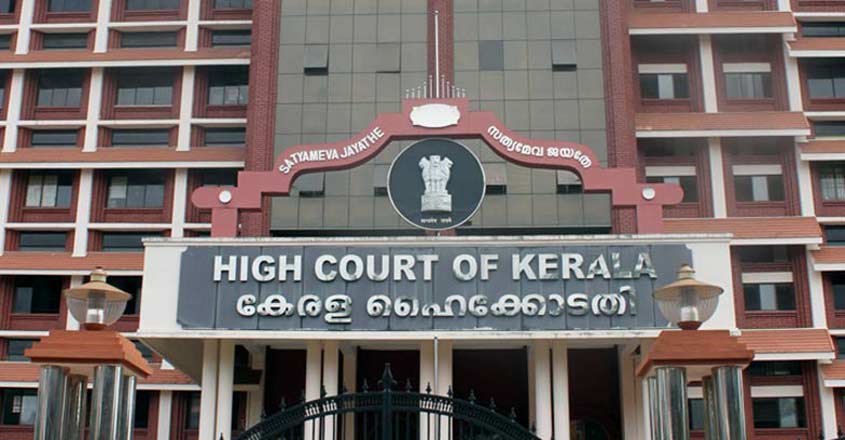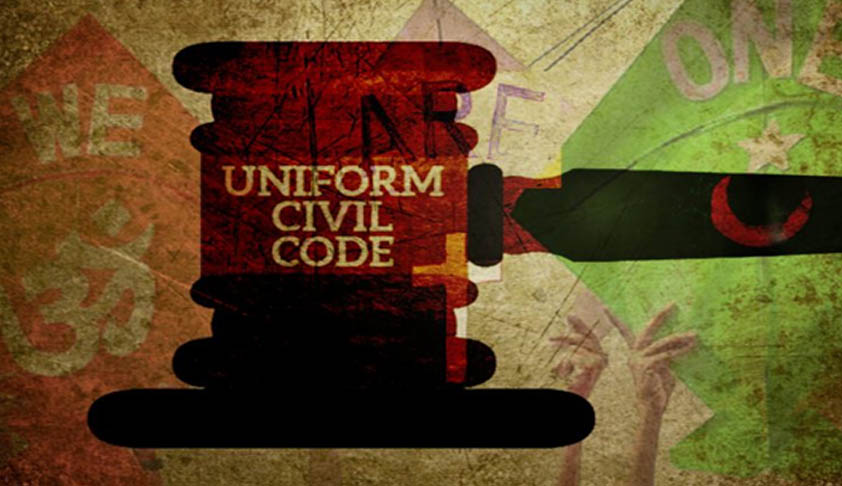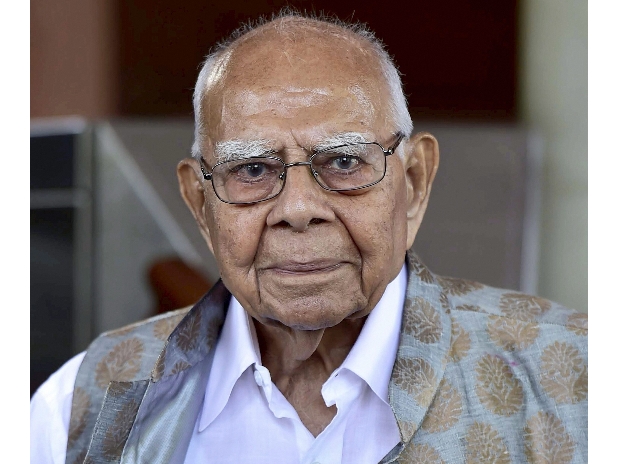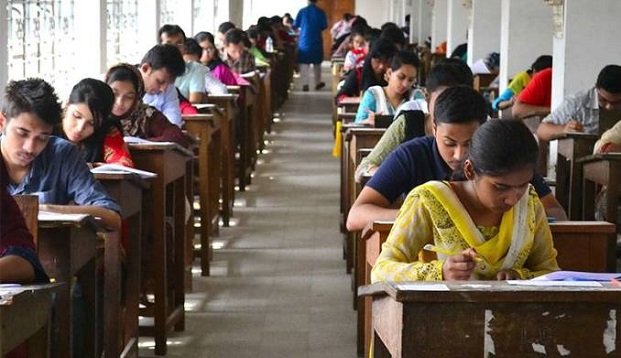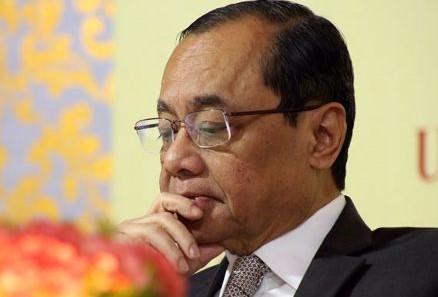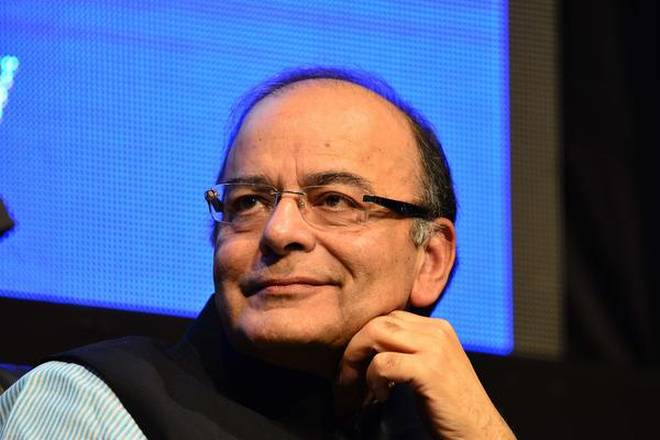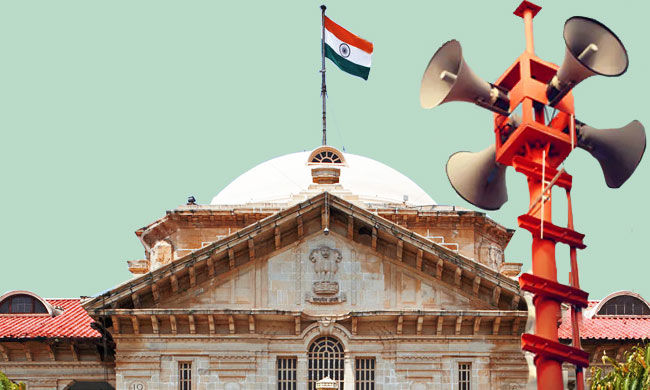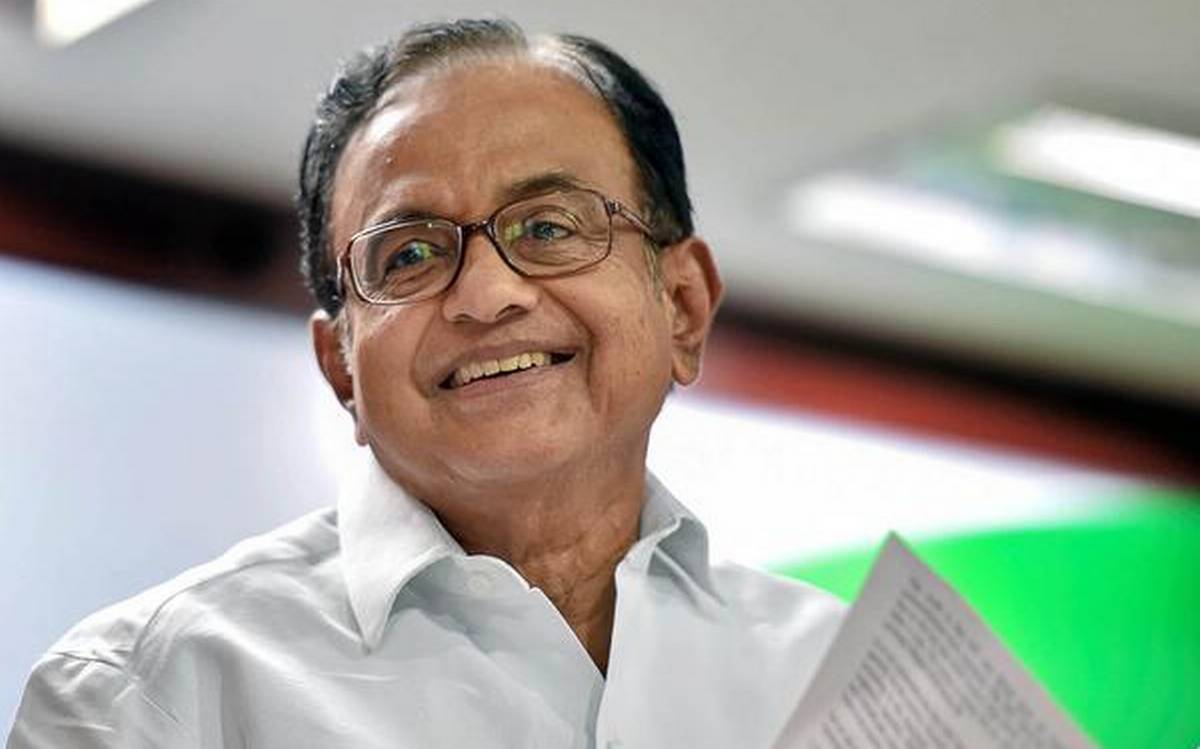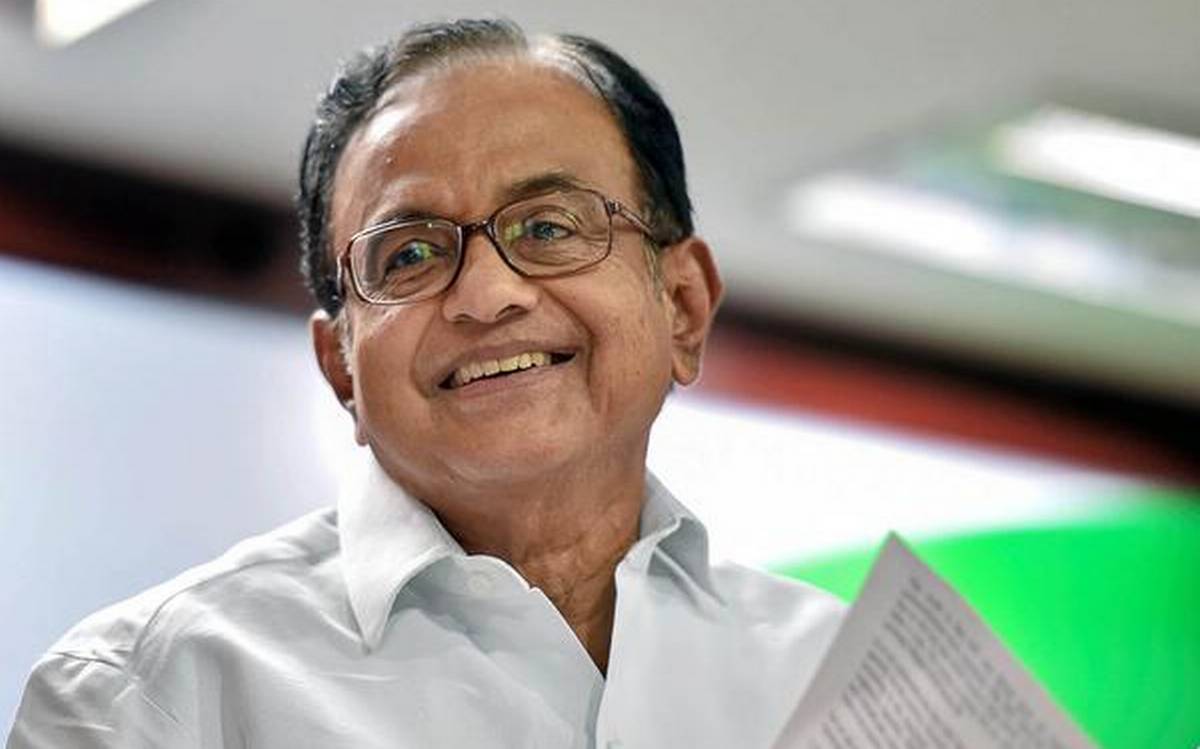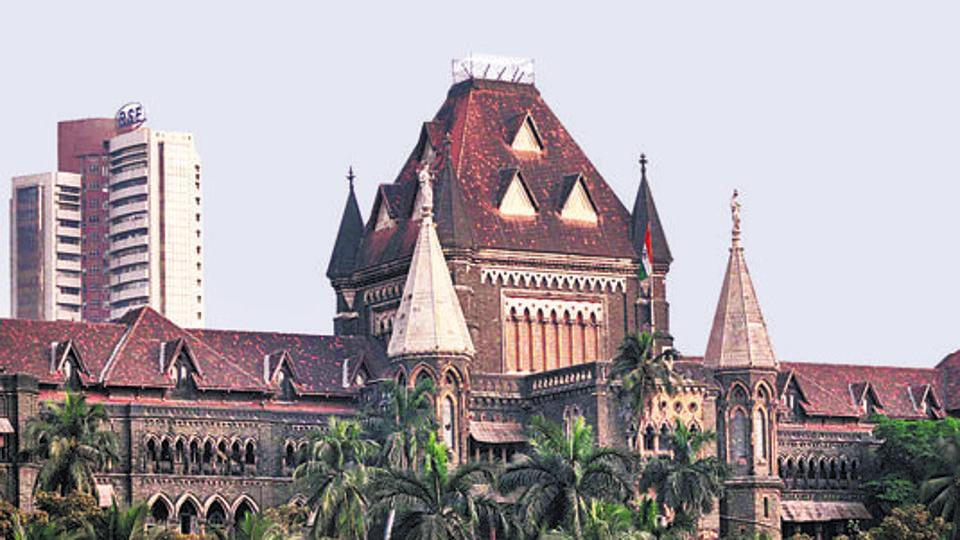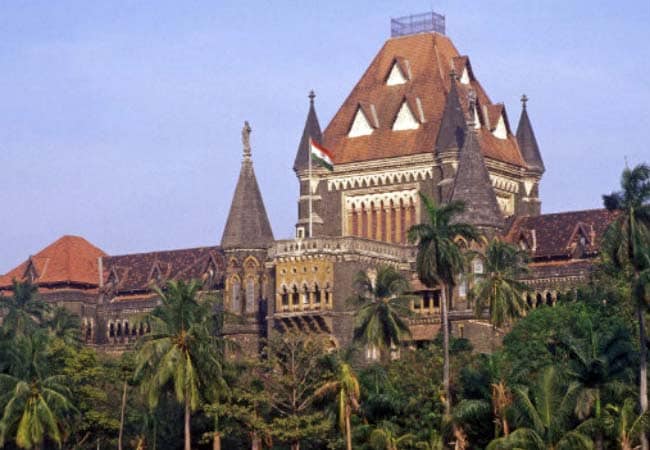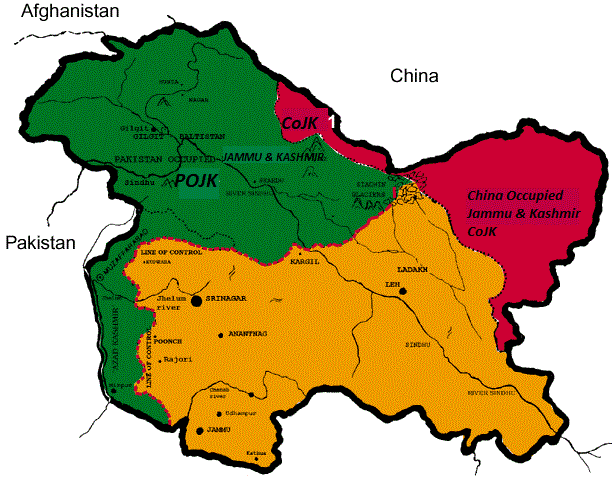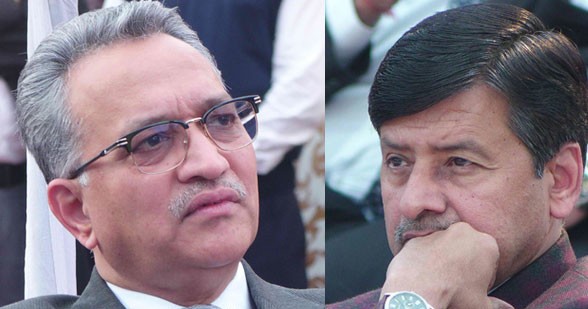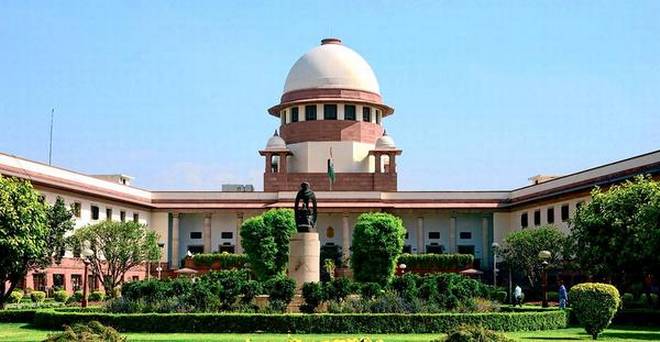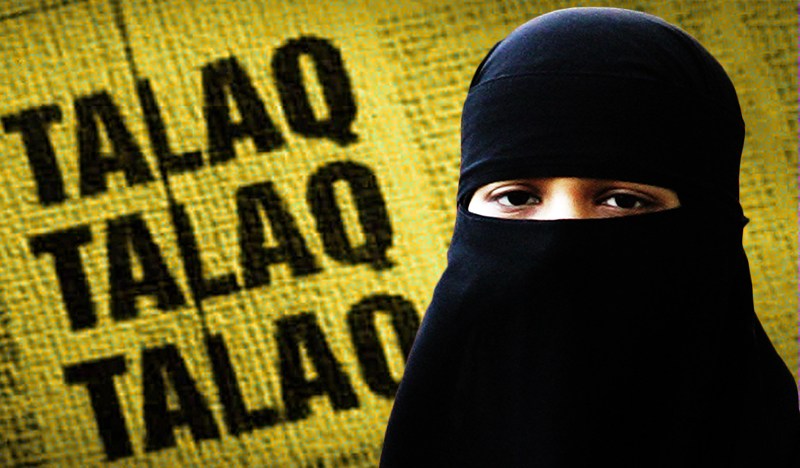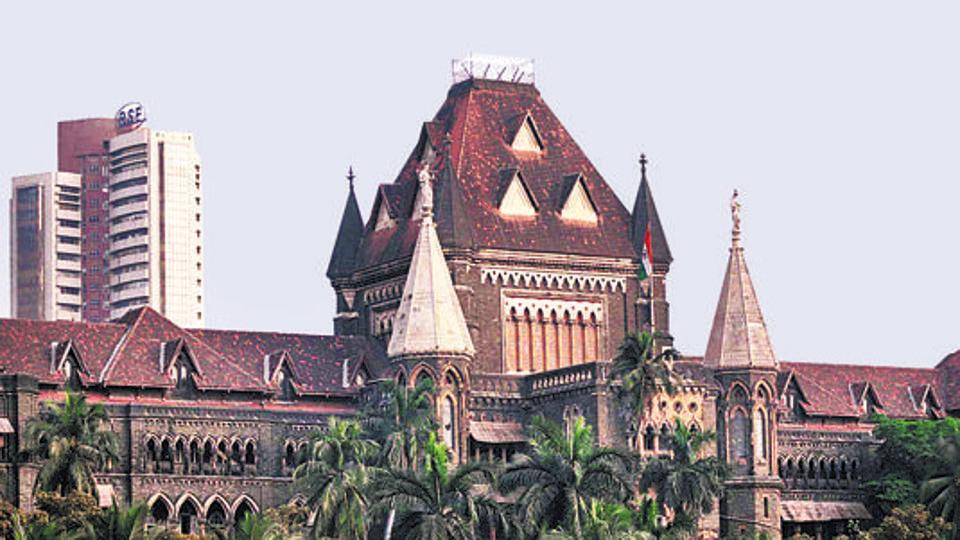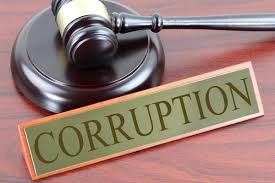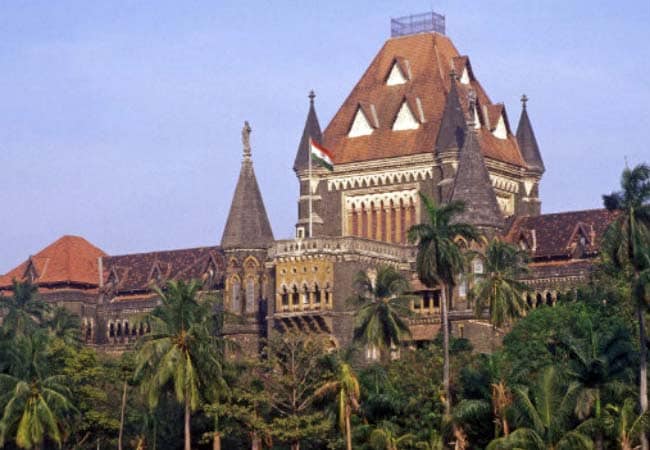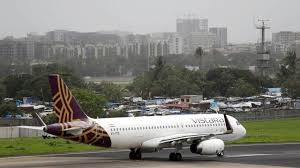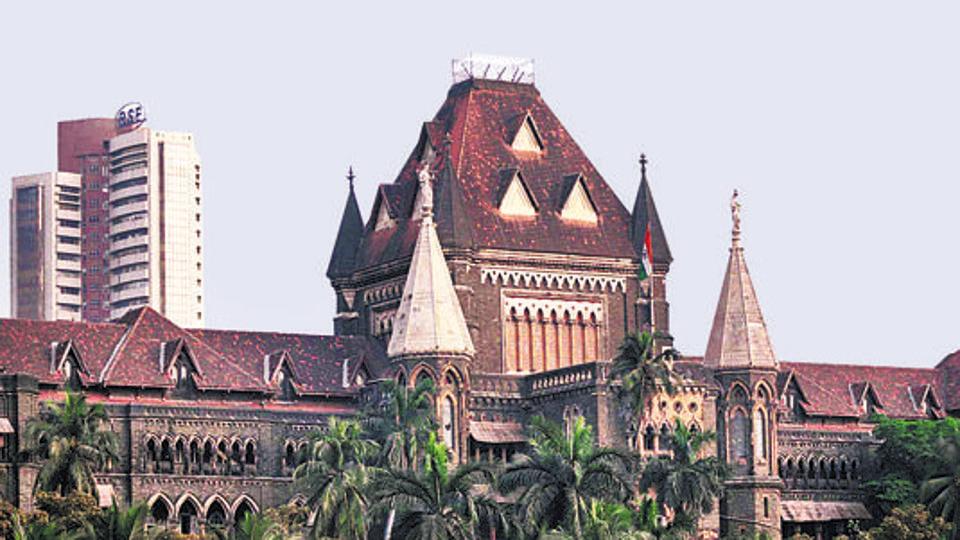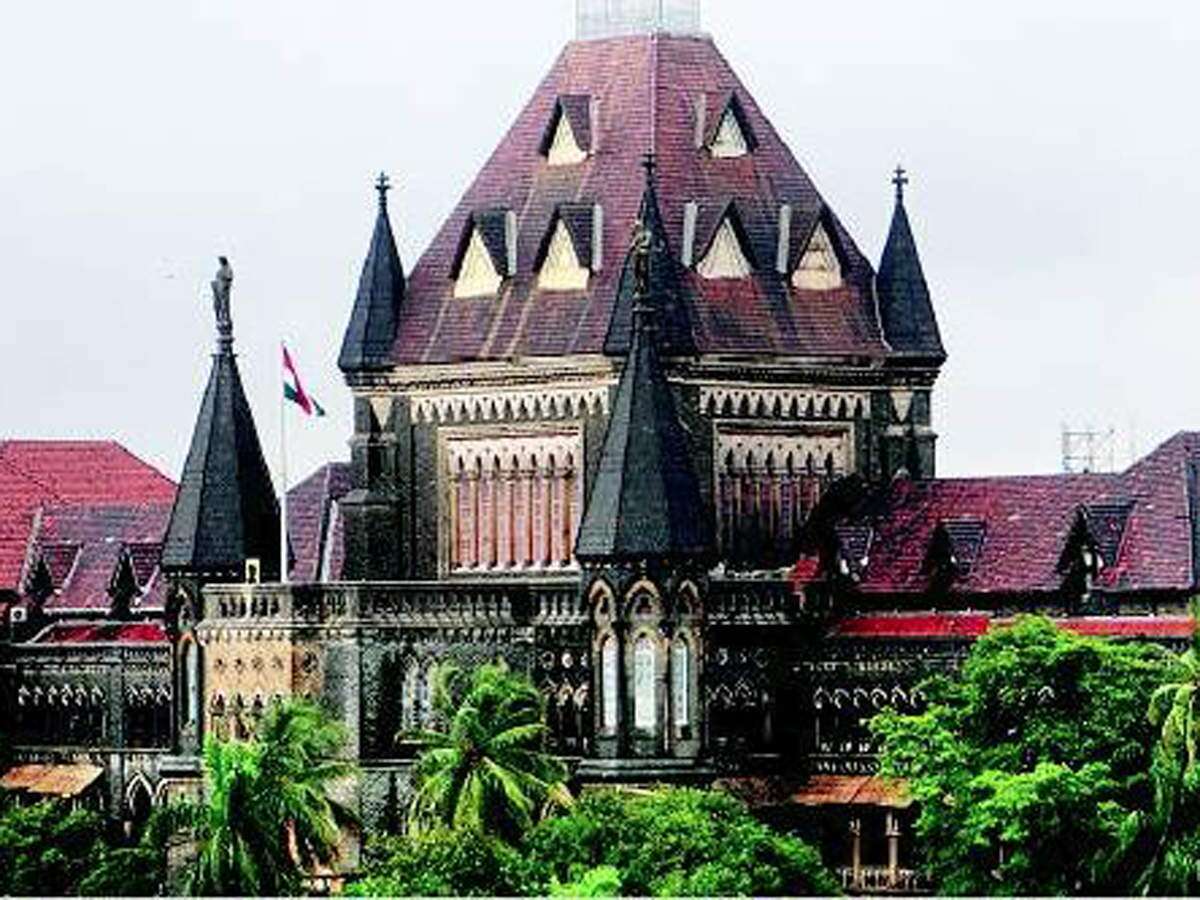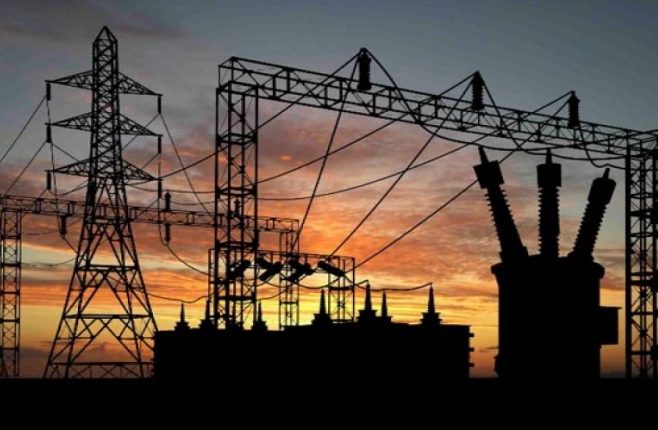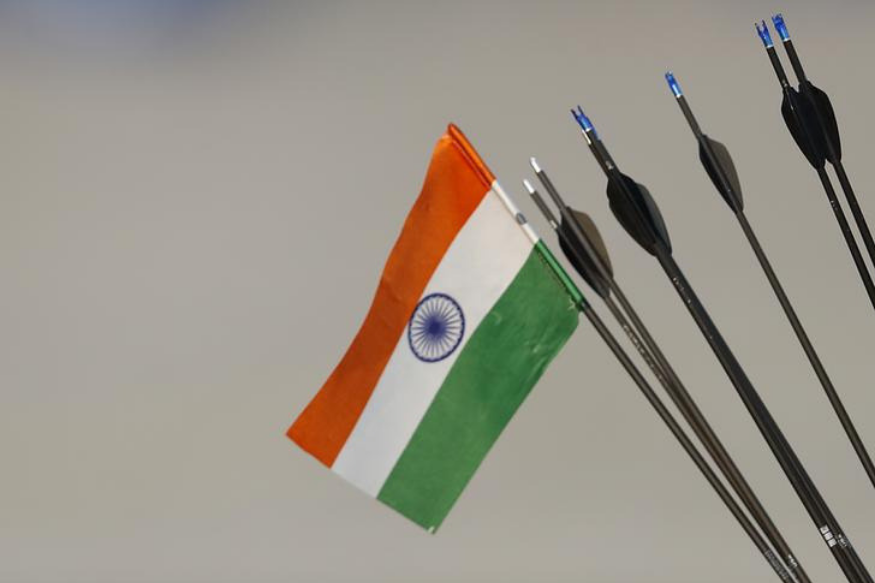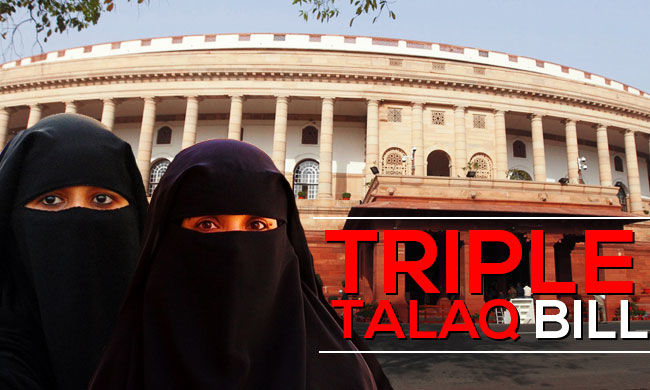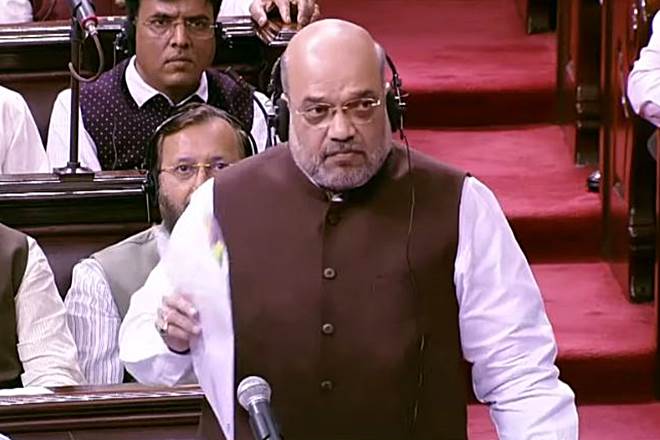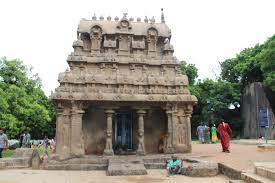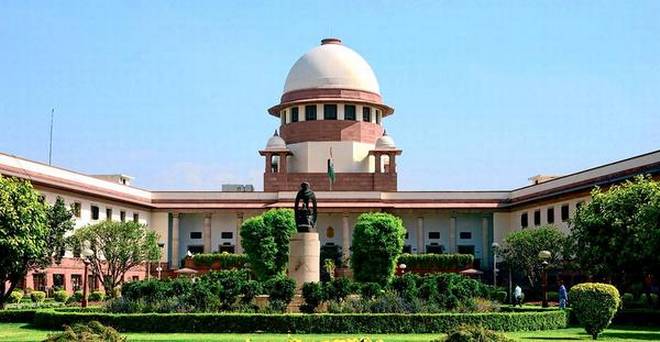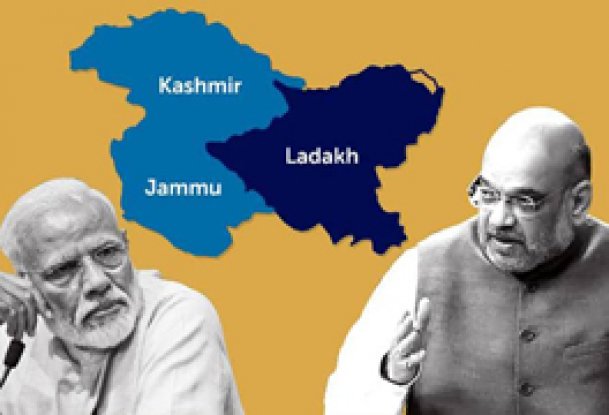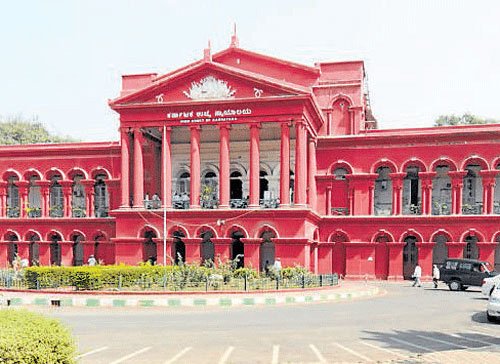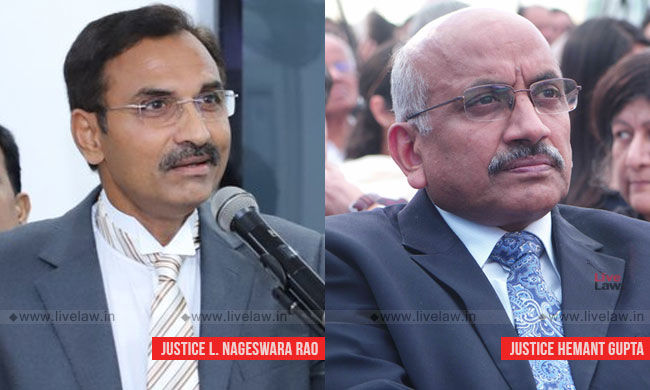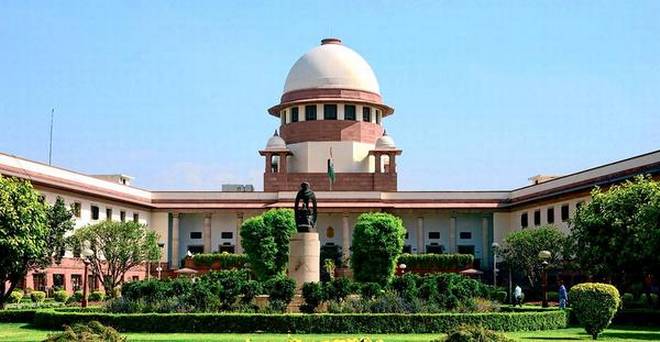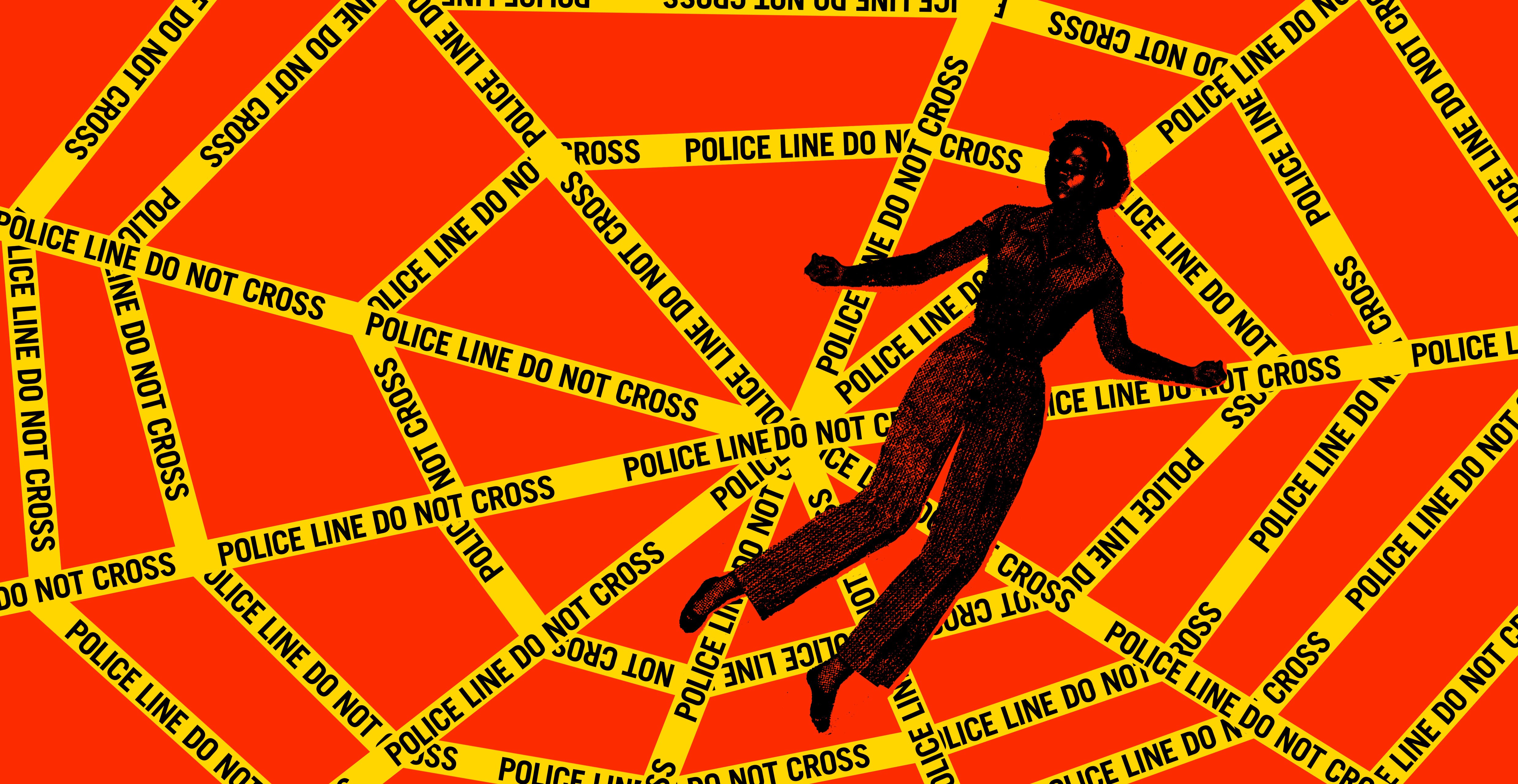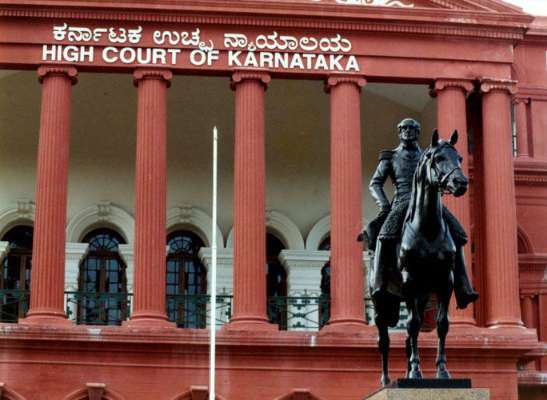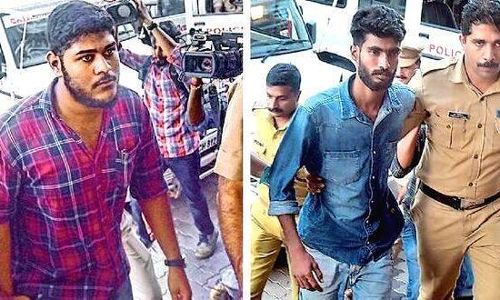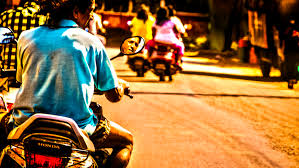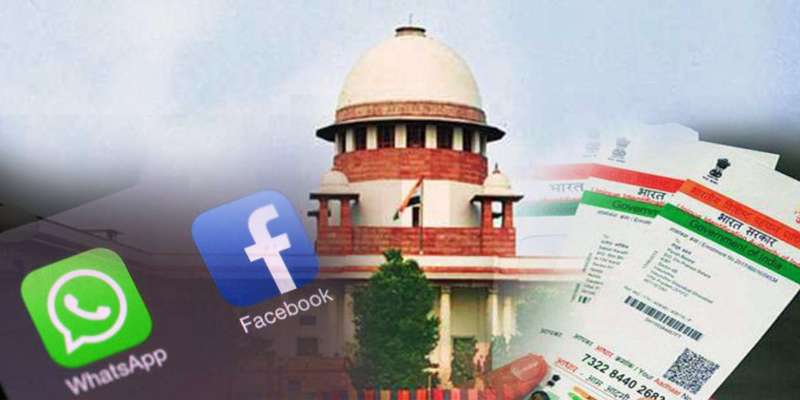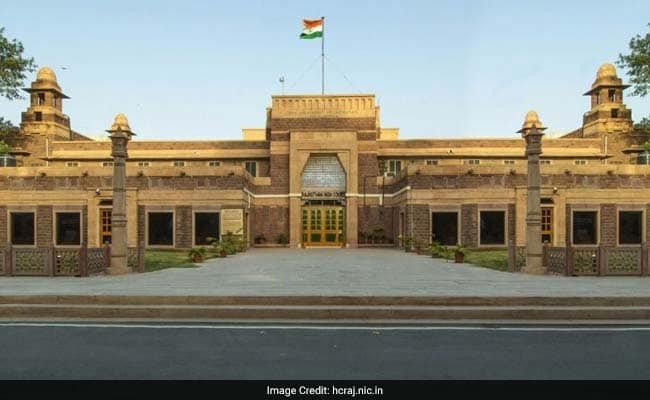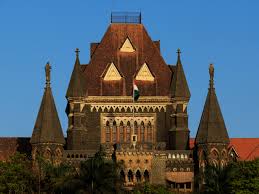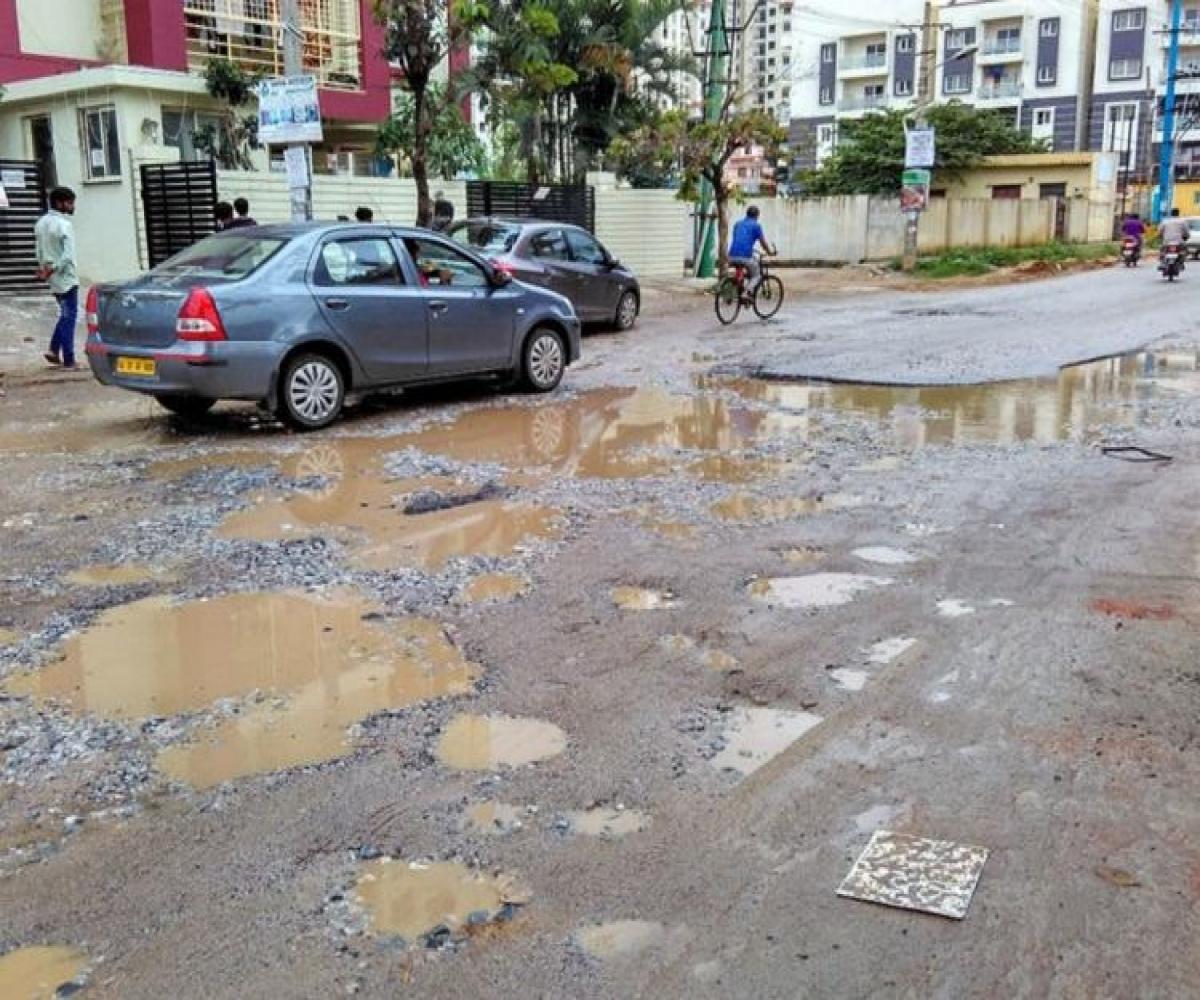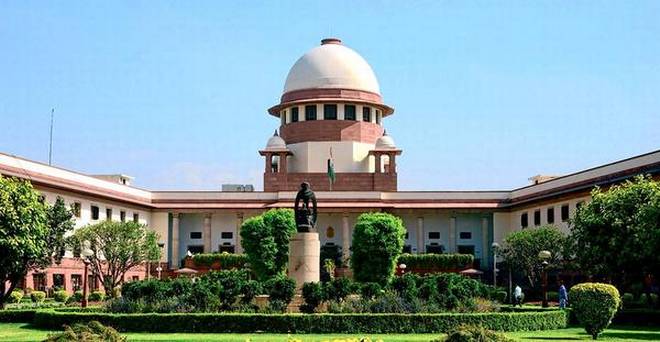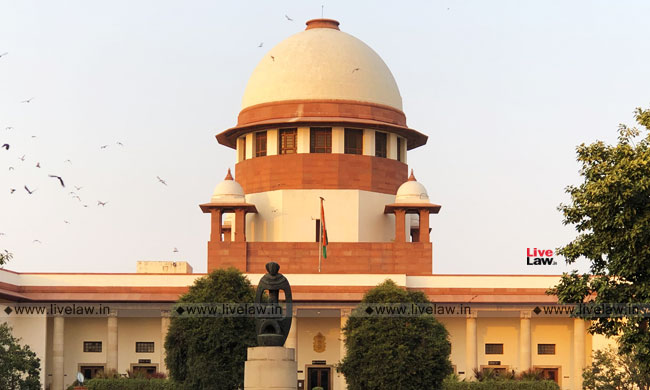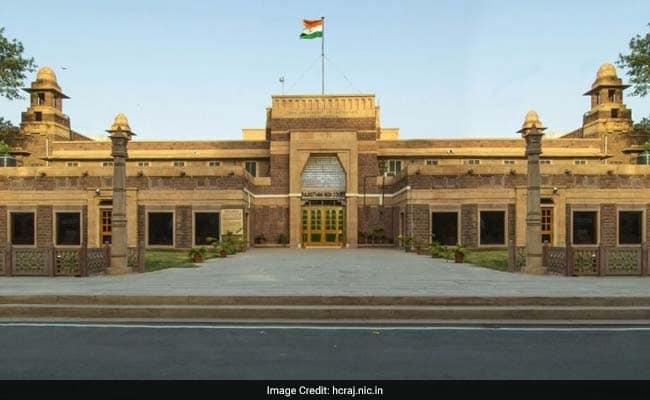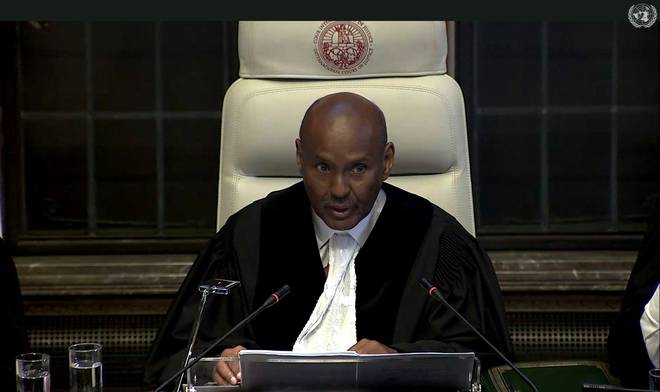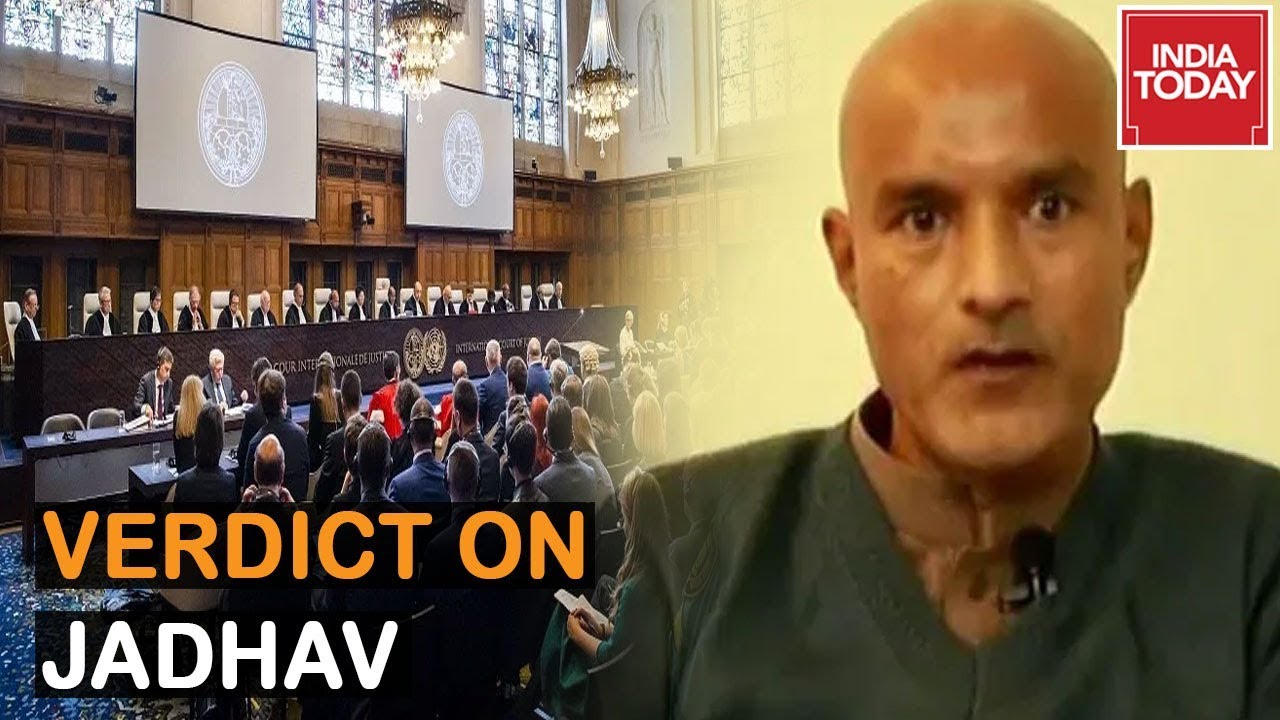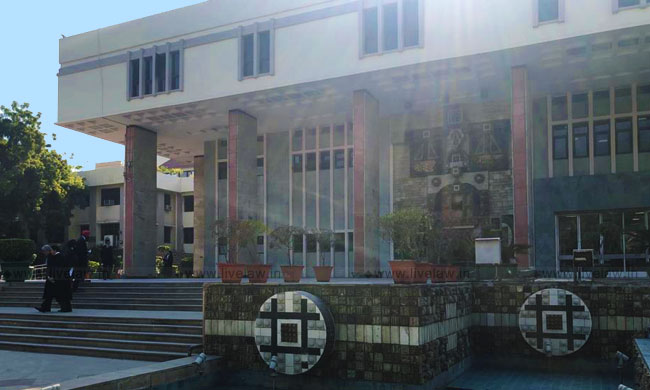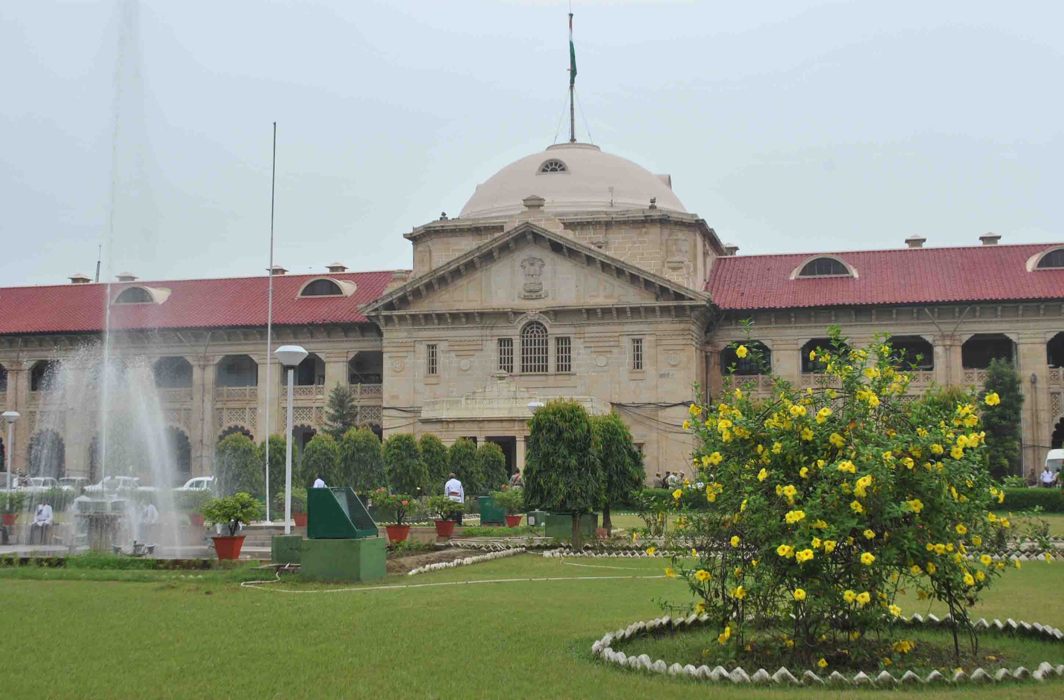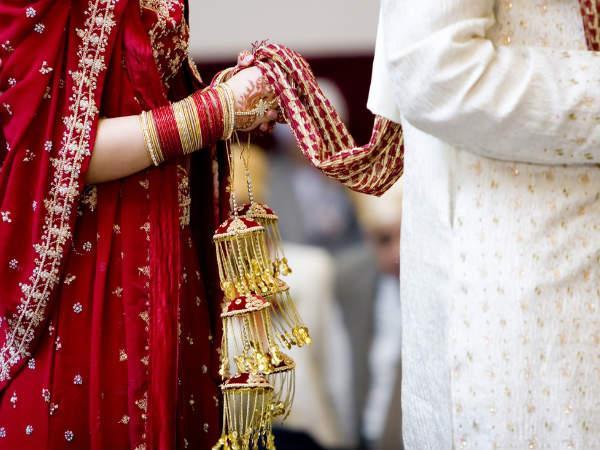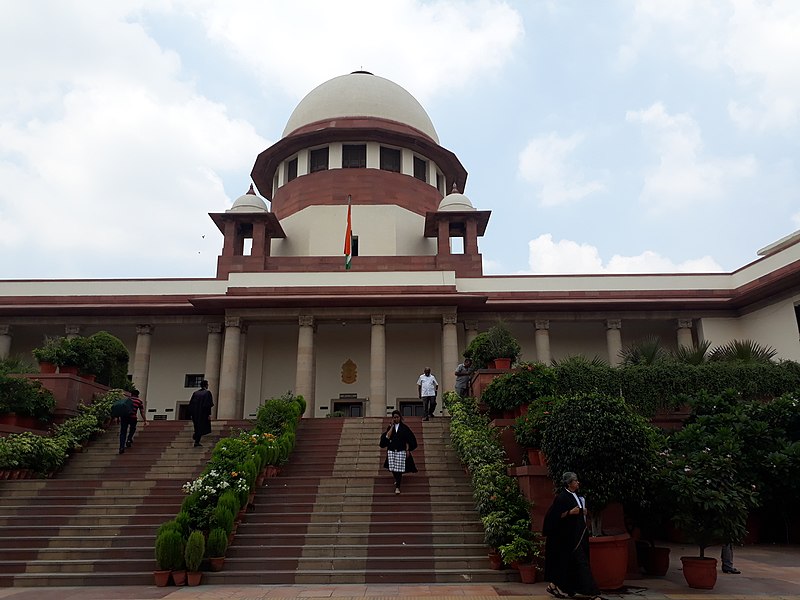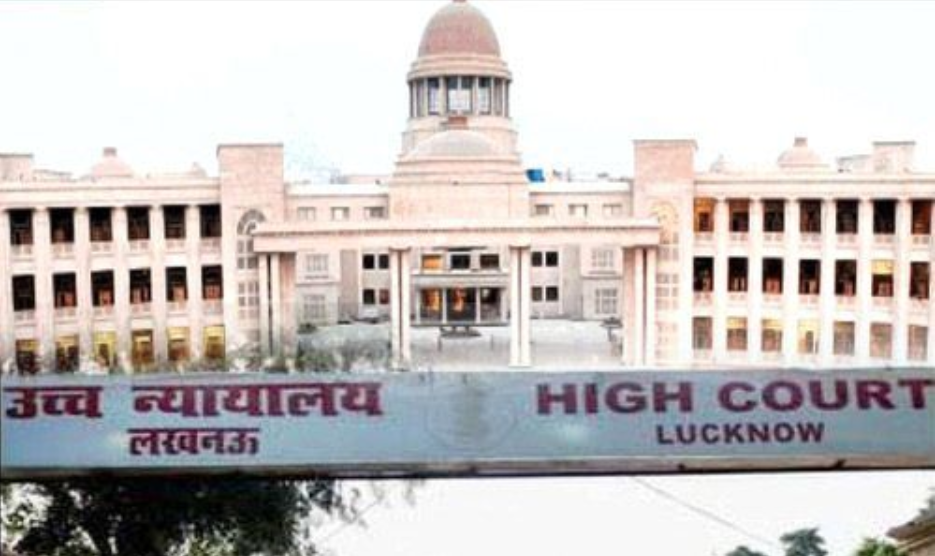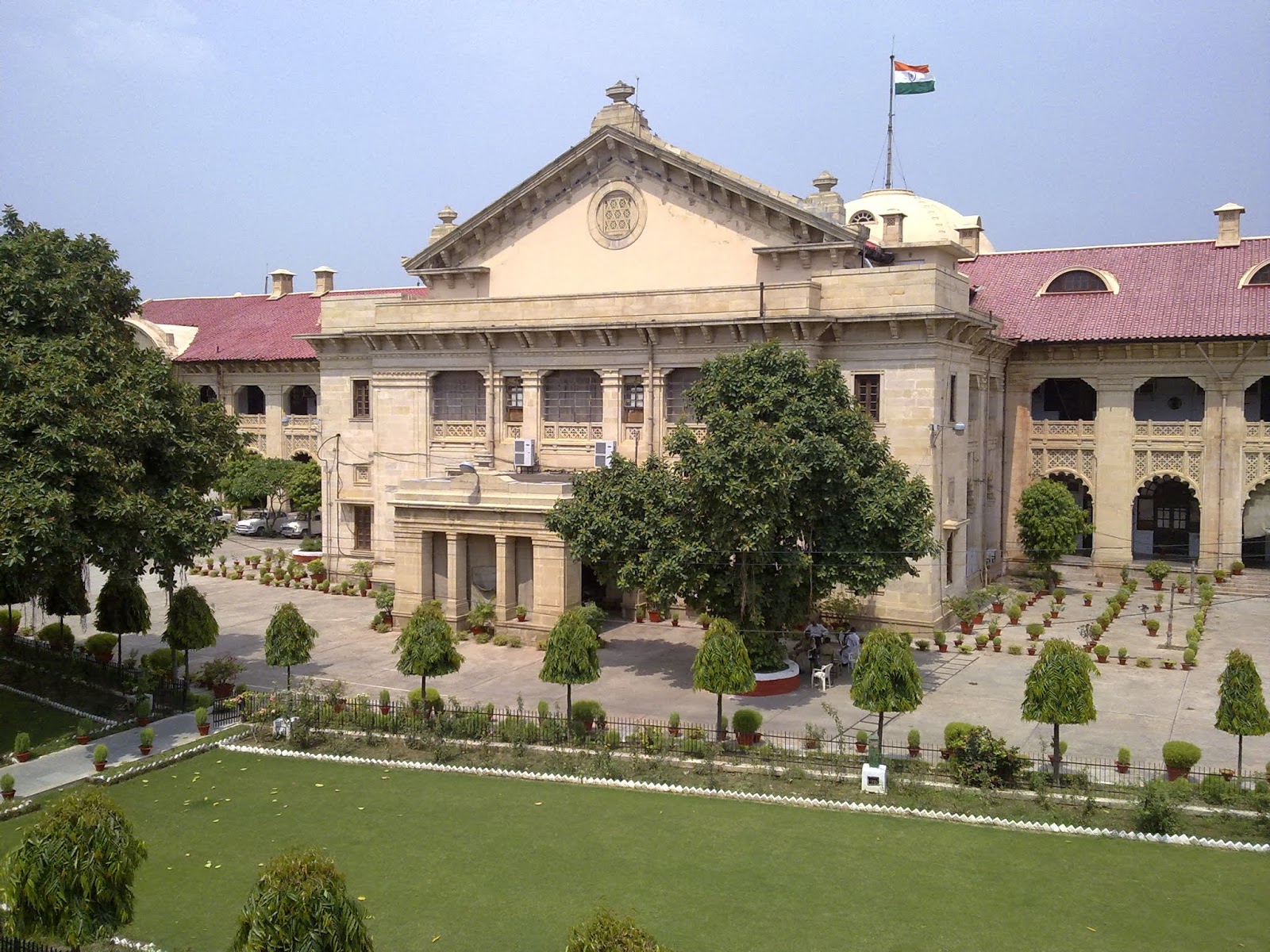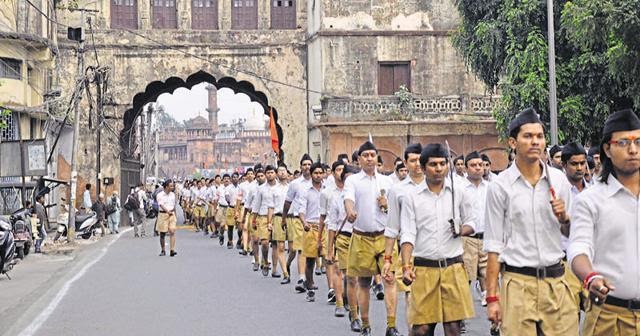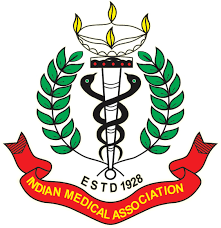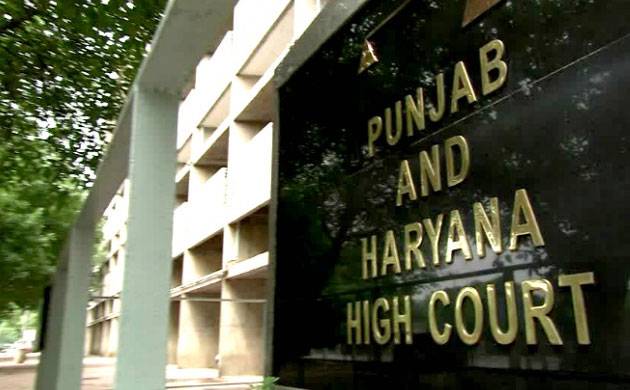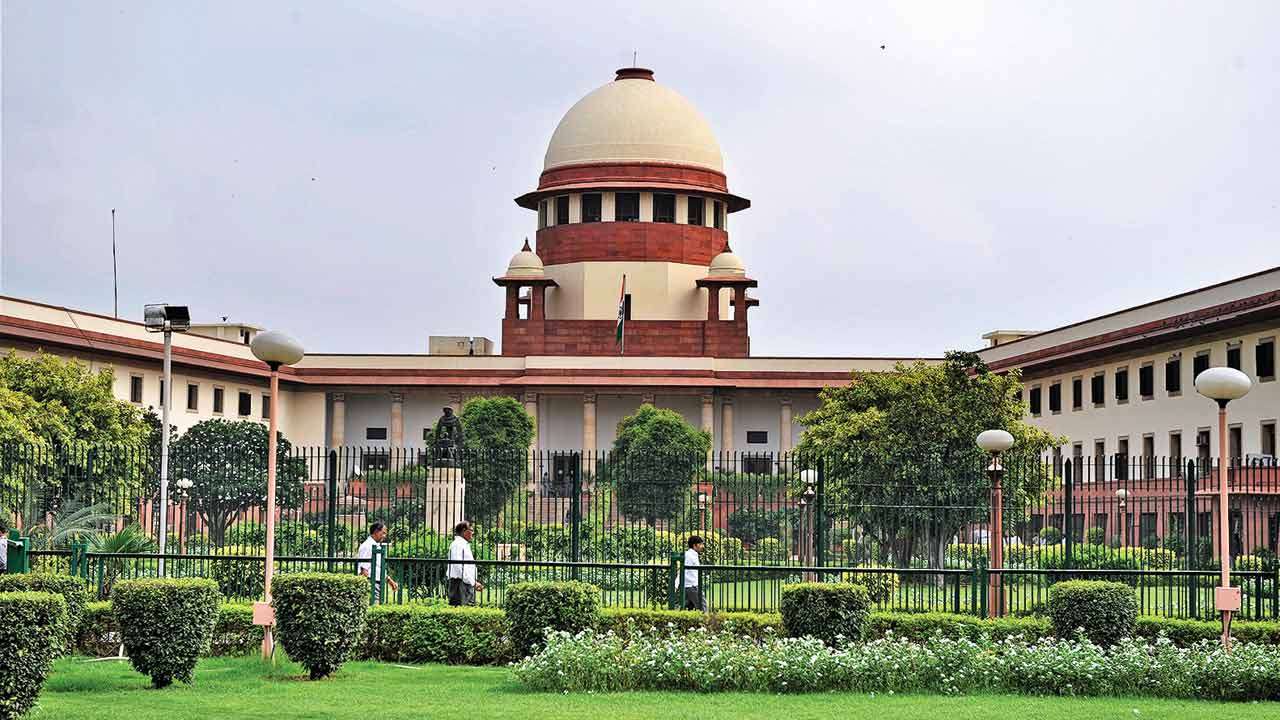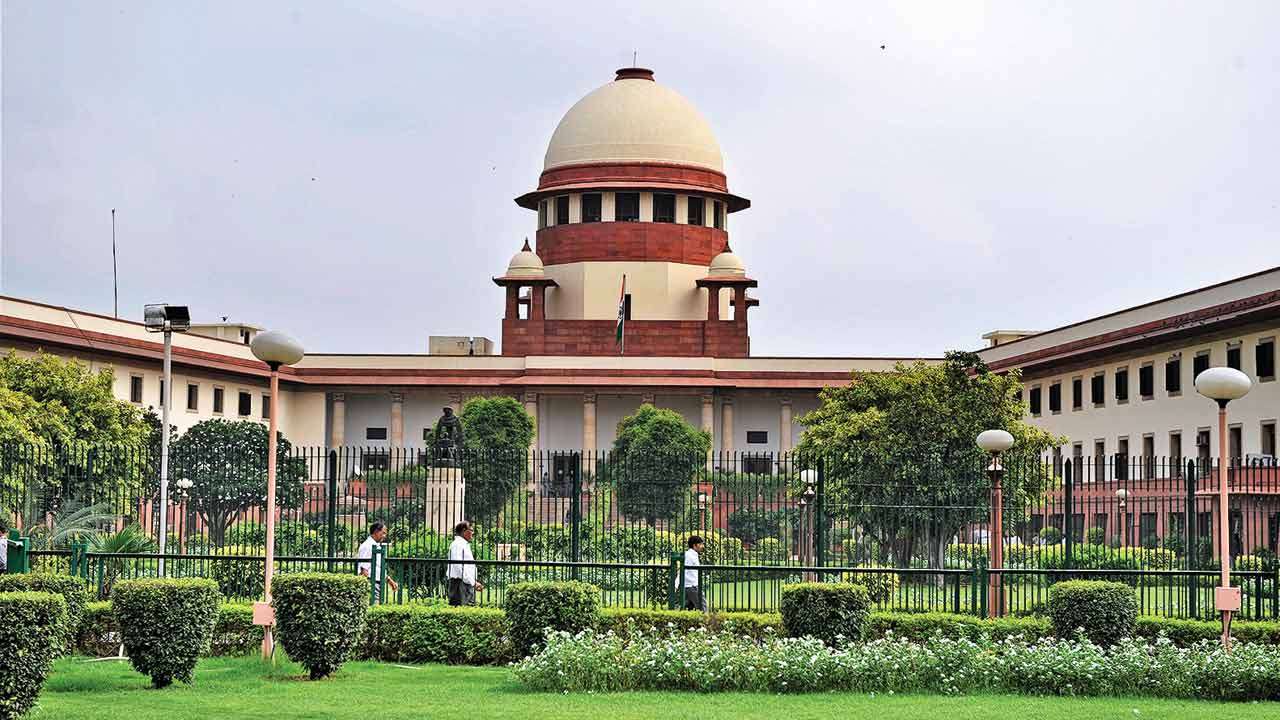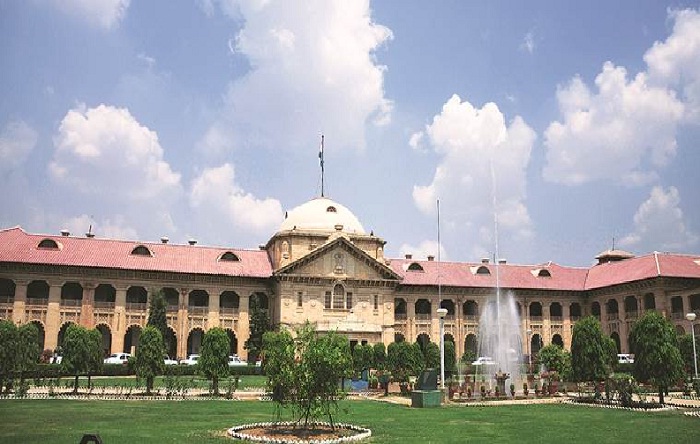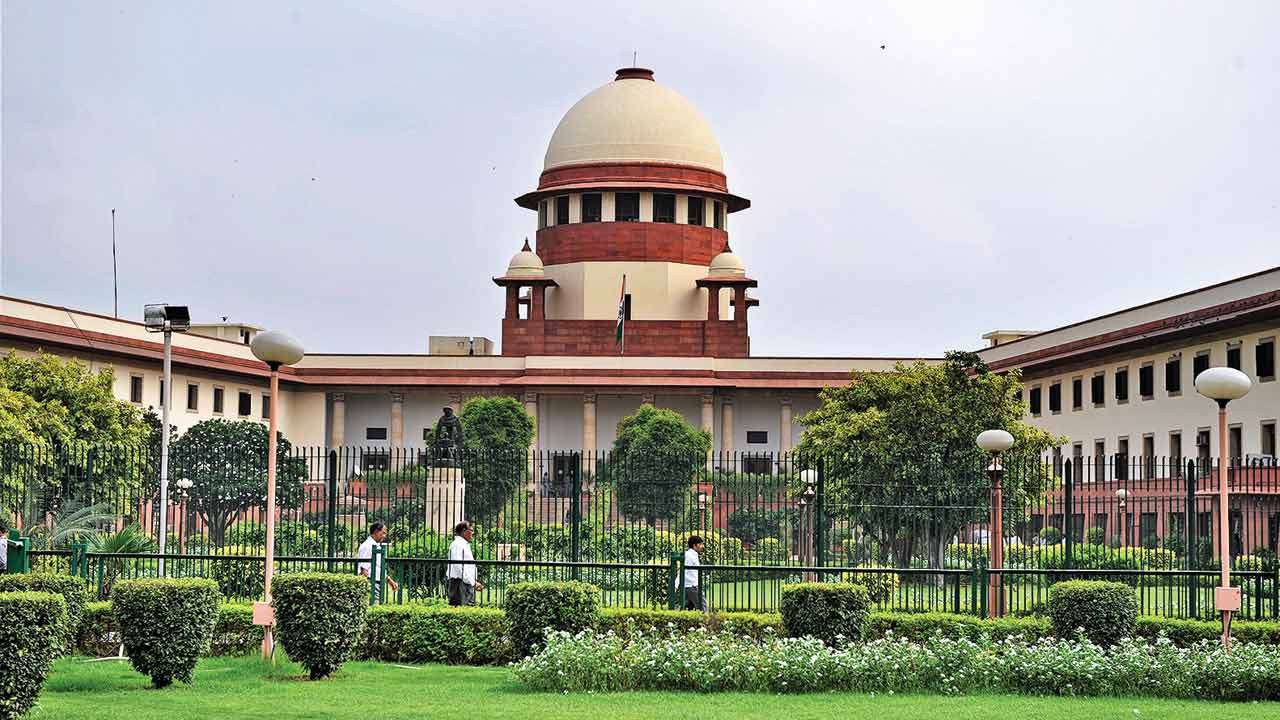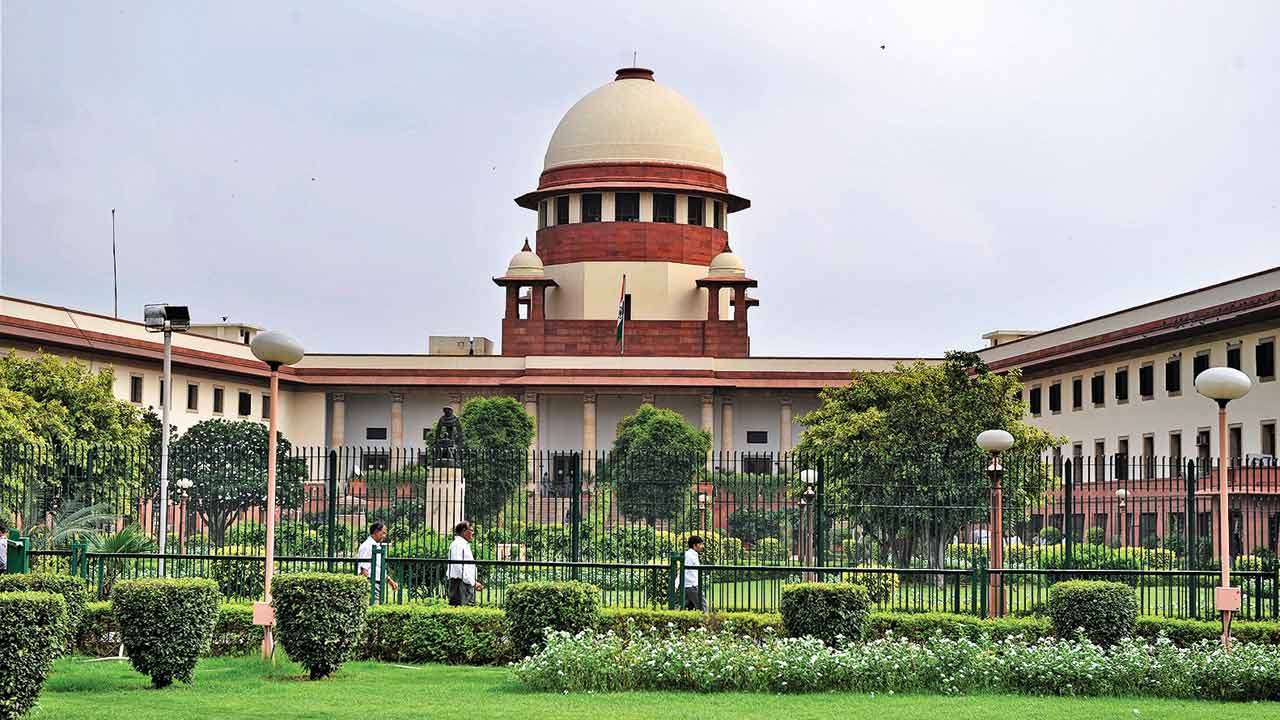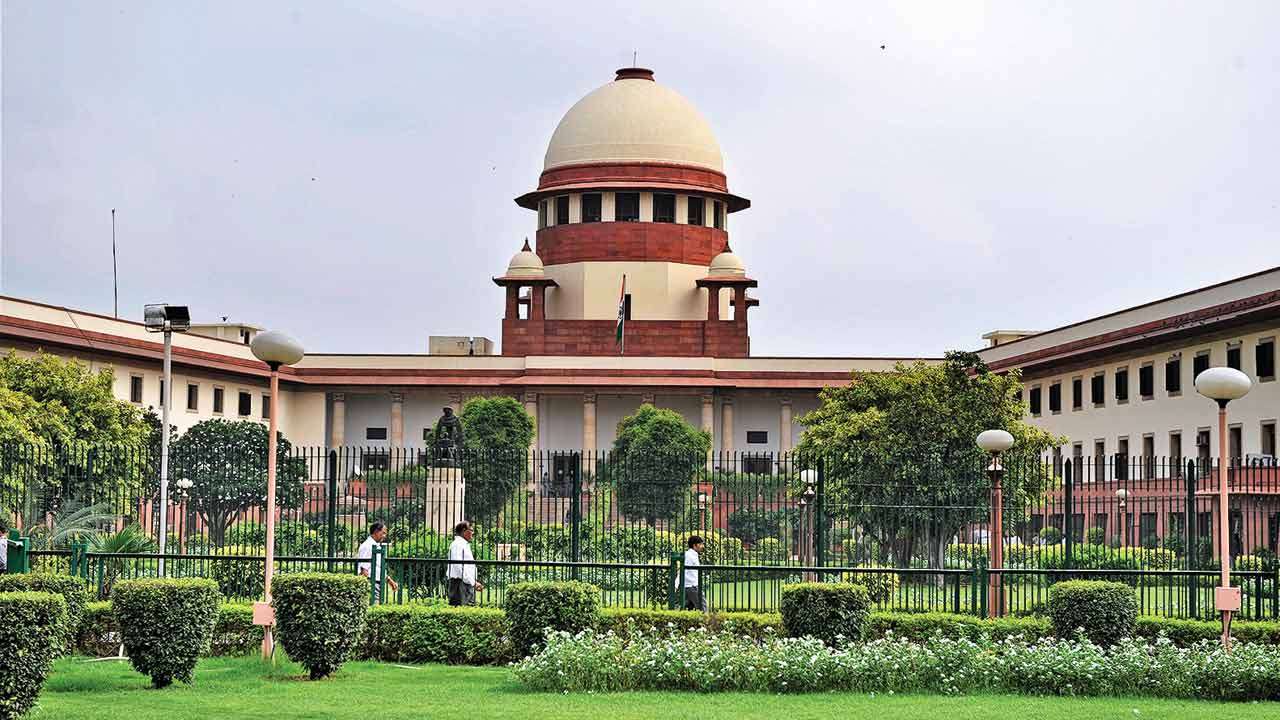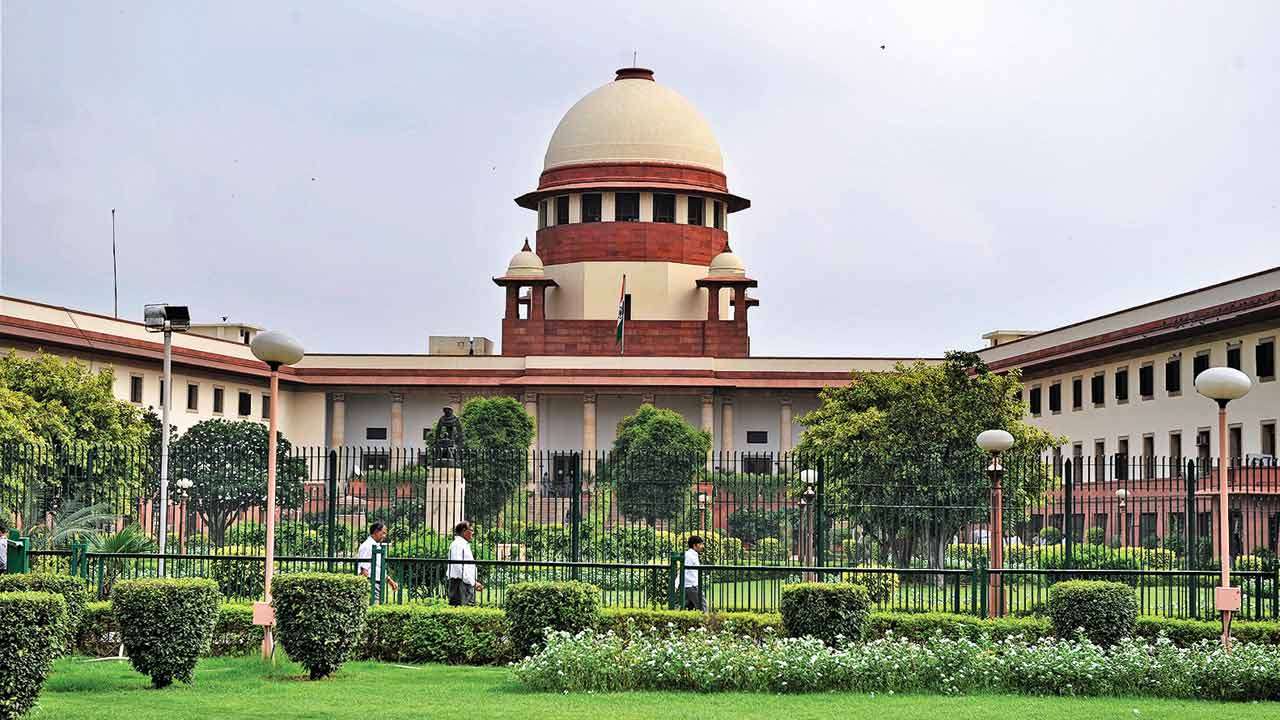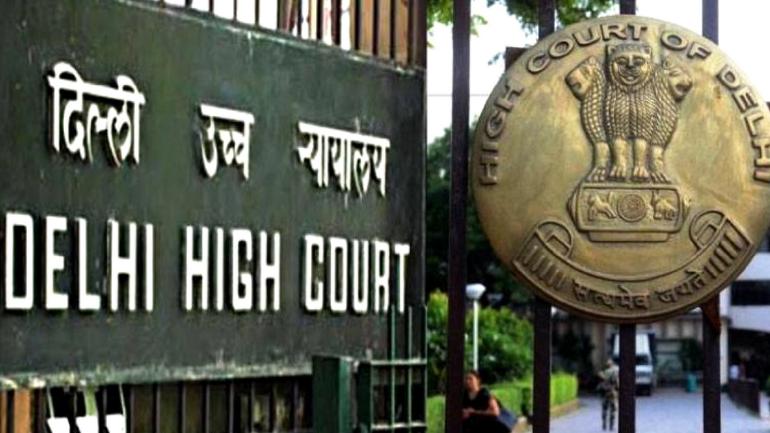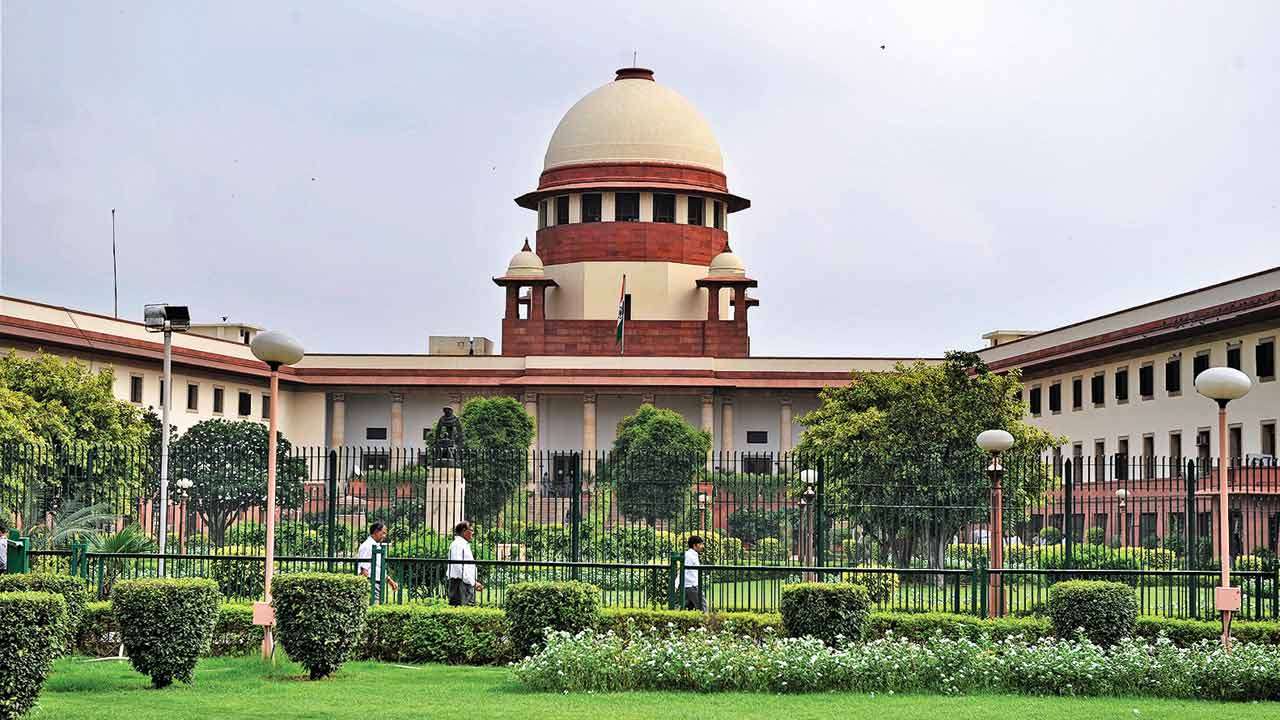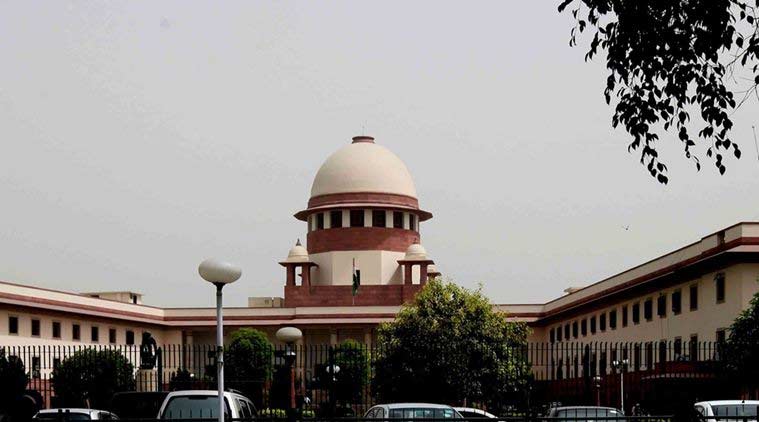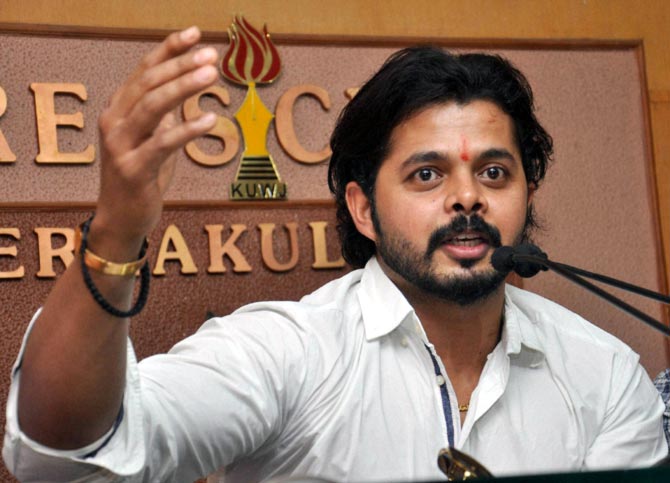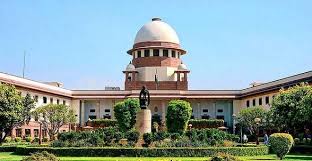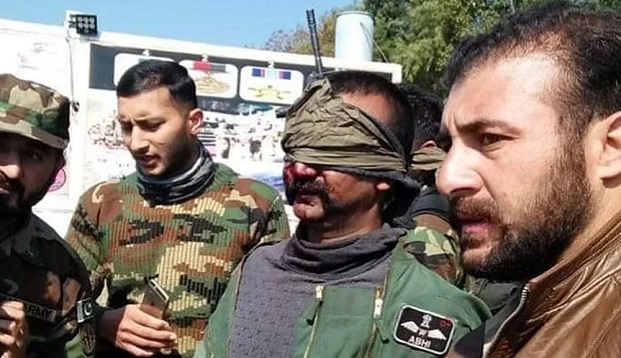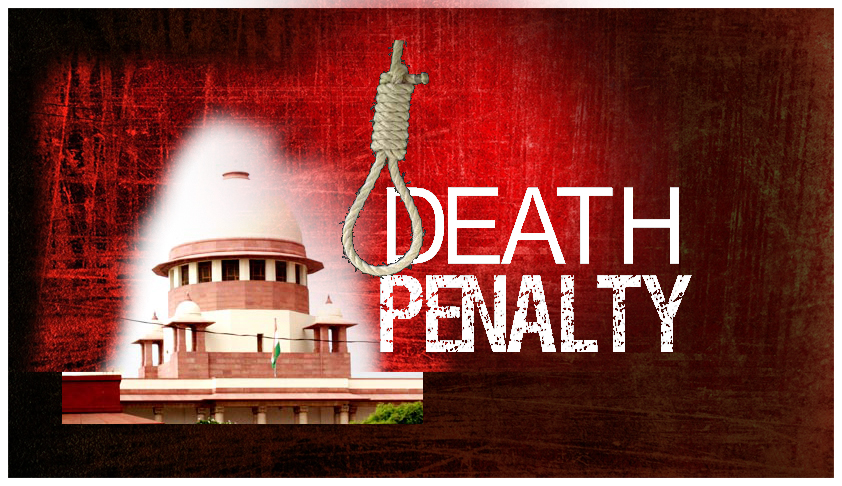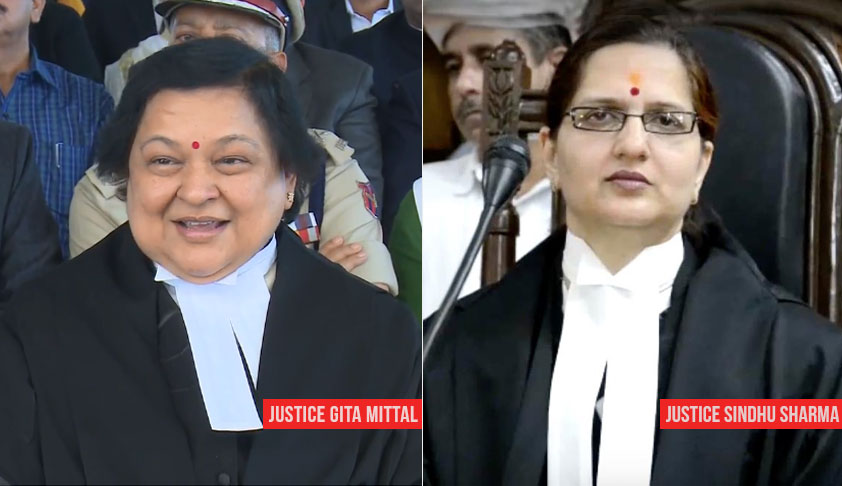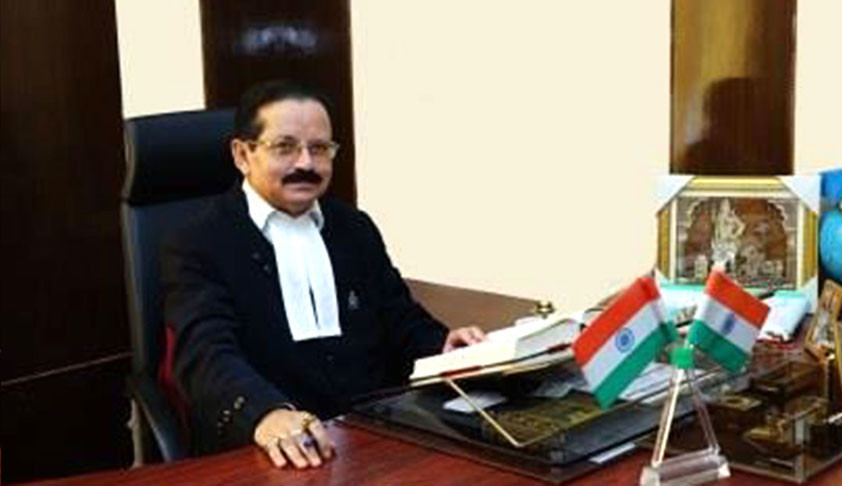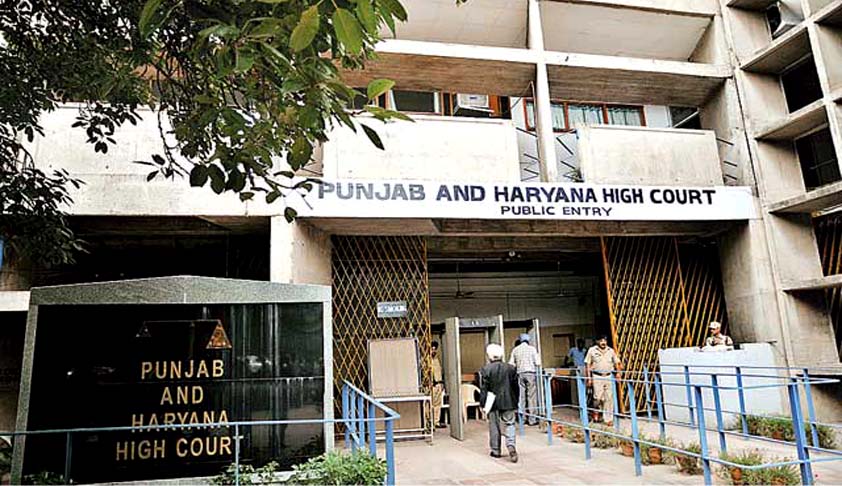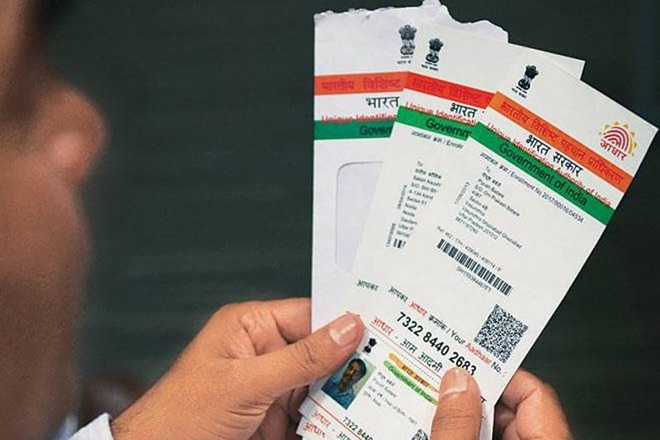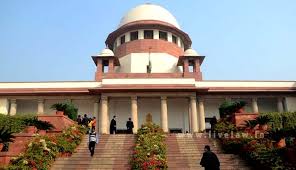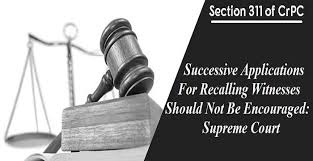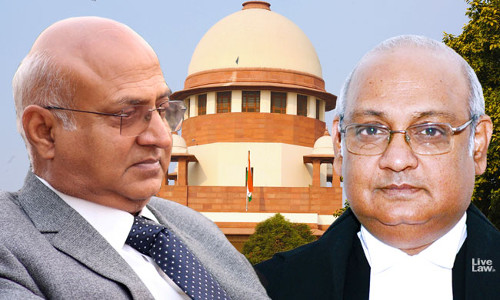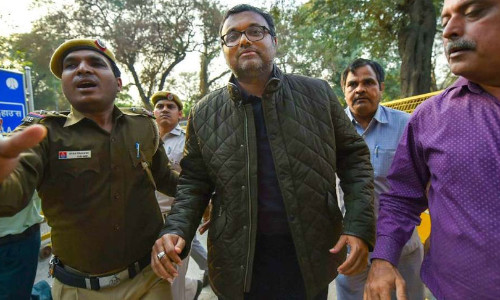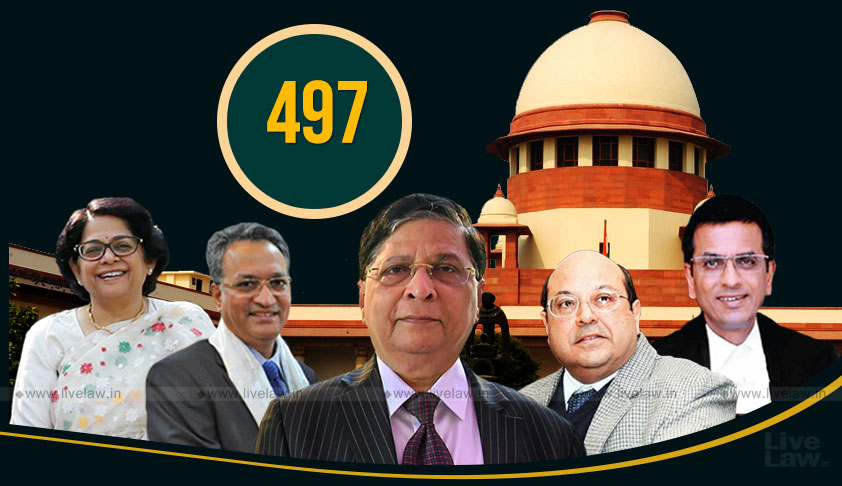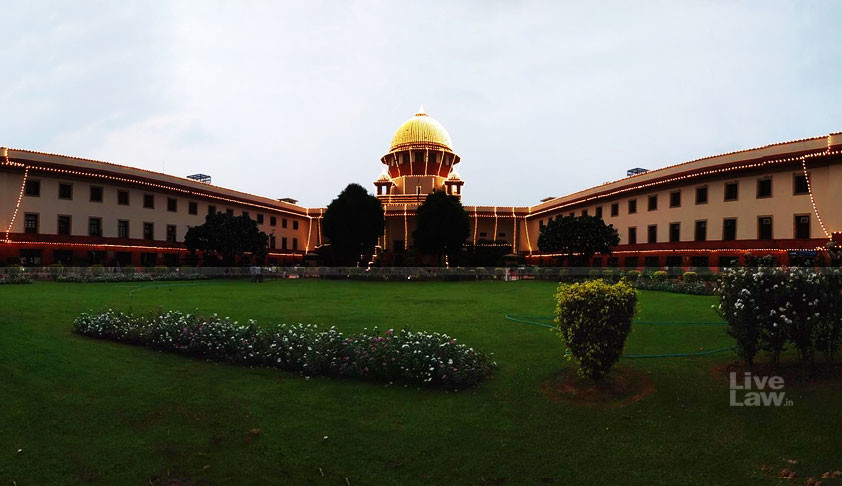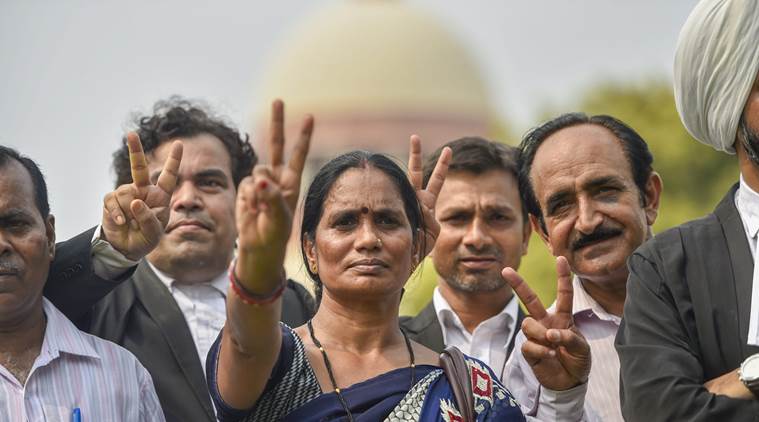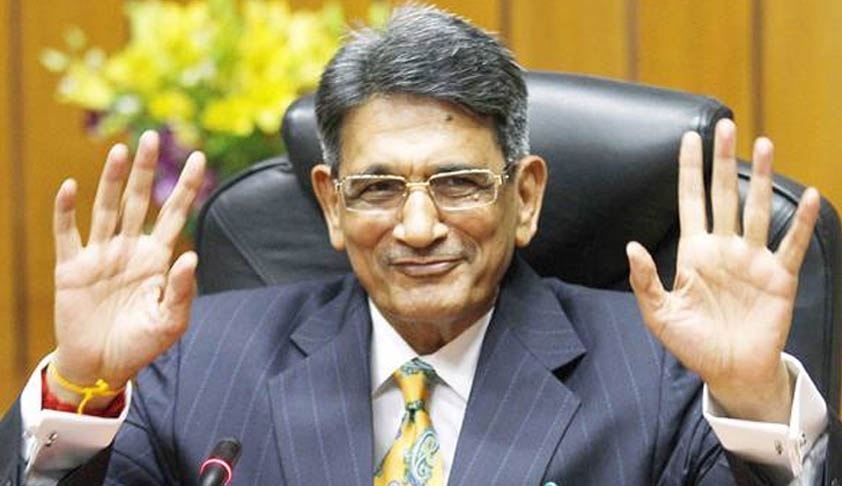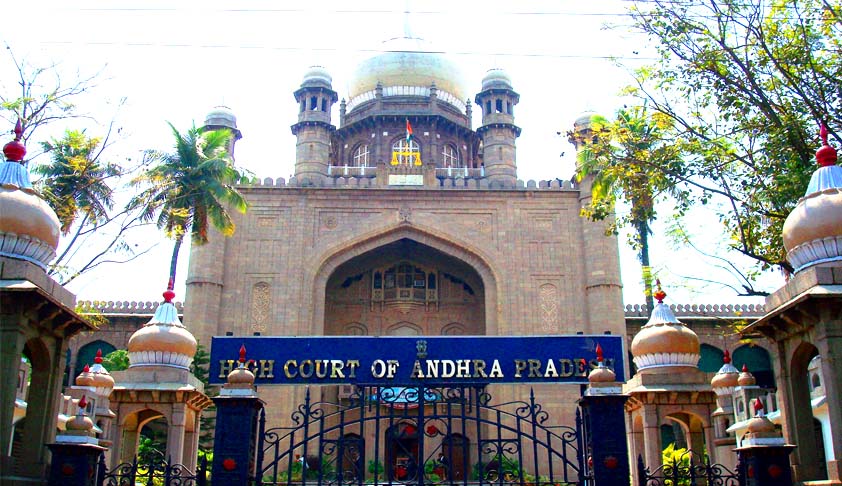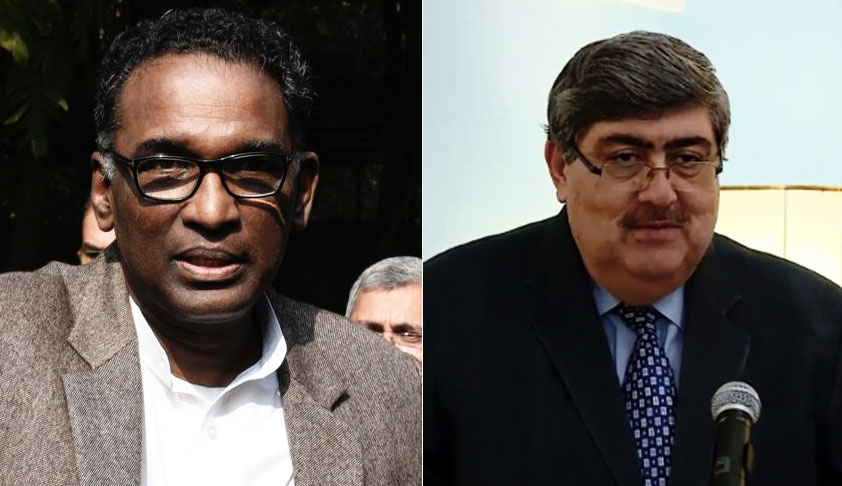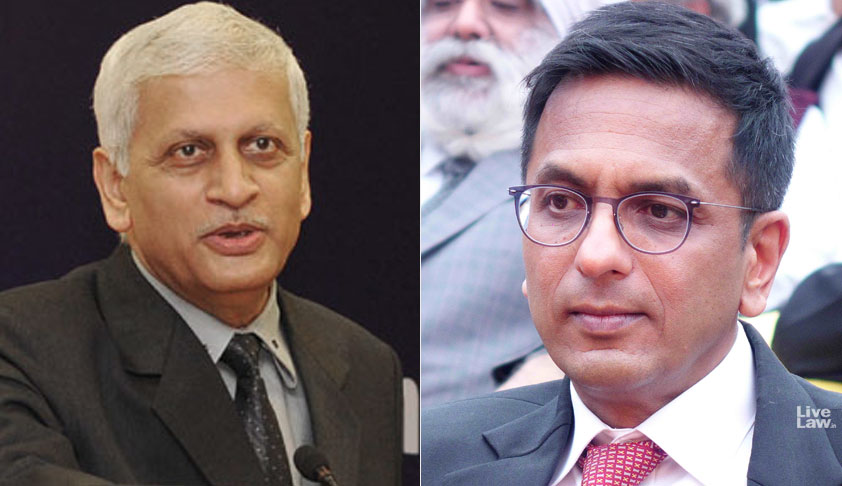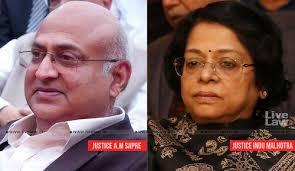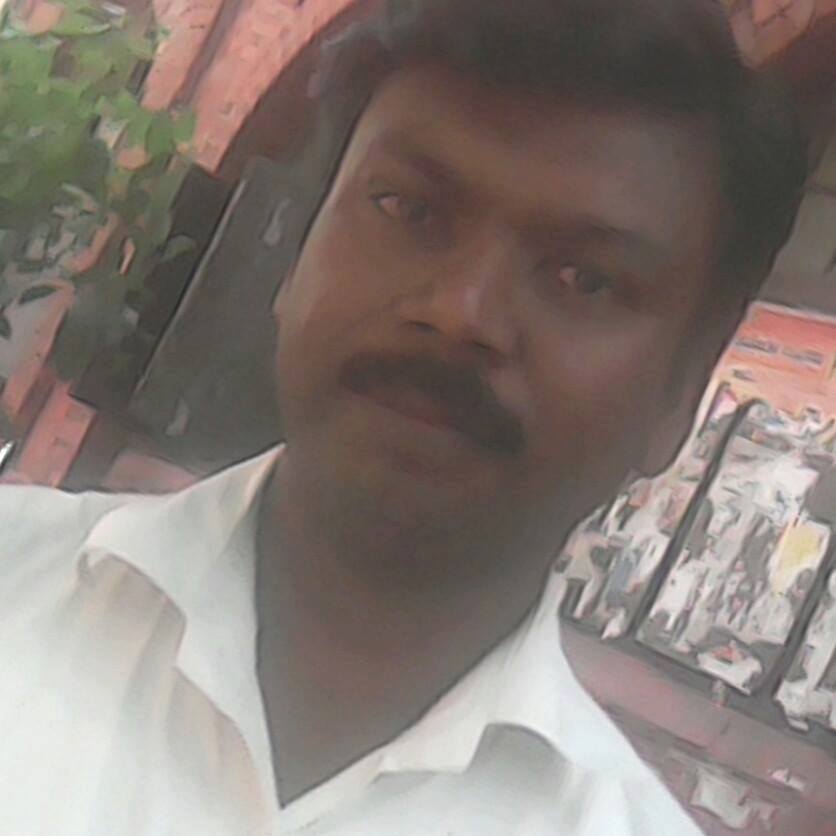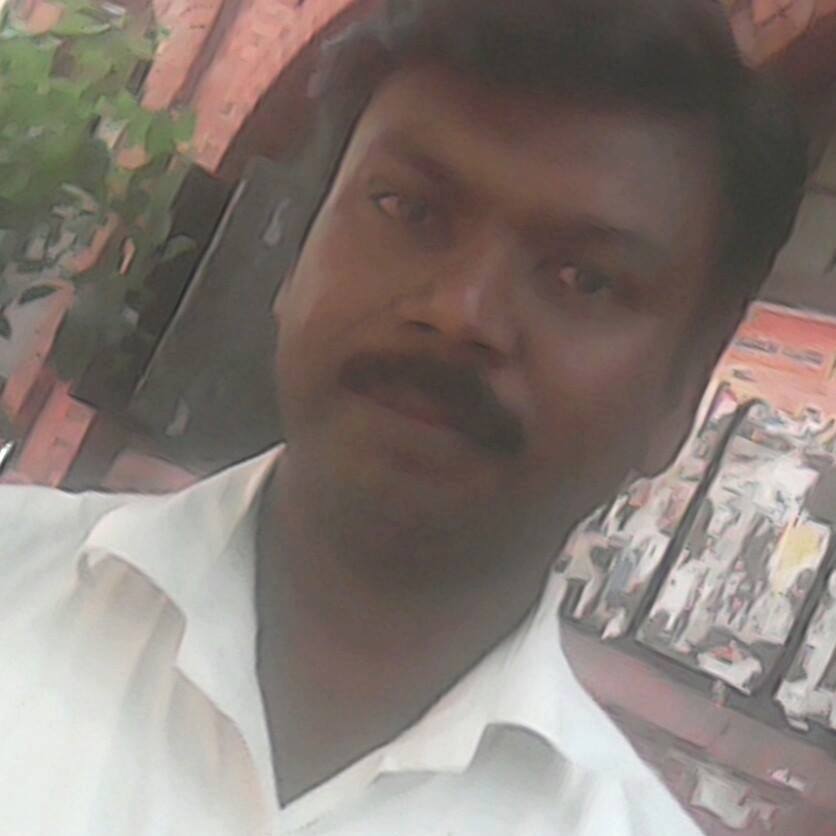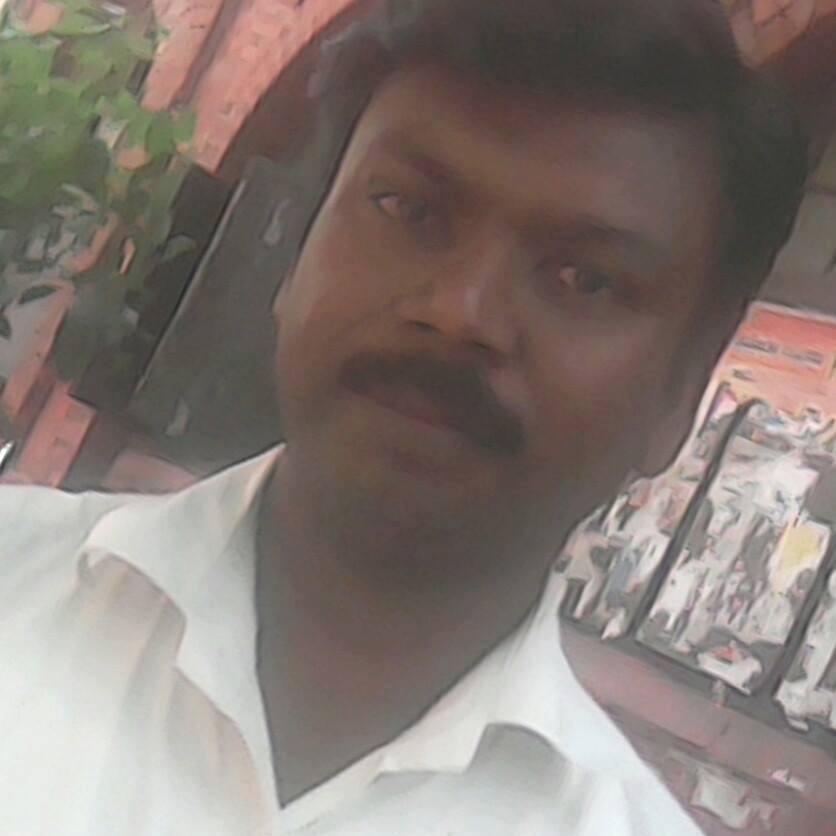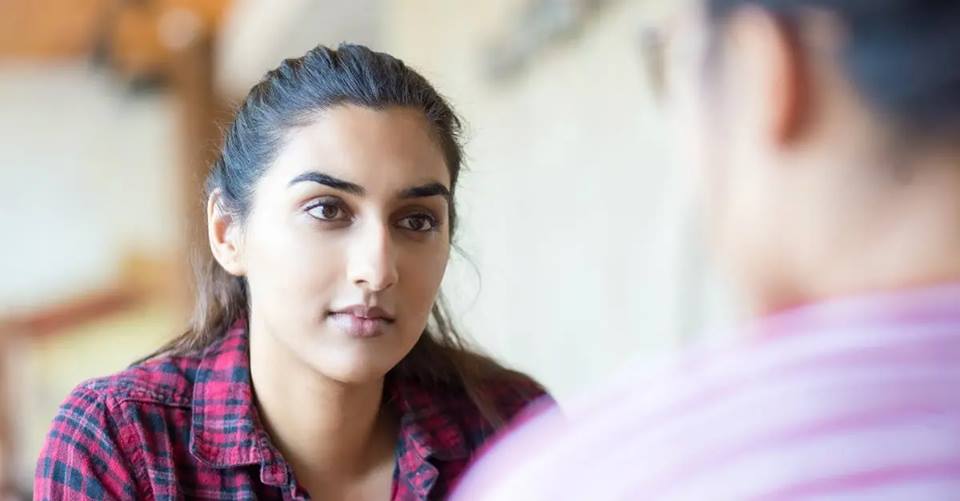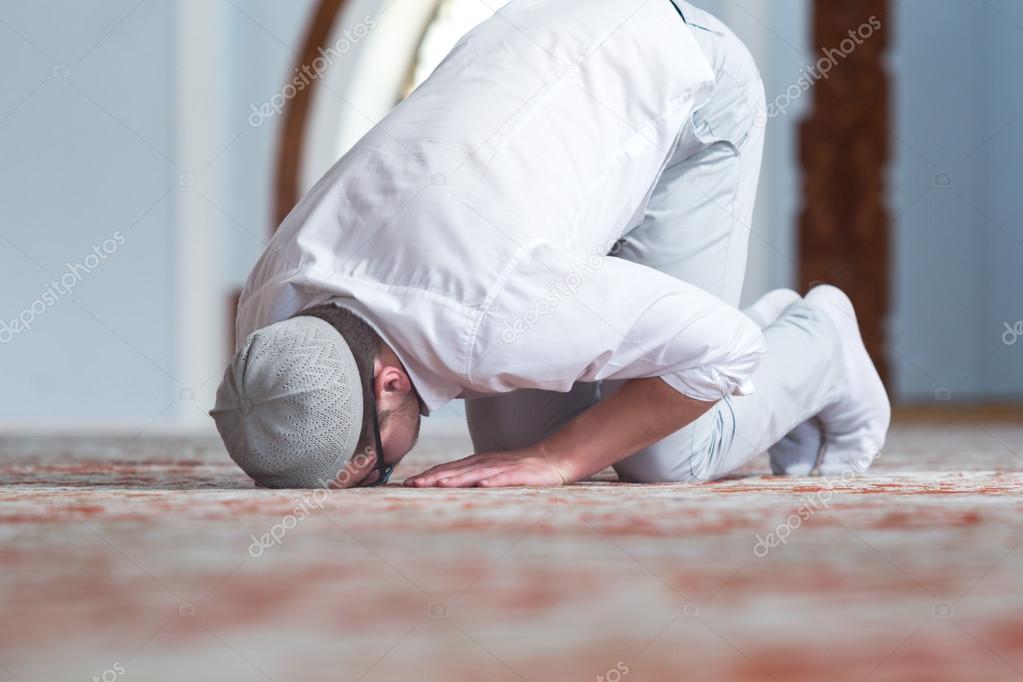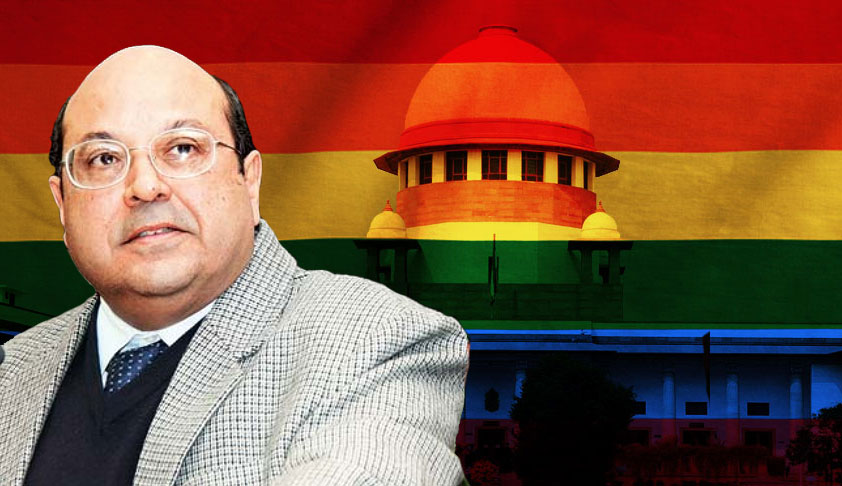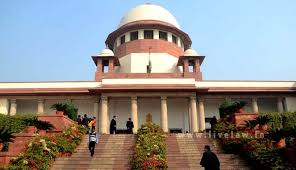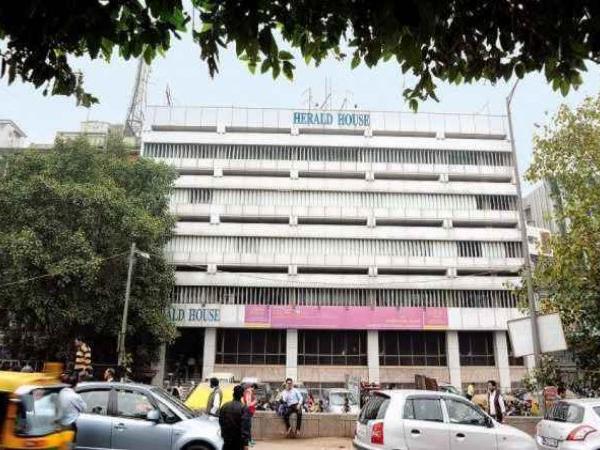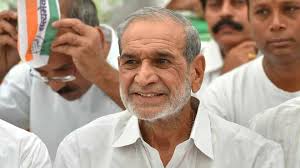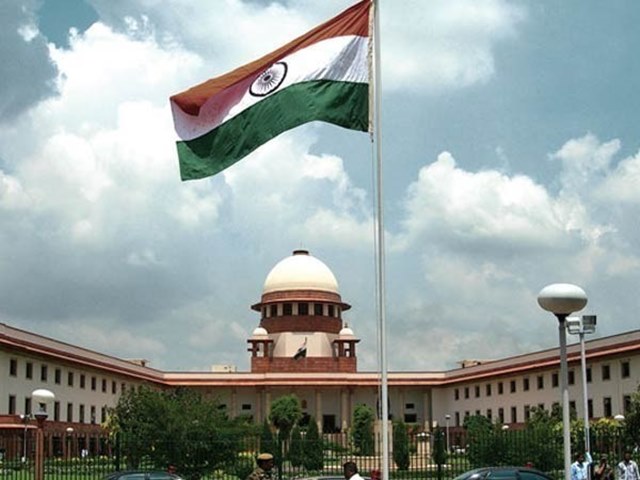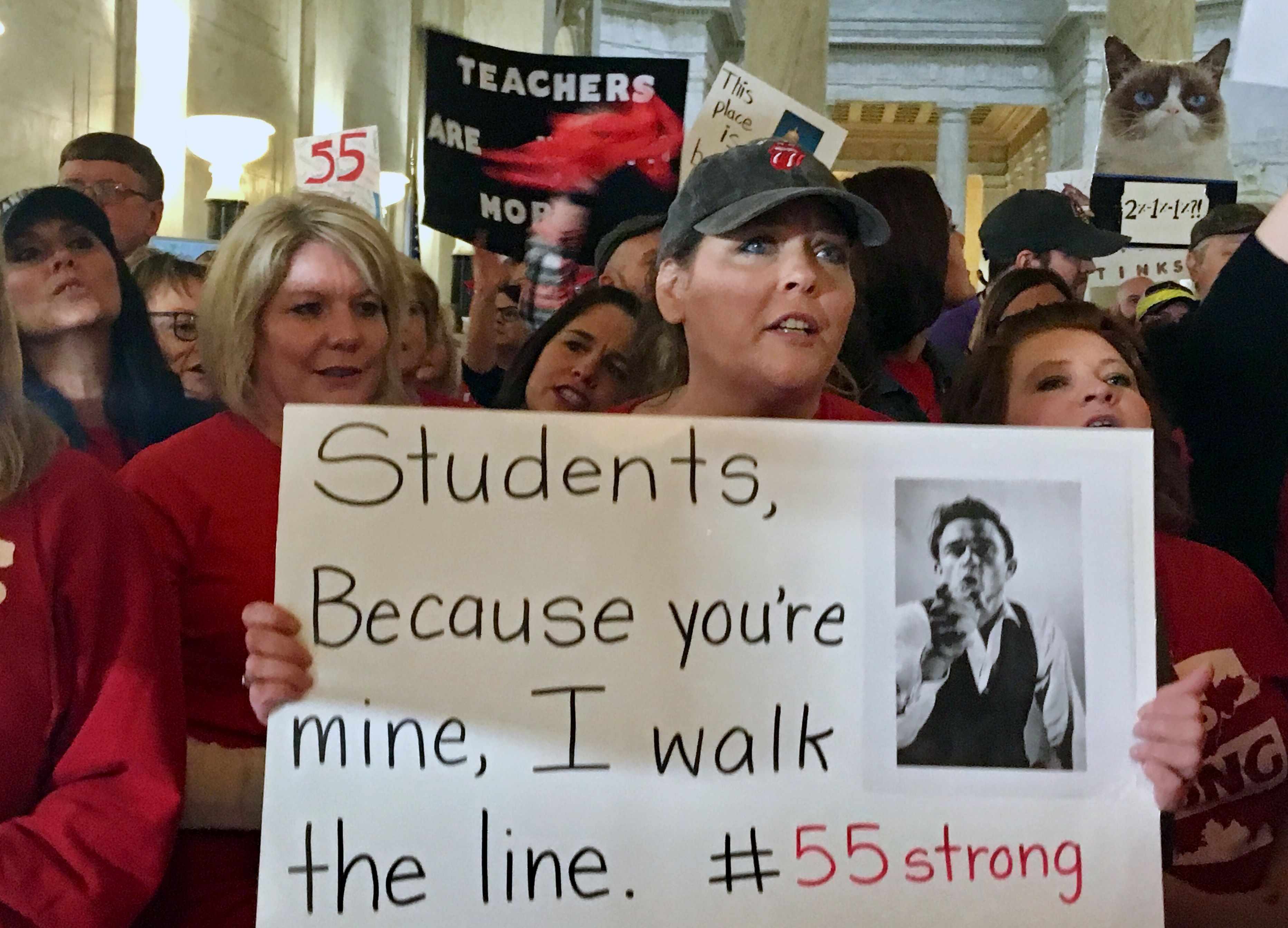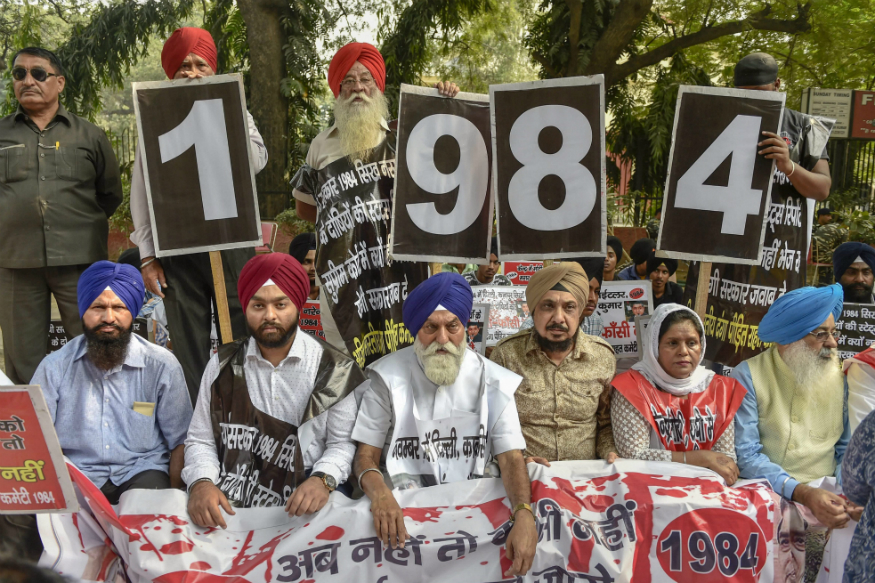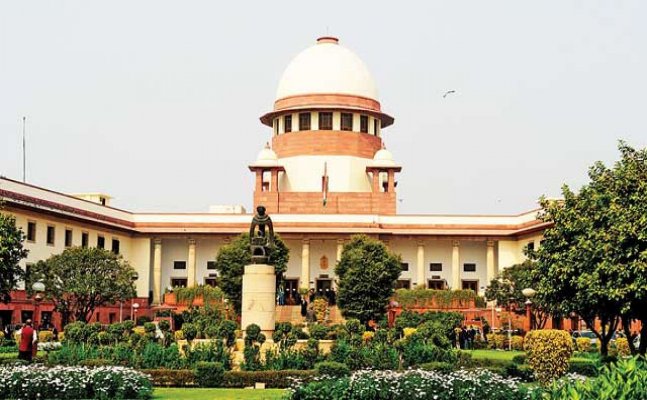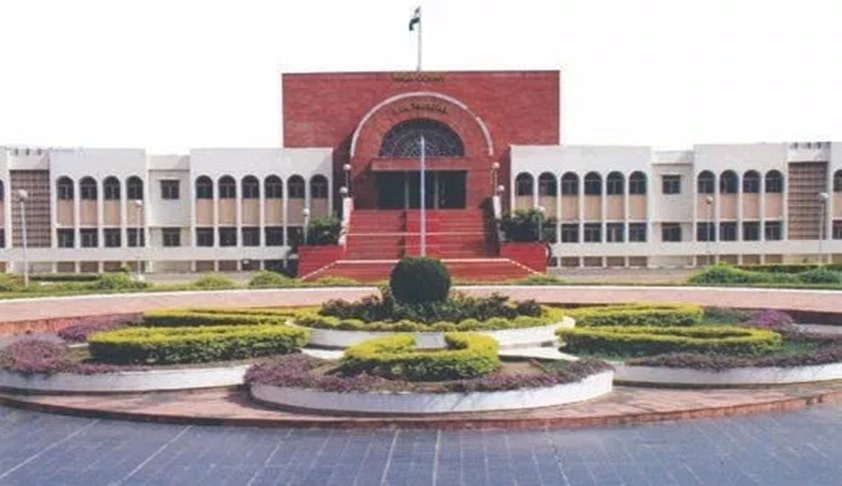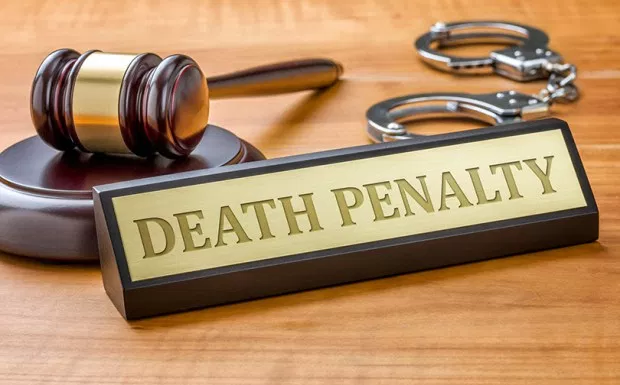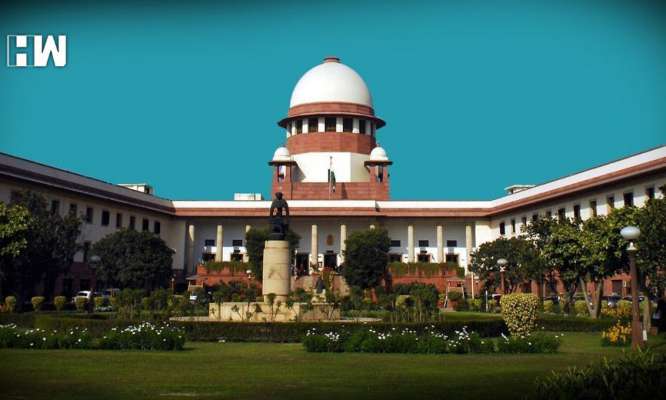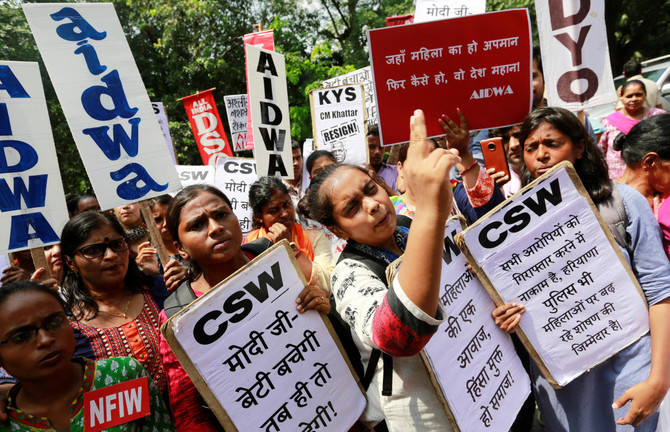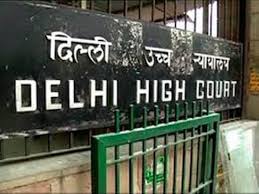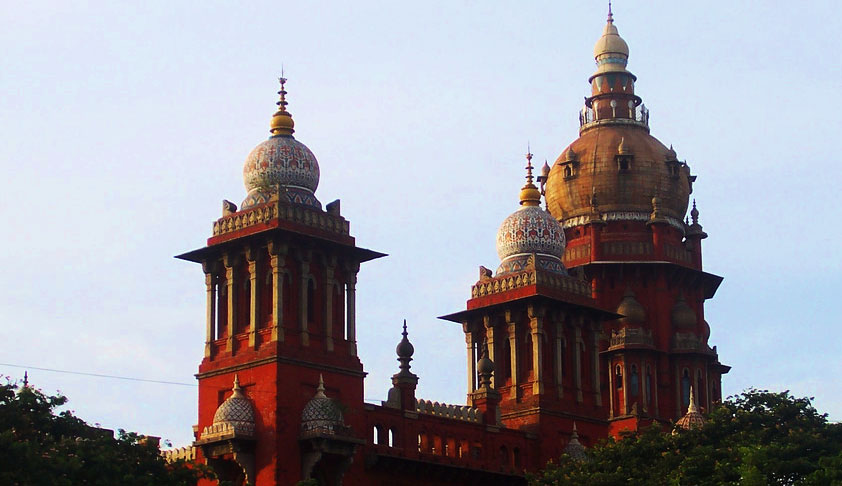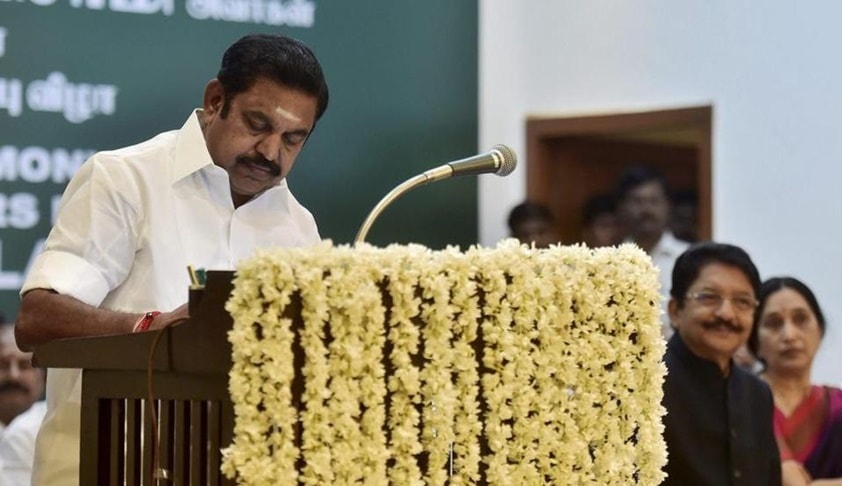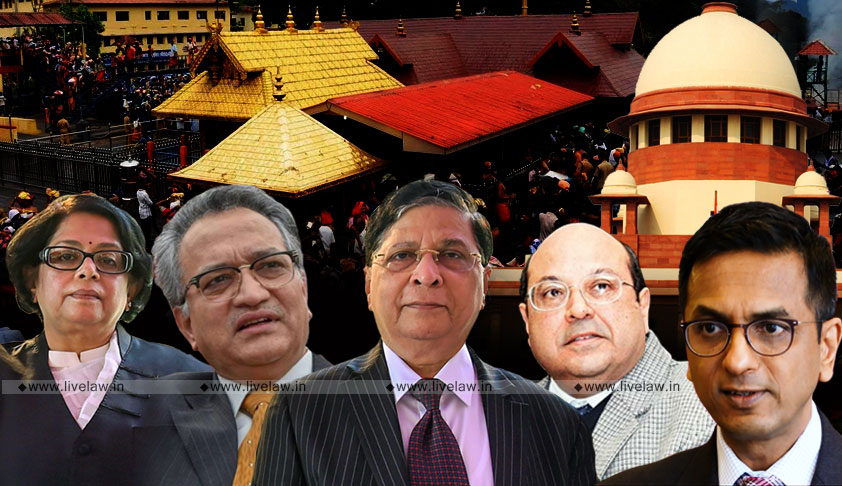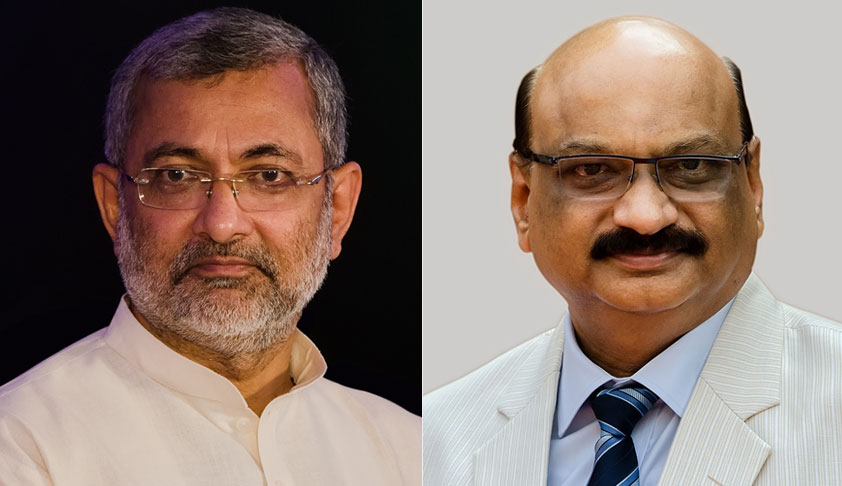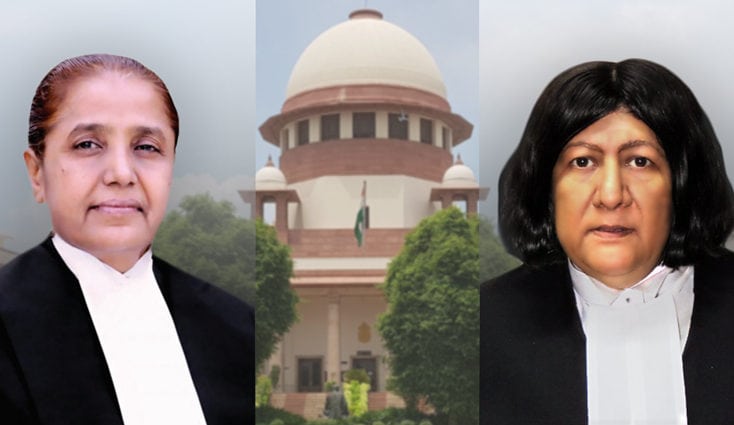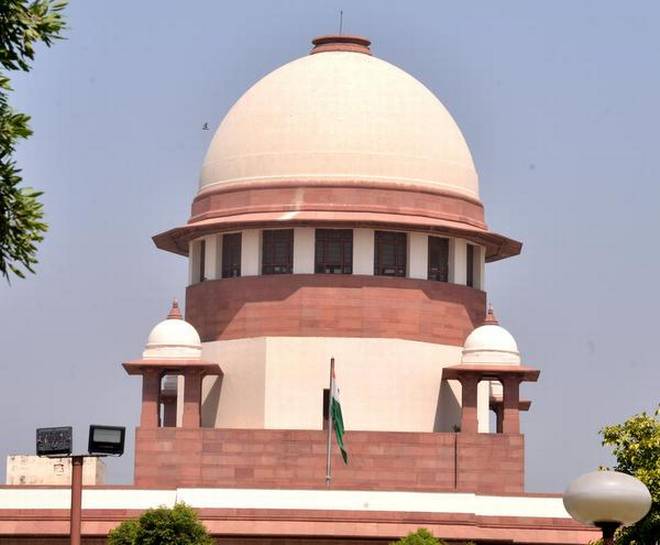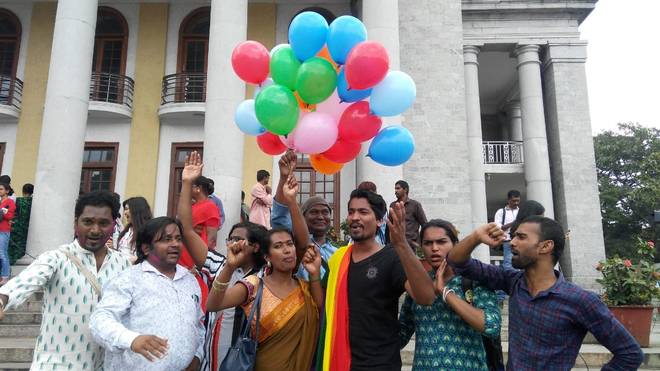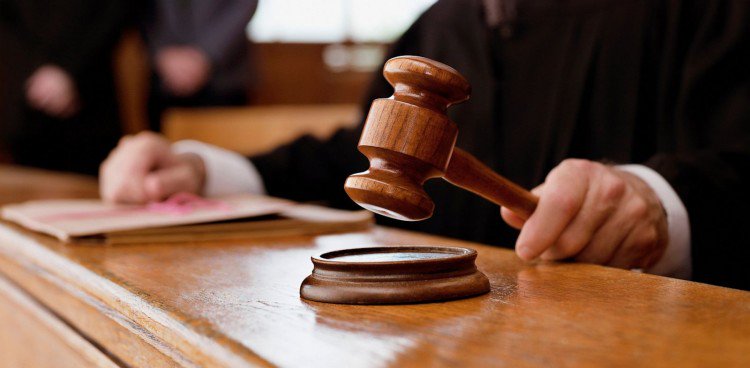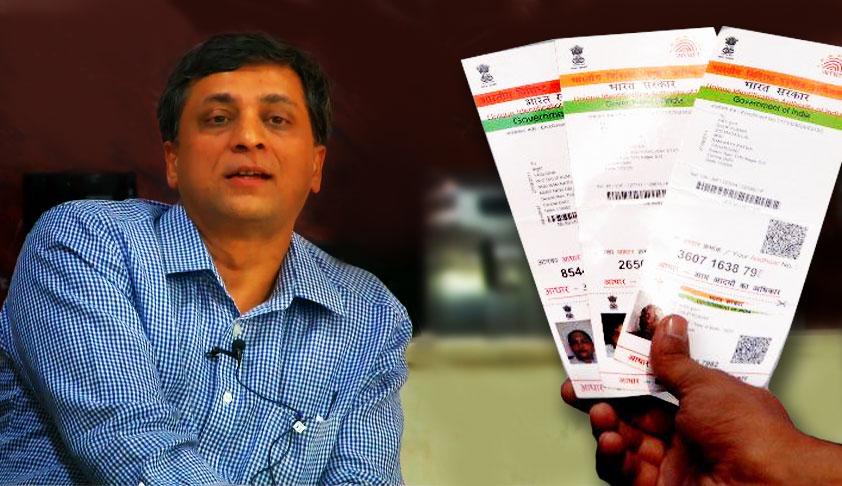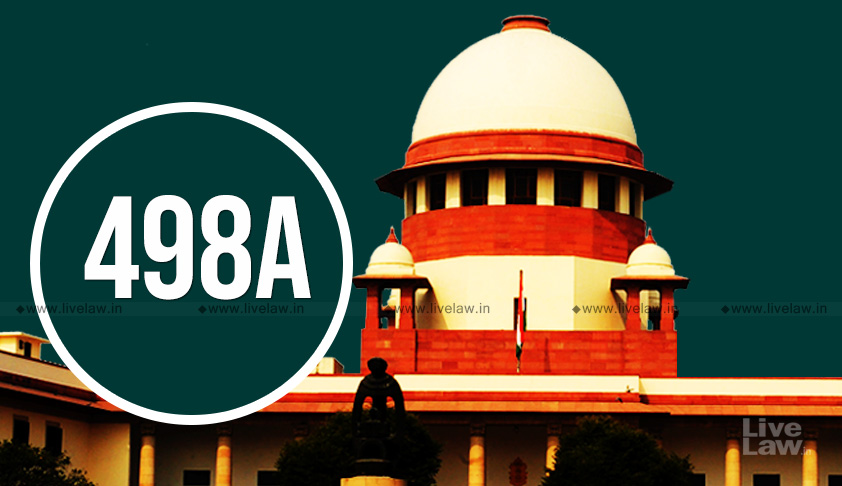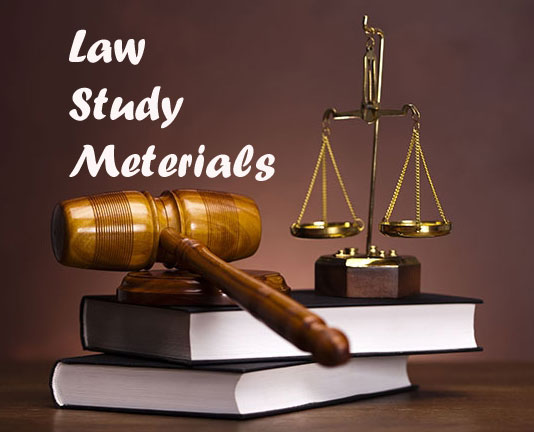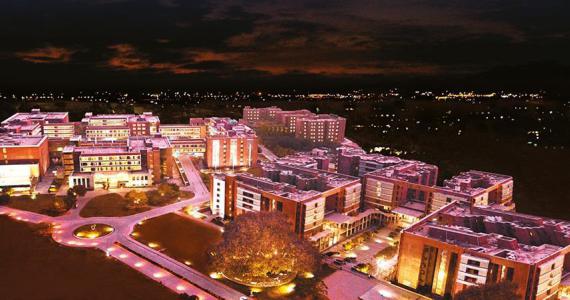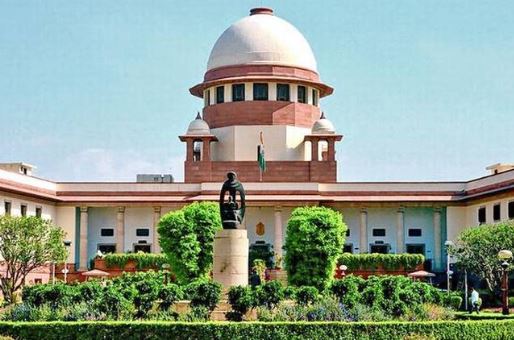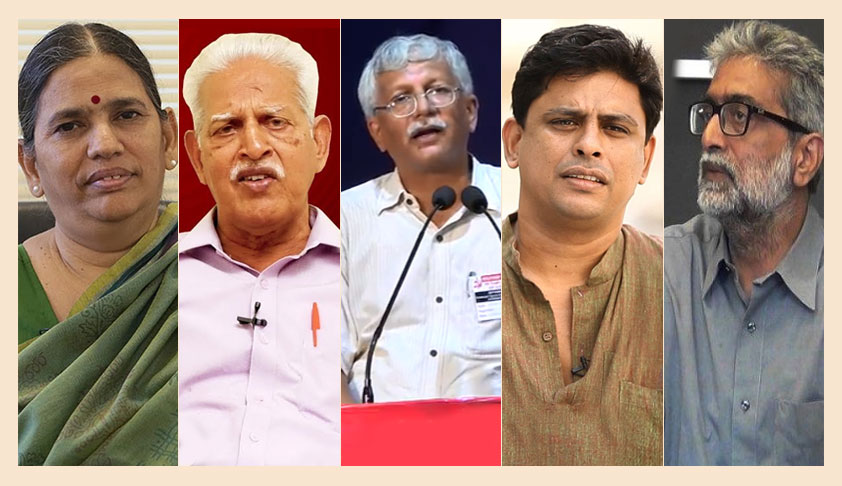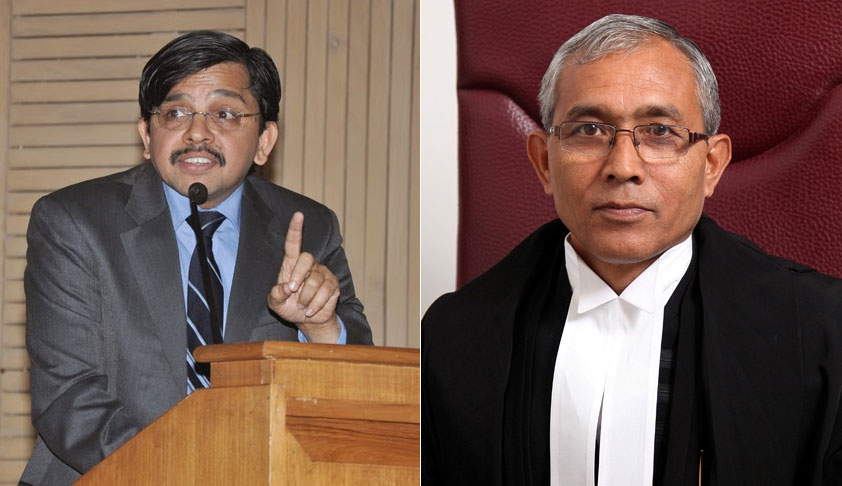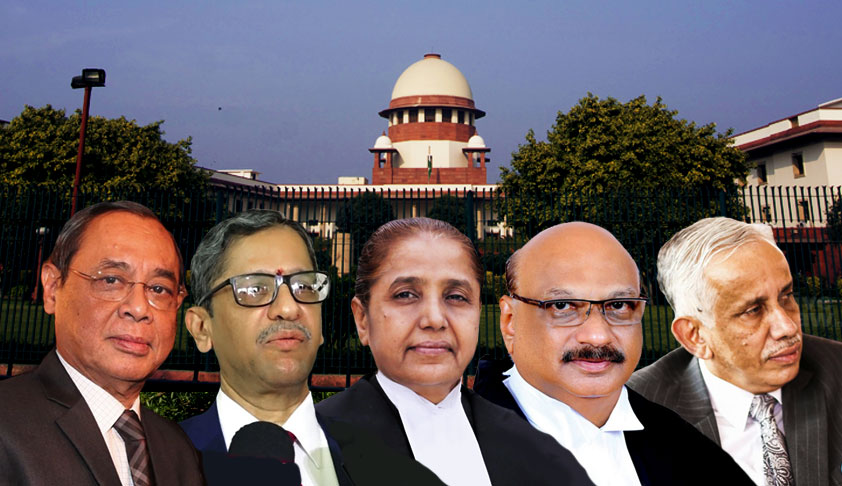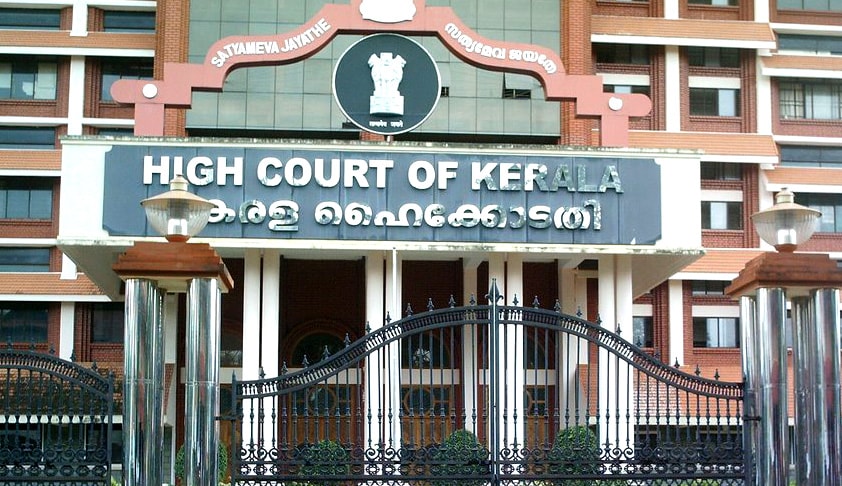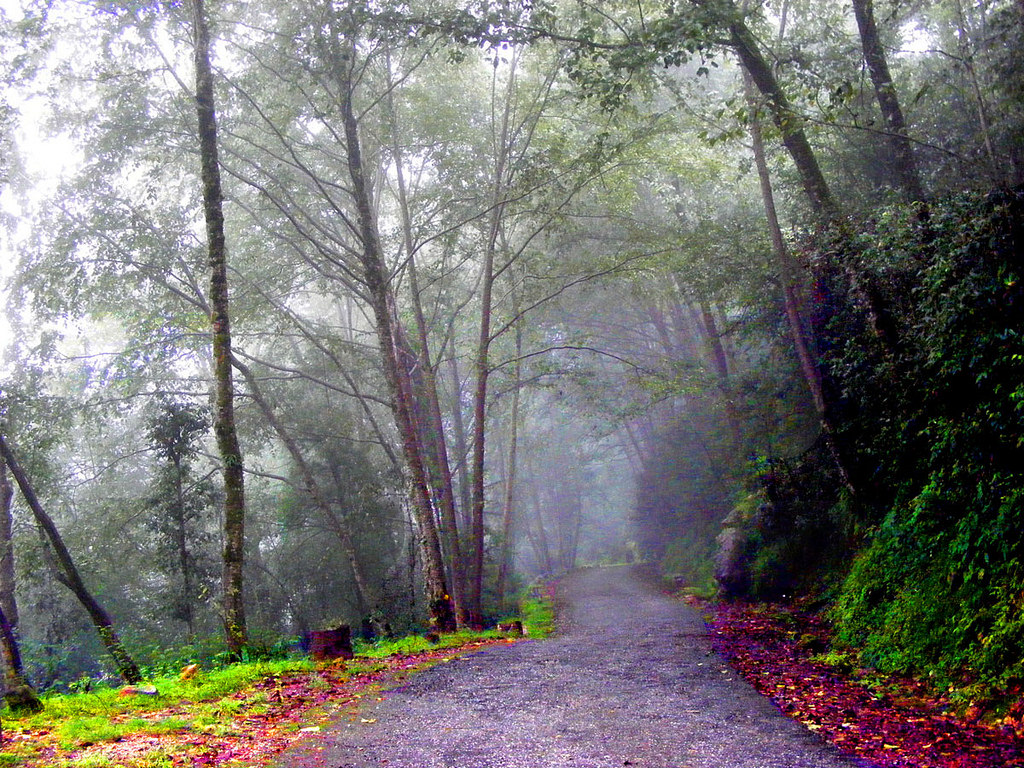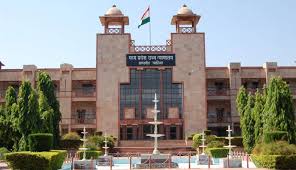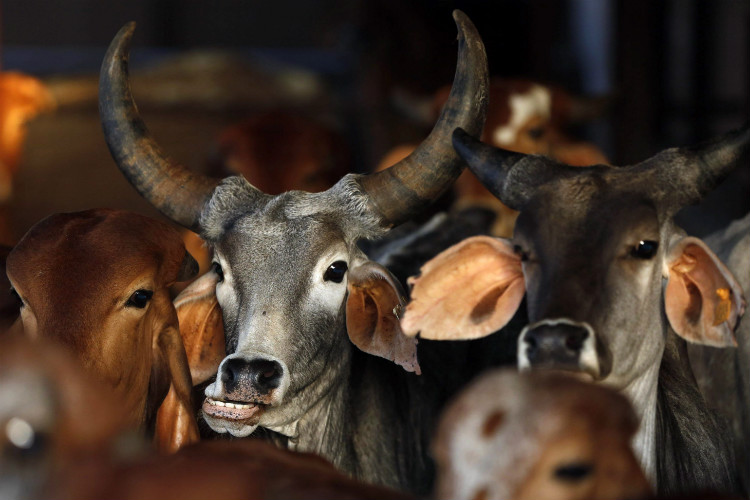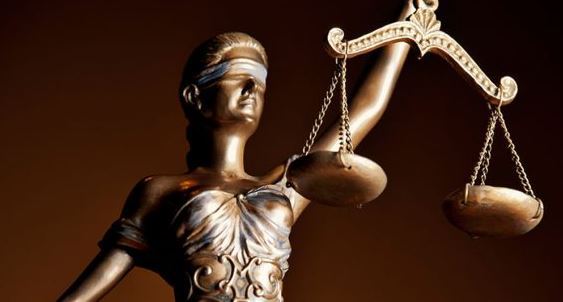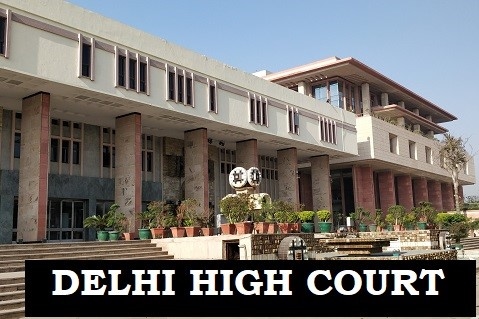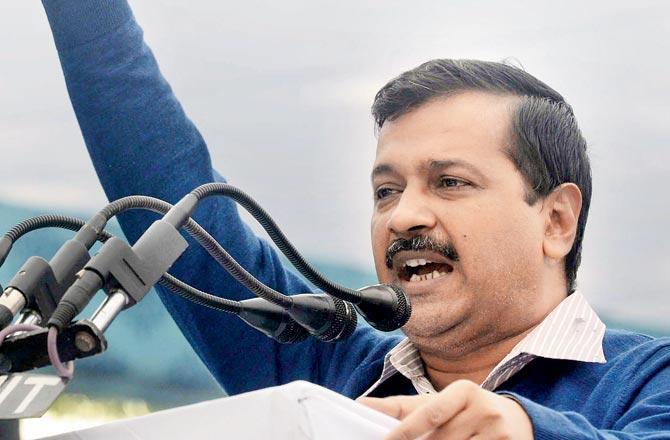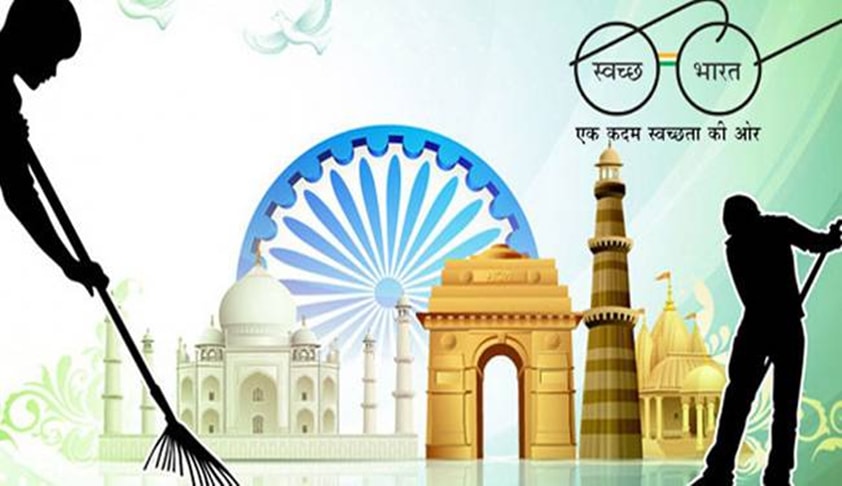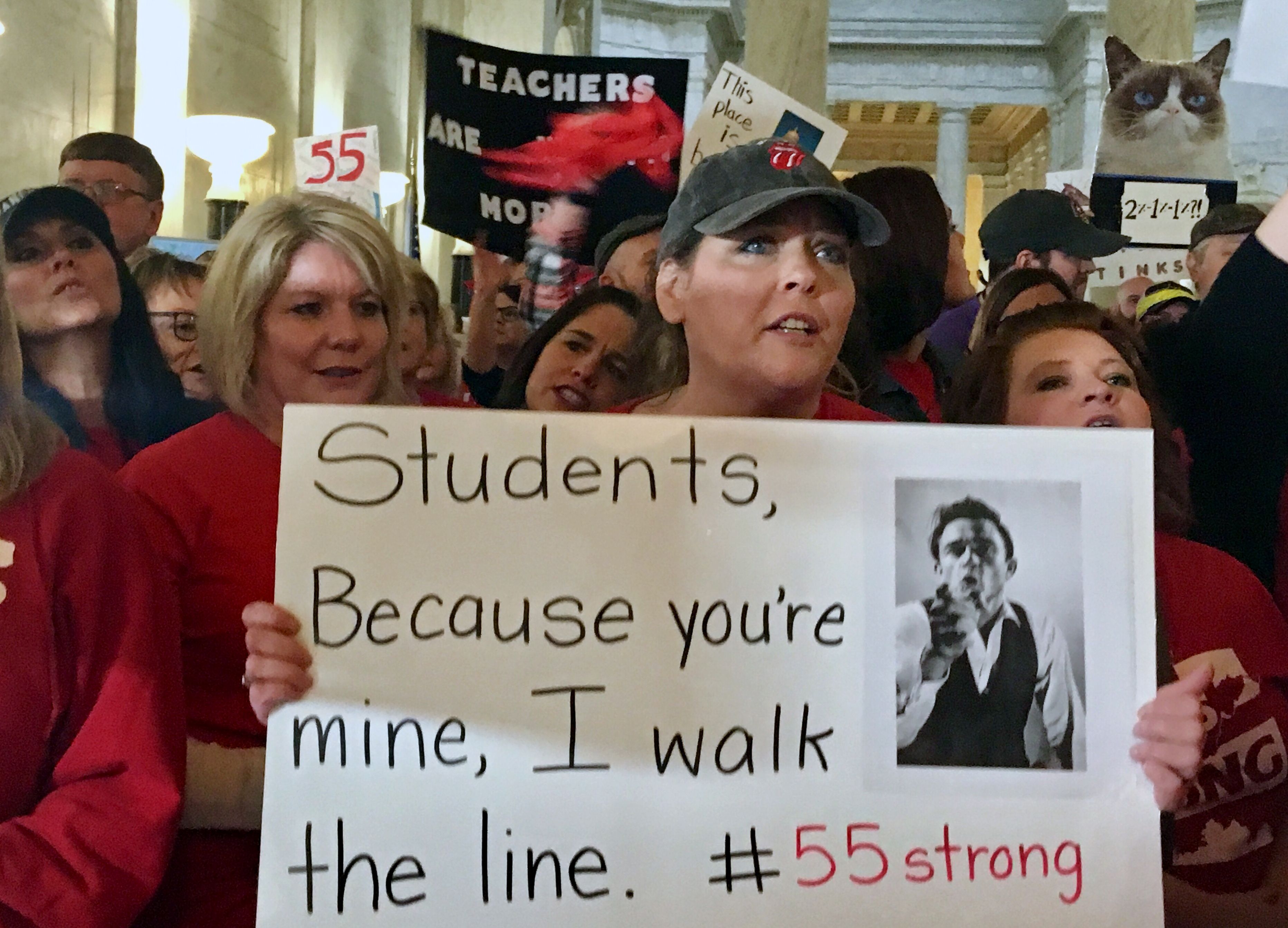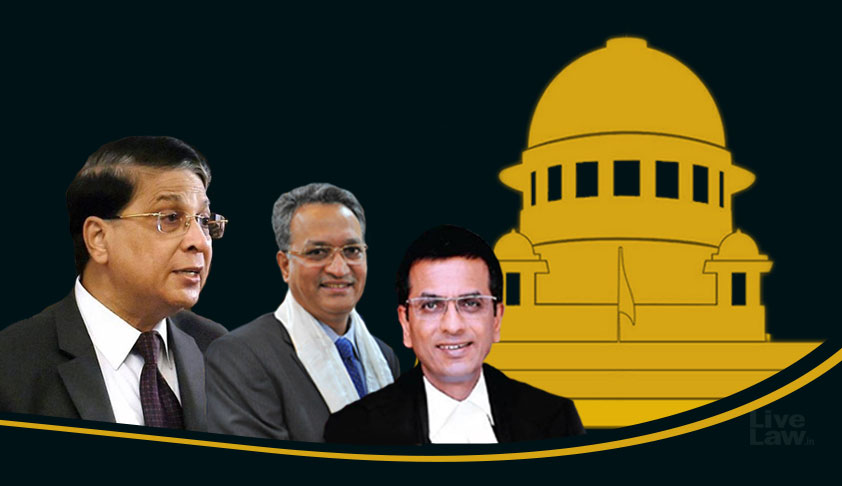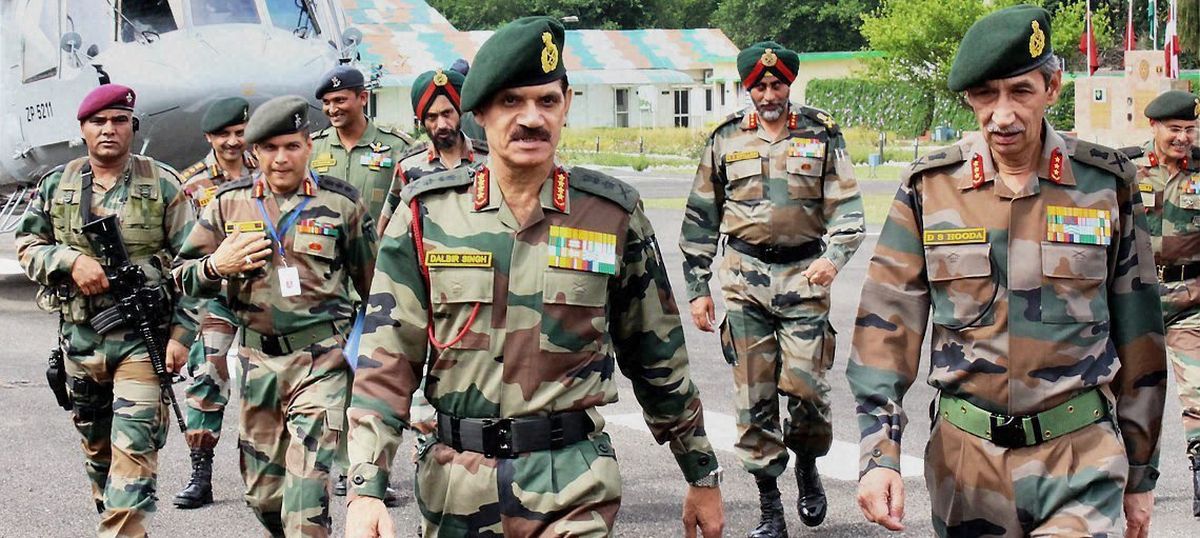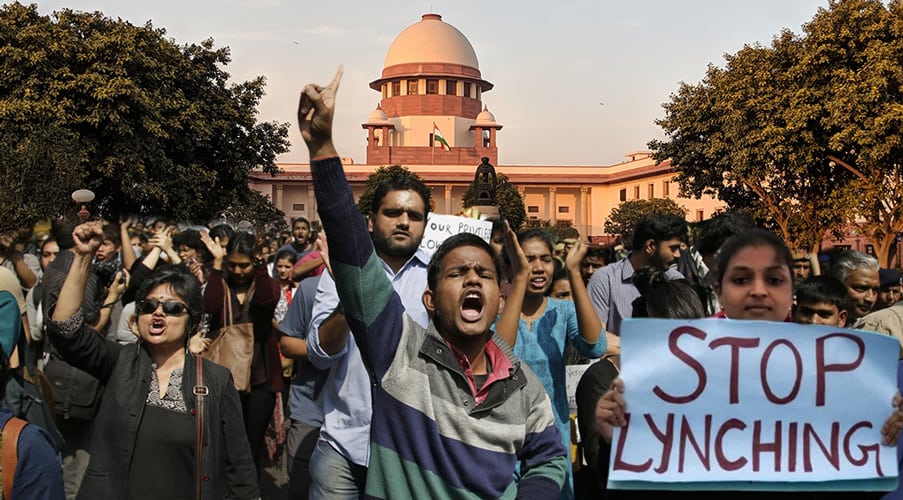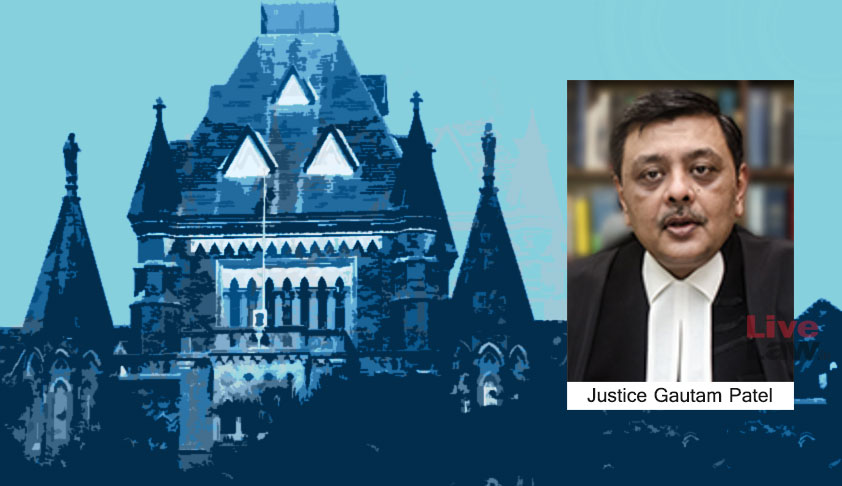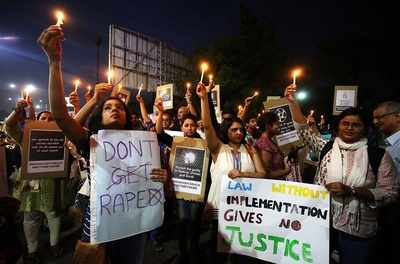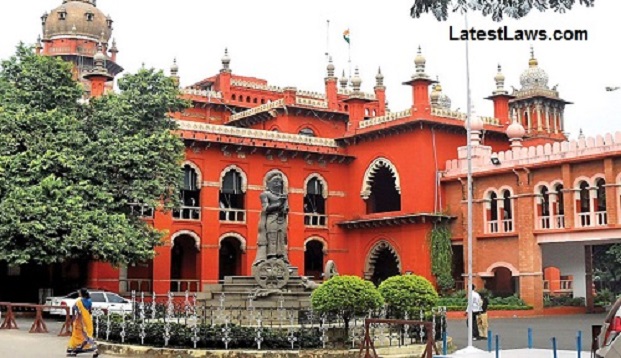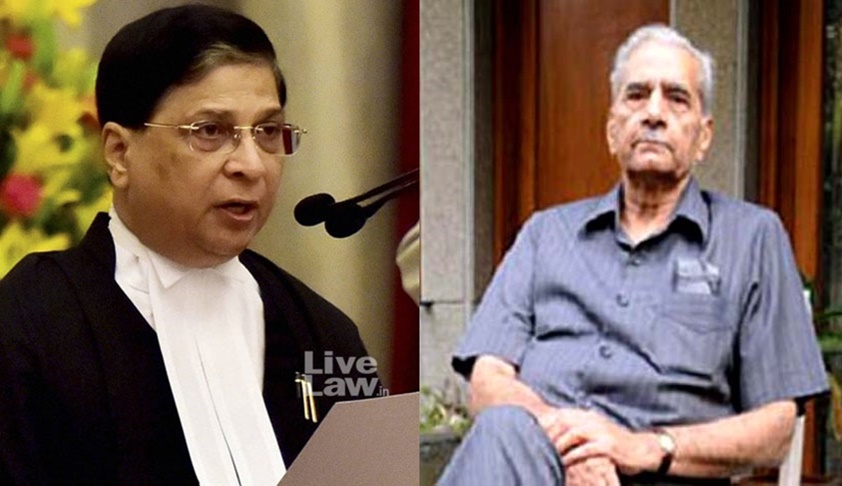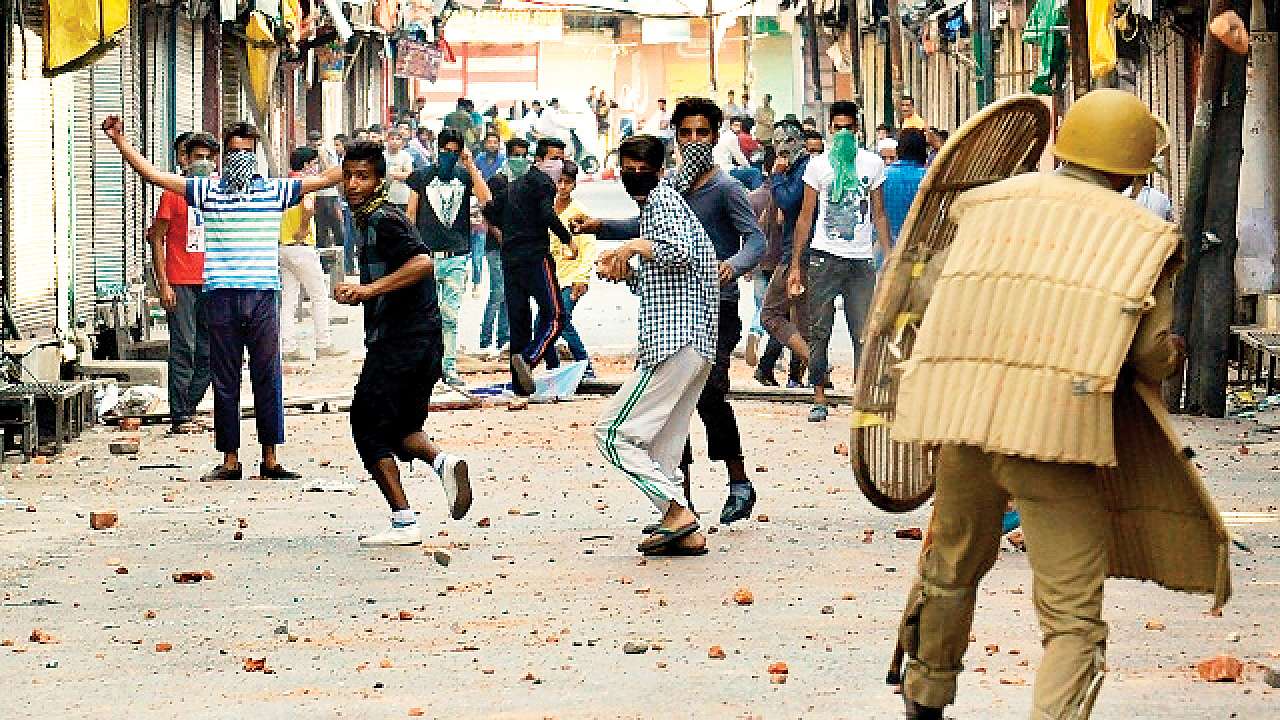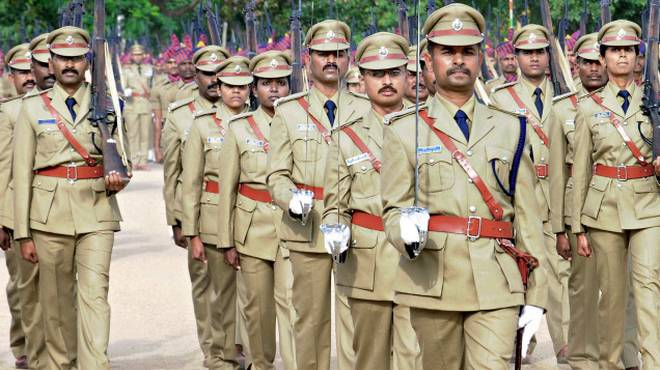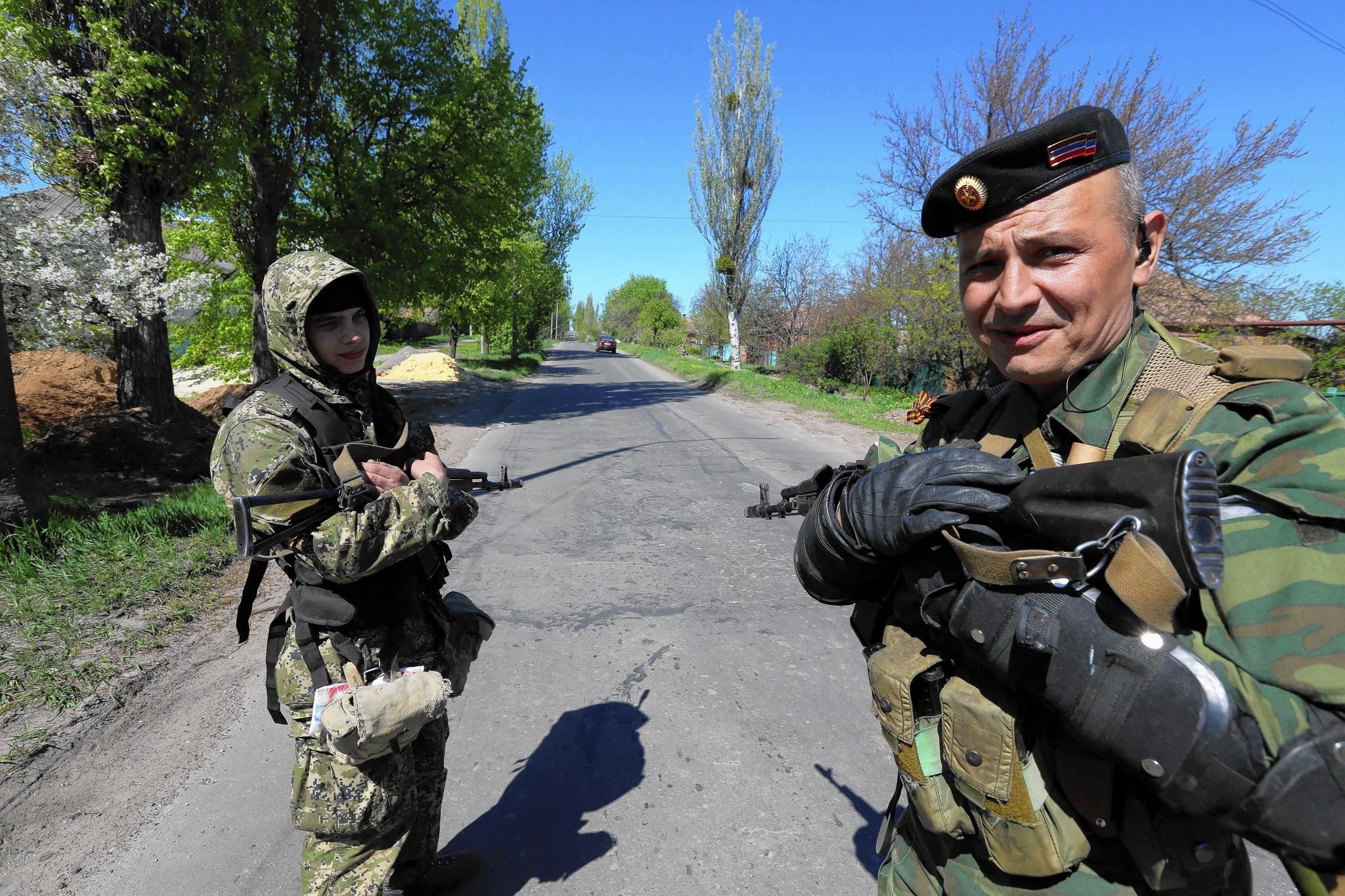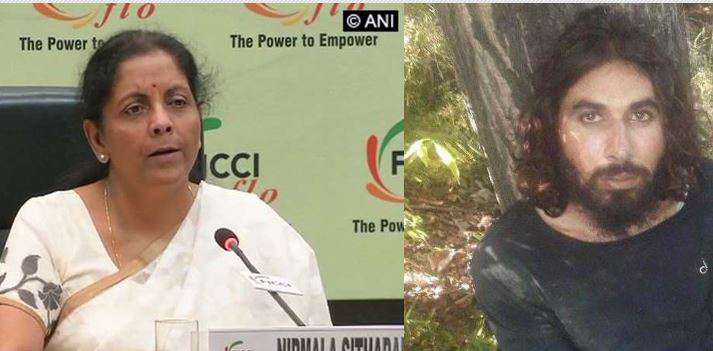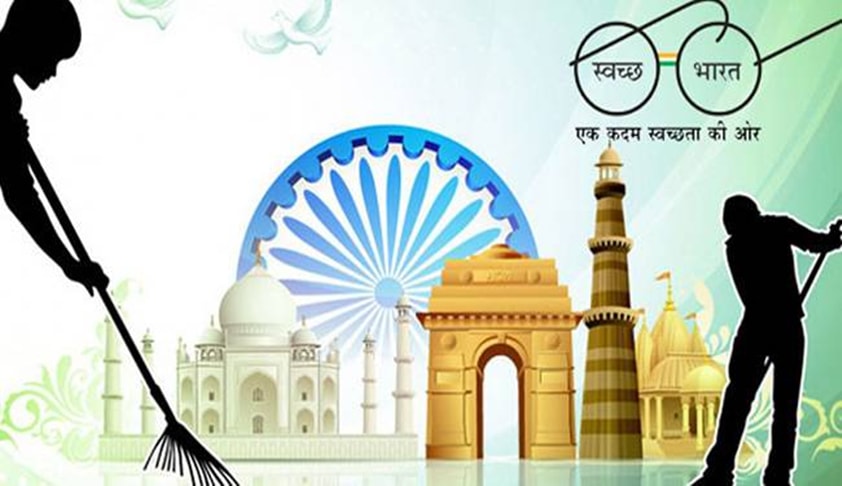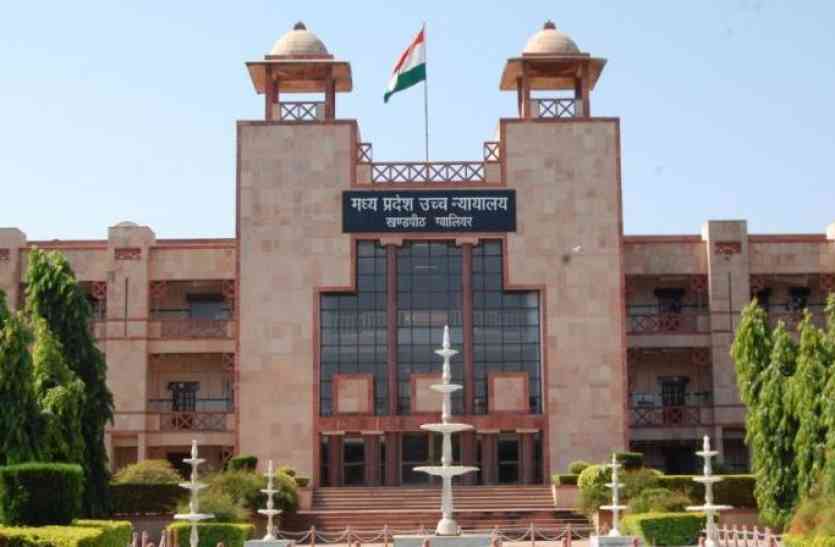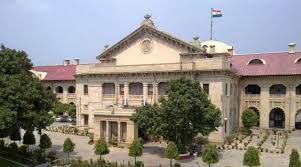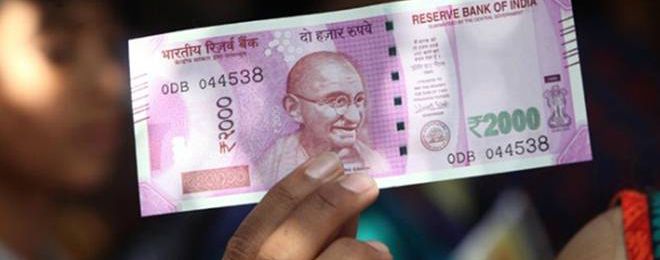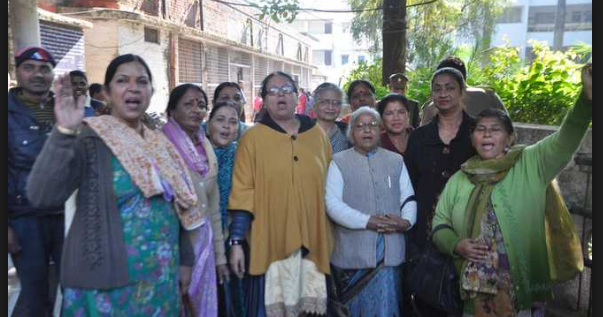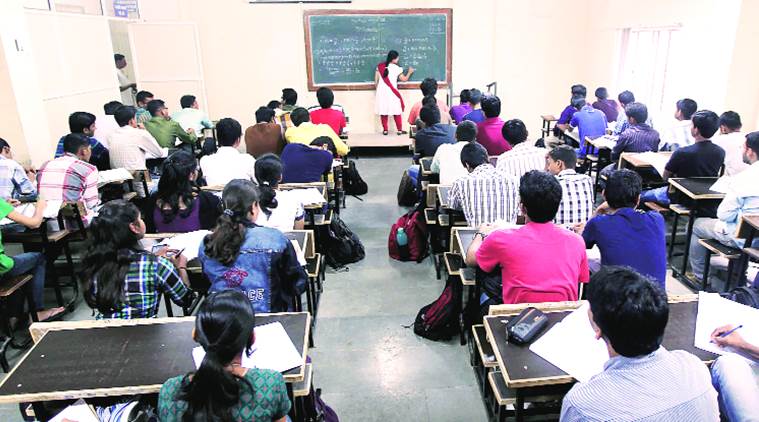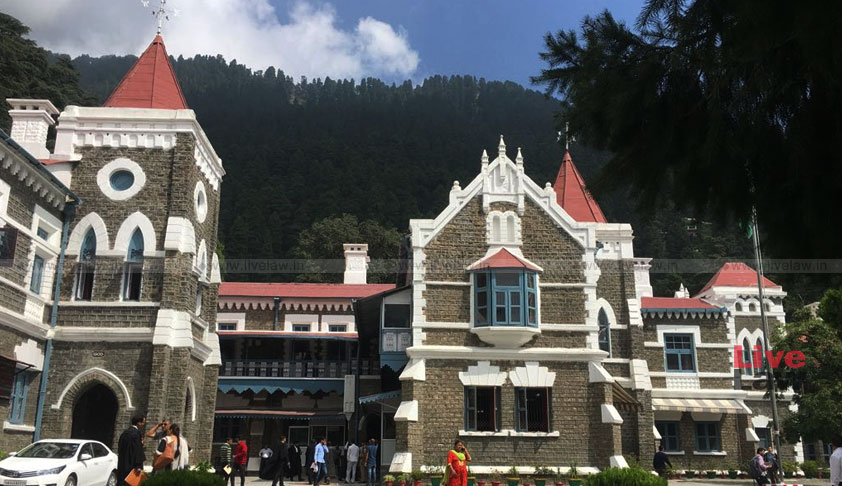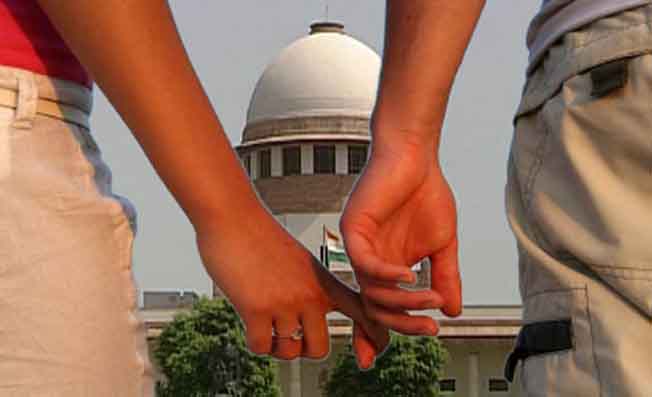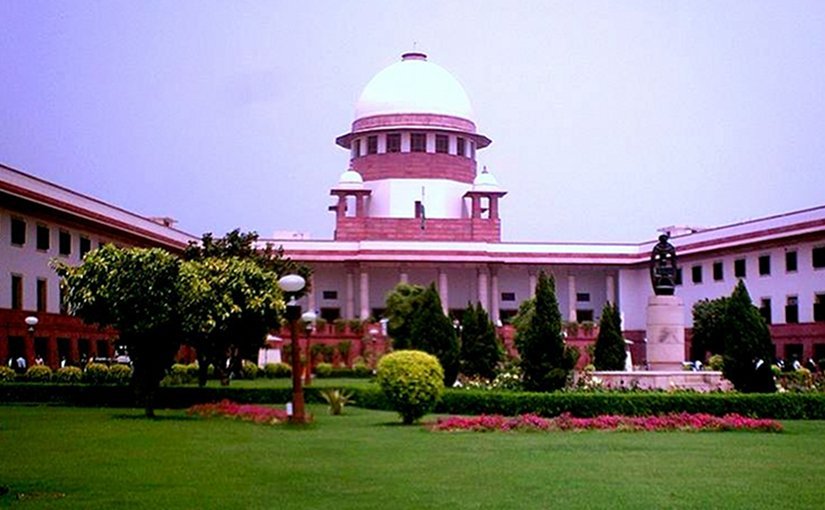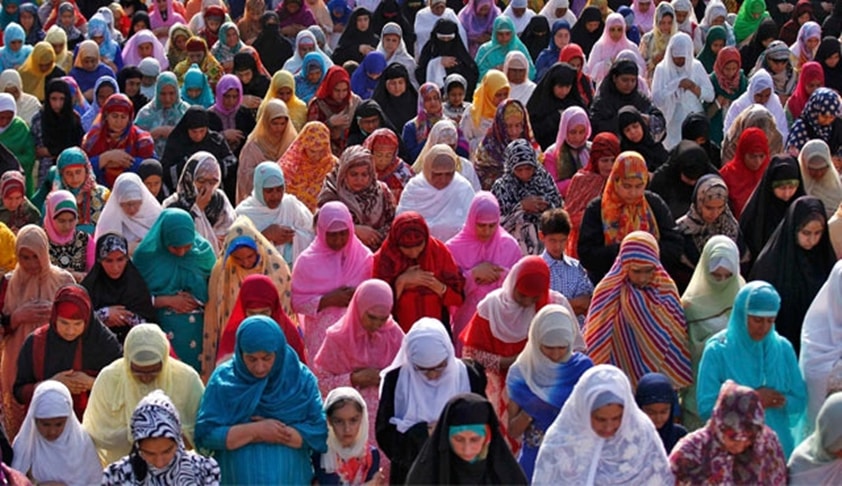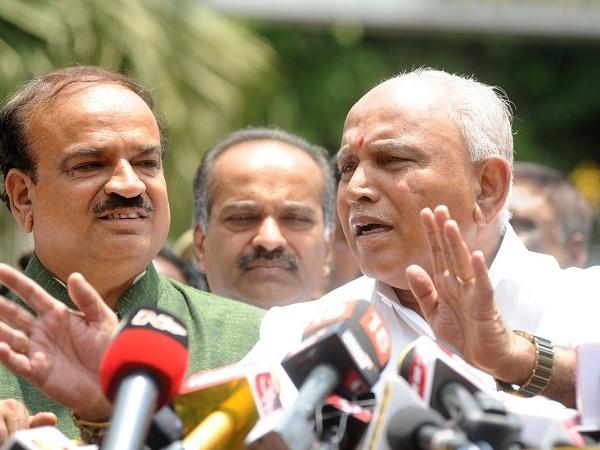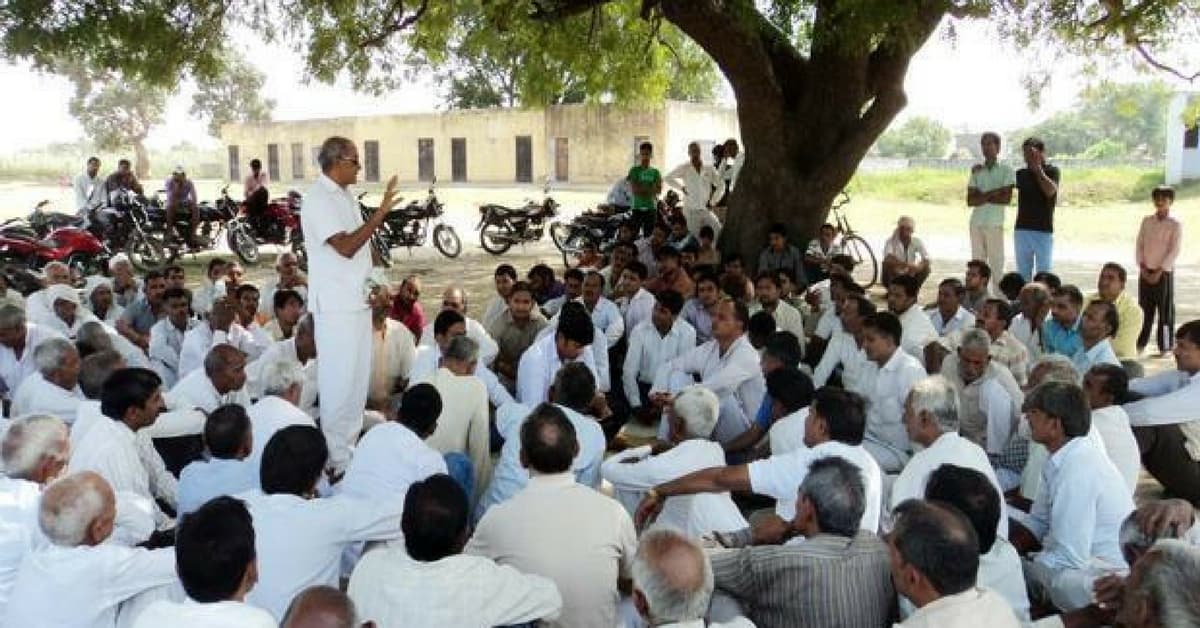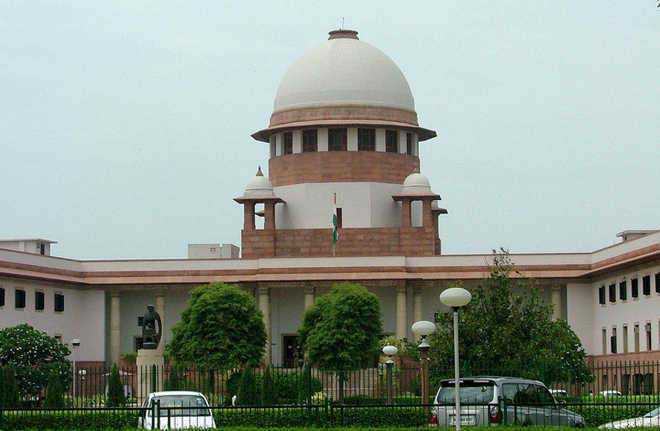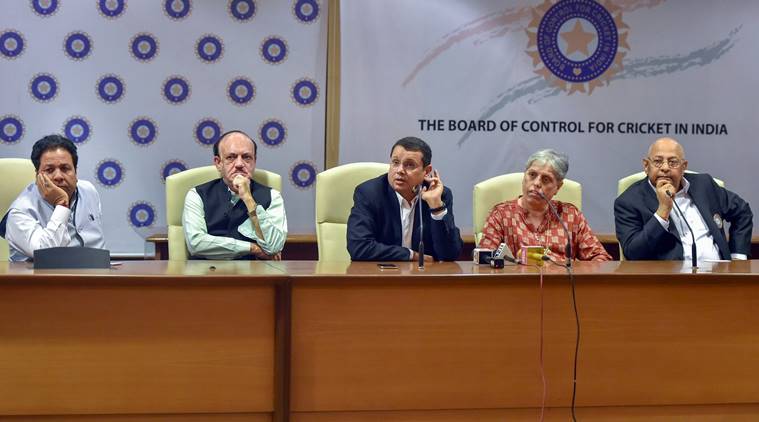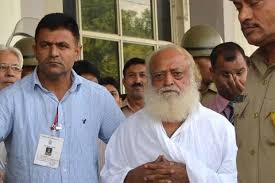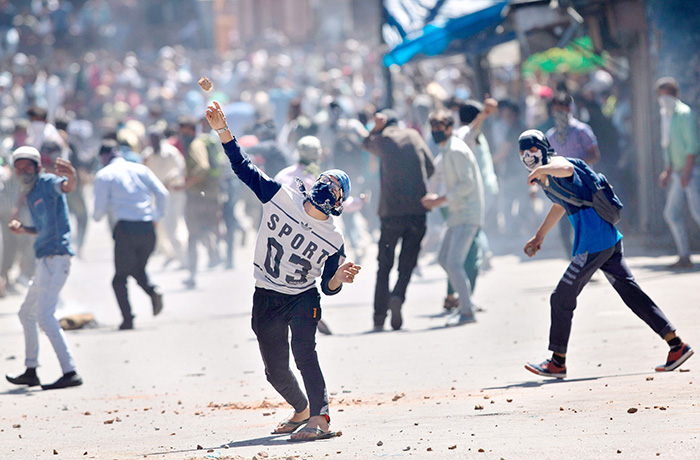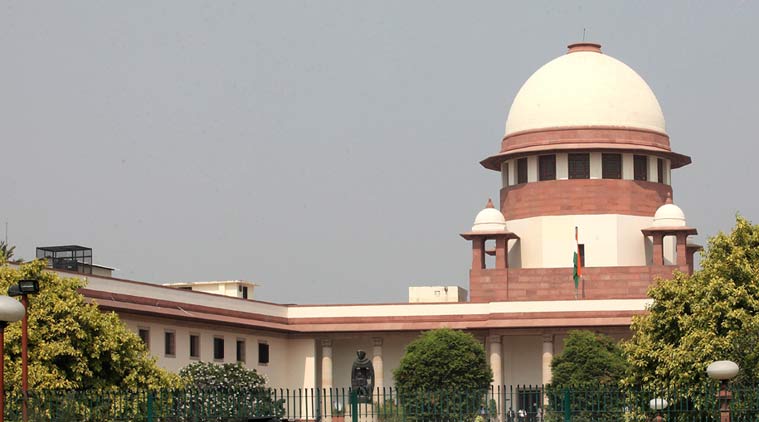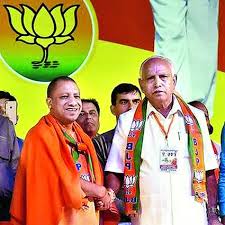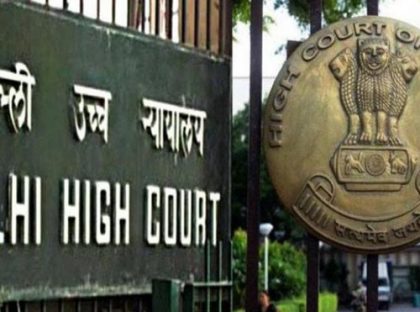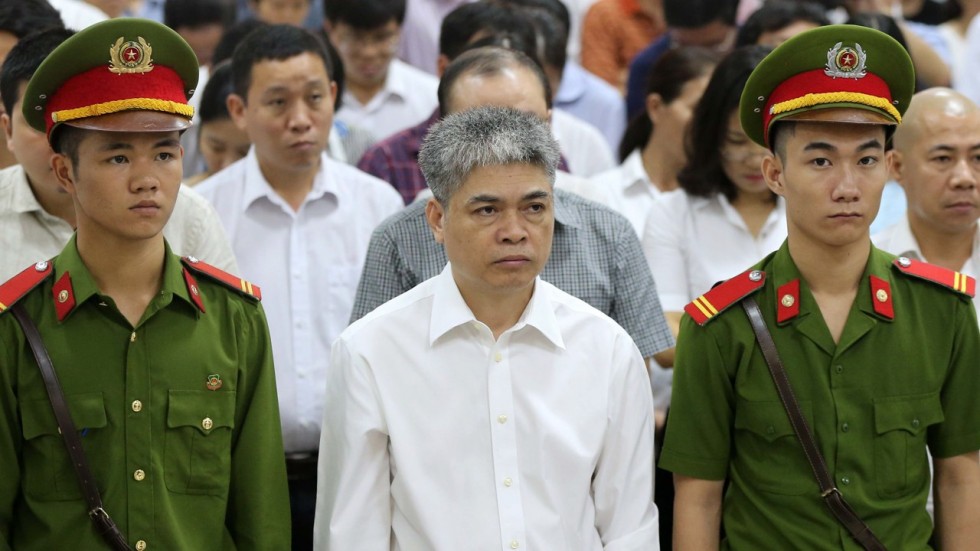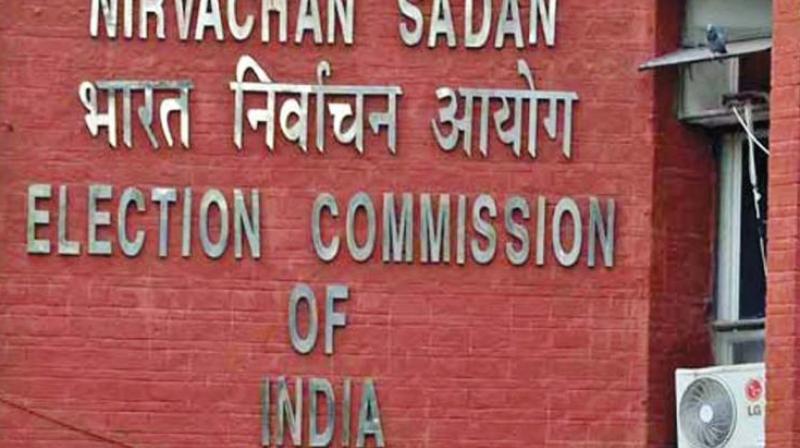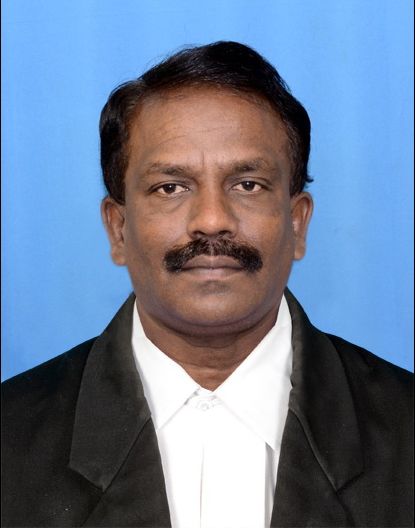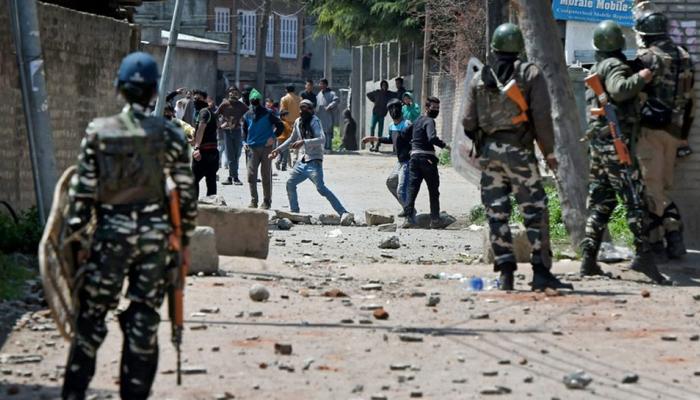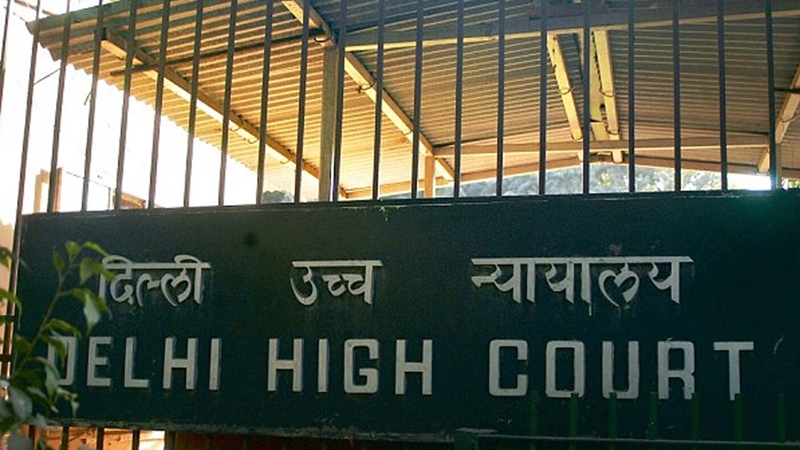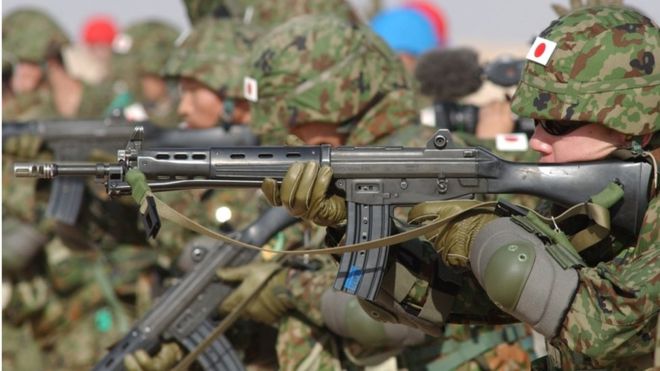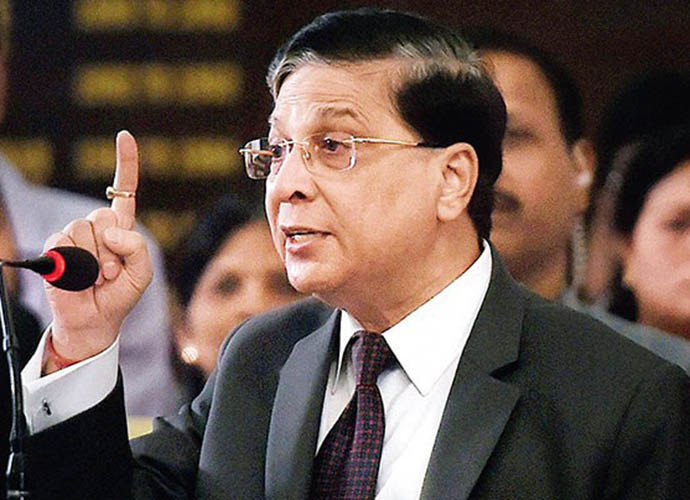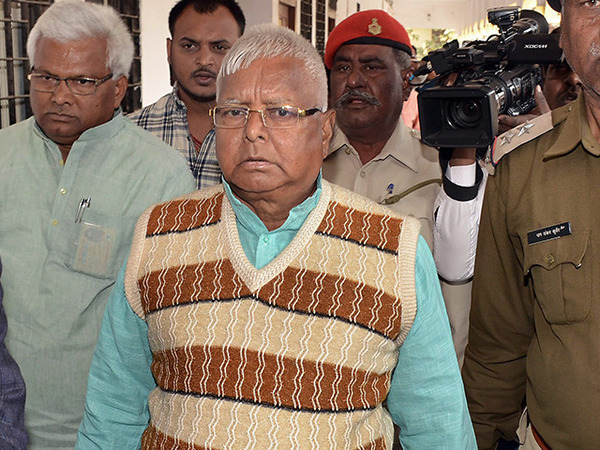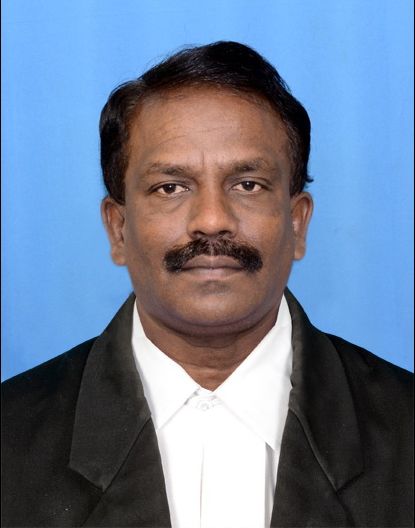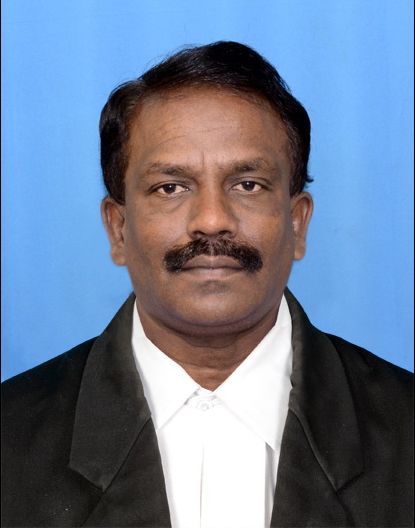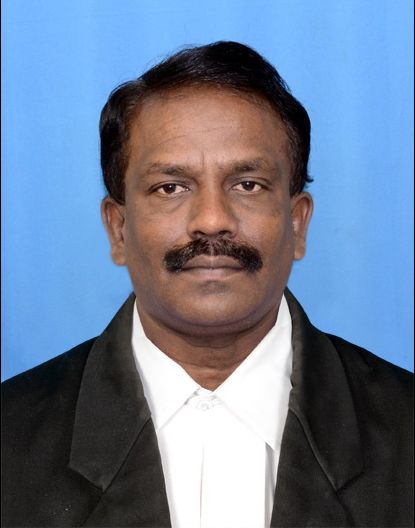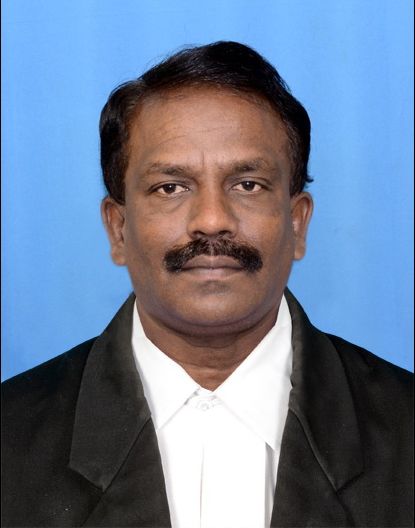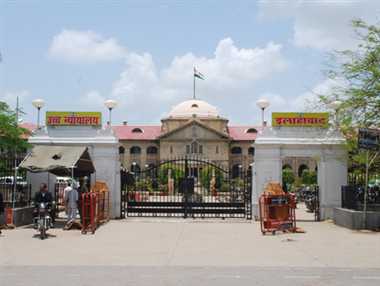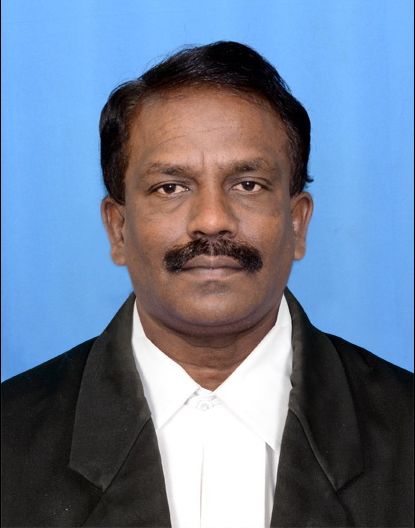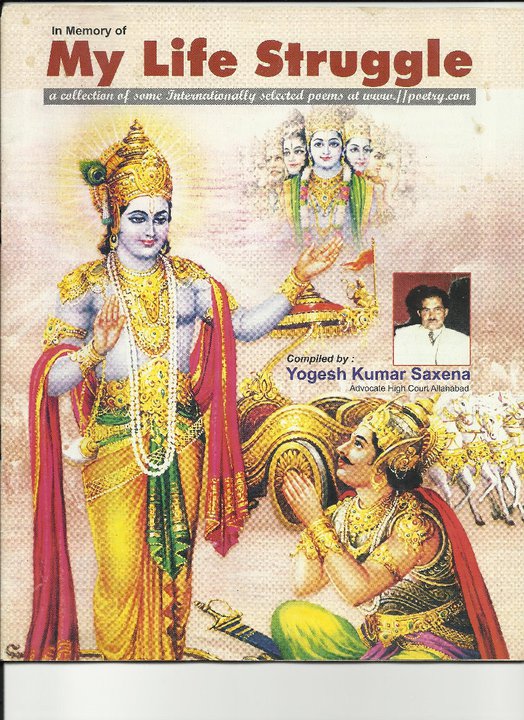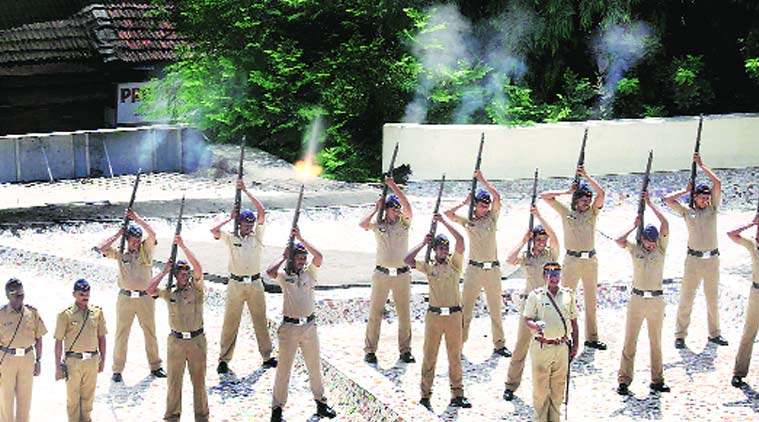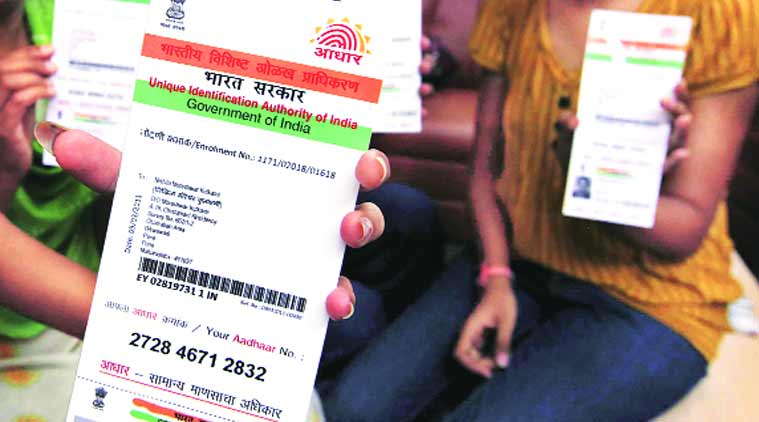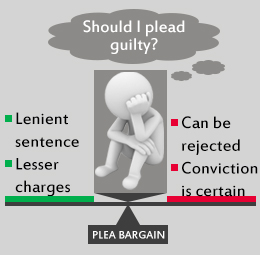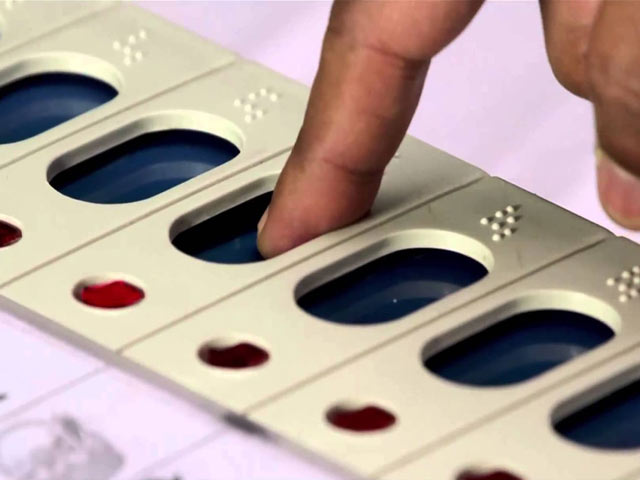Latest Articles
NRC Being Prepared Under Supreme Court’s Watch Is Laudable

Let me start by first and foremost pointing out that the consolidated draft National Register of Citizens (NRC) which is a database of Indian citizens in Assam and is being prepared under the Supreme Court’s watch, is a critical step in resolving one of Assam’s longstanding and most complicated problem of illegal immigrants from Bangladesh. No politics should be done over it. No credit should be taken by any political party for it and it must be kept completely out of the dirty theatric politics over it because if this is not done then it will become completely embroiled in it and nothing substantial will ever take place actually which will be our nation’s biggest misfortune!
To be sure, the list which was made public on July 30 has left out the names of over 4 million (40,07,707 to be precise) of the state’s 32.9 million residents. But those left out should not panic. Applicants left out of the NRC may be given a personal hearing under a fresh Standard Operating Procedure (SOP) being devised by the Home Ministry. The Registrar-General of India (RGI) and the Home Ministry are exploring several options to provide adequate opportunity to 40 lakh of the 3.9 crore applicants whose names were not included in the final NRC draft published on July 30.
Be it noted, RGI Sailesh told media that the SOP would ensure that filing claims and objections was a fair and credible process. He said that, “There may be many applicants who may not understand the process and the required documentation. So we have to see that every person has the right information and the assistance required.” An official said that the circle officers or block development officers would be asked to give personal hearings to applicants even after they had exhausted the option of filing “claims and objections”.
While craving for the exclusive indulgence of my esteemed readers, let me inform here that on July 31, a Supreme Court Bench had ordered the government to frame in consultation with State NRC Coordinator Prateek Hajela, a “fair” SOP to deal with the claims and objections of those who did not find their names in the draft NRC. RGI Sailesh revealed that, “The SOP will also go into the aspects of disposal of claims and objections so that reasonable time and adequate opportunity are given to applicants. The rules say that any person can make an objection against an inclusion and any person whose name is not there can file a claim.” Every precaution is being taken to ensure that no bona fide citizen is left out! Still one just fails to comprehend that why some leaders are trying to give it a political twist and are warning of nation getting immersed in “civil war” and “bloodbath” if any action is taken on illegal immigrants! This is what is most deplorable, degrading and dangerous which cannot be justiified under any circumstances!
For my esteemed readers exclusive indulgence, it must be also informed here that in a most matured and balanced stand the RGI Sailesh when asked by media if it would be appropriate to call the 40 lakh applicants “infiltrators”, as they were being referred to by some political leaders stated unambiguously that, “We don’t have any nomenclature for them. We have the list of eligible people for inclusion in NRC and the total [number of] applicants in NRC. For us they are applicants.” The Home Ministry too commendably had earlier told the Assam government that no action should be initiated by the administration or the police based on the draft NRC. The RGI has been asked to use all means of communication, including websites, toll-free numbers and SMS, to provide information to the public about the draft NRC.
Truth be told, while it is not yet clear who will decide the fate of the 4 million applicants who have been left out and have not made it to the final draft of the NRC, the issue of illegal immigrants in Assam has been historically determined by two tribunals. The first is the Foreigners Tribunal (FT) which was set up by the Assam government in 1964 to identify the legal status of suspected foreigners in Assam. There are 100 FTs in Assam as on date. The second is the Illegal Migrants Determination Tribunal, or IM (DT), established in 1985, with special provisions for Assam. It only considered the cases of those who had allegedly entered India after March 25, 1971 and crucially these placed the onus of proving citizenship on the accuser rather than the accused. The IM(DT) Act was subsequently struck down by the Supreme Court as being unconstitutional in 2005.
As it turned out, high pendency has severely plagued the working of the two tribunals, according to data from a 2012 white paper issued by the Assam government. Between 1985 and 2012, about 221,000 cases were referred to the two tribunals. During this period, they disposed of only about 97,000 cases. In these, they declared about 55,000 individuals as foreigners, leading to the deportation of 2,442 individuals. Between the two tribunals, the IM (DT) courts have been seen to be far less efficient and also less likely in declaring a person a foreigner. However, they were more likely to effect deportations. The high pendency in the two tribunals has been attributed to the lack of judicial supervision, long vacancies of members and inadequate staff. And now, in Assam, there are 4 million cases to be heard. What all has been disclosed here was effectively highlighted by Arjun Srinivas who is a recipient of the Mint-Hindustan Times-HowIndiaLives Data Fellowship 2018 in Hindustan Times newspaper dated August 9, 2018.
Going forward, Zia Haq in this same newspaper and same date further goes on to point out elaborately that, “The list made public on July 30 has left out the names of over 4 million (40,07,707 to be precise) of the state’s 32.9 million residents. Assam has witnessed large-scale migrations from Bangladesh, with which it shares a 267.5-km border. Natives want illegal migrants to be deported. The terms of citizenship in Assam were written into an agreement, the so-called Assam Accord which was signed on August 15, 1985 by the then Rajiv Gandhi-led Congress government with the All Assam Students Union (AASU). It was the culmination of a six-year agitation led by the student body against illegal settlers. According to the pact, anybody who can prove that they or their families were in Assam prior to the midnight of March 24, 1971 would be deemed a citizen. The NRC was not a part of the Assam Accord. It was suggested by the previous Congress government on May 2, 2005 during tripartite talks involving the state government and the AASU in which former PM Manmohan Singh was present. In June 2010, the Tarun Gogoi-led Congress government of Assam started a pilot project in two districts – Barpeta and Chaigaon – to vet citizenship and update the citizens’ registry, first compiled manually in 1951, the year of India’s first census. The names of many native Assamese like Dhrubojyoti Sharma of Rangia, a central committee member of the Asom Gana Parishad are missing. The aim of publishing the citizens register, a list of all Indian citizens in Assam, on the directions of the apex court is to identify genuine residents. A correct NRC will be a milestone. Residents need two sets of documentation to prove citizenship. The first is to furnish documents in “List A”. This refers to any government-certified document from before 1971, such as names in a similar 1951 citizens register, or a school certificate, birth certificate, land records etc. This is the so-called “legacy data”. Then, they are required to submit documents mentioned under “List B”. Purpose of documents under List B need to clearly link up with those in List A, proving ancestry.”
Having said this, let us now discuss some pertinent questions on this very vexed issue as also on citizenship in India which is grabbing the eyeballs of not just the people of India but extending all across the globe! This will certainly enable more clarity on this vexed issue which is being unnecessarily politicised by few politicians for serving their own vested political interests. Rahul Tripathi has brilliantly dwelt on the same in The Indian Express dated August 3, 2018. They are as follows: -
How is citizenship determined in India?
Indian citizenship can be acquired by birth, descent, registration and naturalisation. A person domiciled in India as on November 26, 1949 – the date when the Constituent Assembly adopted the Constitution – autmoatically became a citizen if he or either of his parents was born in India, or if he had been in India for at least five years until that date.
For those born in India after the Constitution came into effect, the Citizenship Act, 1955, grants citizenship by birth based on birth dates. Anyone born between January 26, 1950 and July 1, 1987 is a citizen by birth; a person between July 1, 1987 and December 3, 2004 is a citizen by birth if either of his parents is a citizen of India at the time; those born on or after December 3, 2004 is a citizen by birth if both parents are citizens of India at the time, or if one parent is a citizen and the other is not an illegal migrant – defined as a foreigner who entered India without valid documents, or stayed beyond the allowed period.
Citizenship by registration can be acquired by persons of Indian origin who have lived in India for 7 years before applying, persons of Indian origin who live in any country outside undivided India, persons marrried to a citizen of India and who have lived in India for 7 years before the application. Any minor child can be registered as a citizen if the government is satisfied that there are special circumstances.
Is it possible for a foreigner with no connection to India(marriage, descent etc) to become a citizen of India?
This is citizenship by naturalisation. Any foreigner, provided he is not an illegal immigrant, can acquire citizenship, provided he has stayed in India for 12 consecutive months preceding the date of application, and for 11 years out of the preceding 14 years.
Is citizenship permanent?
Under Section 9(1) of the 1955 Act, a person ceases to be a citizen if he or she voluntarily acquires the citizenship of another country or renounces Indian citizenship. India does not allow dual citizenship. Under Section 10, anyone who has become a citizen of India by naturalisation or by registration due to marriage to an Indian citizen can be deprived of the citizenship by the Home Ministry for certain reasons.
How is Assam different? Why a separate National Register of Citizens?
This is because of a history of migration. During British rule, Assam was merged with Bengal Presidency for administrative purpose. From 1826 to 1947, the British continuously brought migrant workers to Assam for cheap labor in tea plantations. Two major waves of migration came after British rule – first after Partition, from East Pakistan (now Bangladesh), and then in the aftermath of the liberation of Bangladesh in 1971. This eventually led to an agitation during 1979-85, led by the All Assam Students Union. It culminated in the 1985 Assam Accord signed with the Rajiv Gandhi government, under which illegal migrants were to be identified and deported. Clause 6A was inserted in the Citizenship Act with special provisions for Assam.
What are those provisions?
These take into account two cutoff dates – January 1, 1966 and March 25, 1971. Anyone who was a resident of Assam before the first date is a citizen. Migrants who entered on any day between these two dates, and remained there, would need to register with a Foreigners Tribunal. For 10 years, they would have all rights of a citizen except the right to vote which would be granted at the end of 10 years. Finally, migrants who entered Assam on or after March 25, 1971, are not eligible for citizenship.
Is this not the cutoff date for NRC too?
Yes. For inclusion, applicants need to prove that they – or their parents, grandparents etc – were citizens before March 25, 1971. Those who could not prove this, as well as their offspring, have been excluded. Assam already has an NRC, prepared in 1951 with 80 lakh citizens, on the basis of that year’s Census. In 2003, the Citizenship (Registration of Citizens and Issue of National Identity Cards) Rules were amended for updating the NRC in order to identify genuine citizens.
What was the mechanism for identifying migrants earlier?
When Indira Gandhi was Prime Minister, the government introduced the Illegal Migrants (Determination by Tribunal) Act, applicable only to Assam. Against the Foreigners Act that was in force elsewhere, the IMDT Act was seen as ineffective as the burden of proof of someone being a foreigner was on the accuser and not on the state or the accused. In 2005, the Supreme Court struck down IMDT Act on a petition filed by Sarbananda Sonowal, then an AGP leader, now Assam Chief Minister and a BJP leader.
Before the NRC update, Assam was witnessing protests over the Citizenship Amendment Bill. What was this about?
In 2016, the Centre introduced amendments to the Citizenship Act to grant citizenship to religious minorities (mostly Hindus and including other non-Muslims) from Pakistan, Bangladesh and Afghanistan who took shelter in India. The Bill relaxes norms for granting them citizenship by decreasing the residency requirement from 11 years to six years. In Assam, where the agitation was against migrants irrespective of religion, this has led to protests. The Bill is currently pending with a Joint Parliamentary Committee.
Is there a similar situation for migrants in any other state?
In Arunachal Pradesh, a demand for citizenship to Chakmas has been pending for decades. While the Centre is keen to grant them citizenship, it is being opposed by the state government. In Kashmir, West Pakistan refugees are allowed to vote in national elections but not in Assembly elections.
It is heartening to note that amid an intensifying ugly political slugfest over Assam NRC, the Supreme Court on July 31 stated that the exercise for verifying the citizenship of residents of the state will be taken to its logical conclusion, even as it asked the Centre to frame a ‘fair and equitable’ standard operating procedure to adjudicate claims for Indian citizenship. A Bench of Supreme Court comprising Justices Ranjan Gogoi and RF Nariman made it plain that the exercise being conducted under the court’s aegis identifying alleged aliens residing in Assam will not stop, but nipped the fear of any immediate fallout for those who have not made it to the draft NRC by saying that no coercive steps will be taken against them. NRC coordinator Prateek Hajela told the Apex Court that, “Of the 40.07 lakh who don’t find their name in the list, applications of 37.59 lakh persons have been rejected and those of 2.48 lakh have been put on hold.”
Truly speaking, Attorney General KK Venugopal said the ministry concerned would prepare a detailed SOP to receive and adjudicate claims and objections of those excluded from the NRC. Venugopal said that, “Given the magnitude of the human dimension of the problem, it would be appropriate if the SC assured the public against any coercive step on the basis of draft NRC.” The Bench said it gives no assurances but passes orders. The Bench said: “In this regard, the court would like to observe that what has been published being a draft NRC, it cannot be the basis for any action by any authority” thus allaying fears among members of the minority community that they could face immediate deportation proceedings.
Needless to add, the Bench also said: “Whatever be the modalities in the SOP, it has to be a fair procedure. Those who have been excluded from the draft NRC must get a fair opportunity. Whatever SOP you (the Centre) want to frame to govern this (claims and objections) must be a fair procedure.” Asked about a possible timeline, the AG said that it will depend on the total number of claims and objections received. However, Justices Gogoi and Nariman were firm to take to logical conclusion the long drawn exercise of preparation of draft NRC, credit of which largely goes to the Bench for its untiring monitoring of the process undertaken by a team of thousands of state government officers, led by IIT Delhi electronics graduate-turned IAS officer Hajela since 2013. The first draft NRC was published on December 31, 2017 when 1.9 crore of the 3.29 crore population of Assam was included in it.
Simply put, the Bench asked the Centre to place the draft SOP for receiving and adjudicating claims and objections before the court on August 16 for vetting. Making clear its intention to finalise the draft NRC in due course, the Bench said: “We permit the concerned ministry of the Union government to frame modalities and place it before the court for dealing with claims and objections so as to enable publication of final NRC.” On August 16, the court said it would draw up the time schedule for this. Hajela told the court that the draft NRC would be on display at local registrar office from August 7 to permit public to verify their names. He also said that, “Those who have objections or claims against draft NRC, can file it with supporting documents before local registrar in 30 days from August 30 till September 28.”
Interestingly enough, the Centre proposes to include Indian citizens who are not from Bangladesh and who moved to Assam from other parts of the country before or after March 24, 1971 in the National Register of Citizens (NRC) if their citizenship is proved beyond reasonable doubt. This is part of the SOP drawn up by the Centre to deal with claims and objections of those who have been left out of the draft NRC which is being prepared on the directions of the Apex Court. The government also suggested that the time for filing claims and objections regarding inclusion of names in the draft NRC be extended from the one month proposed initially to two months.
It must be added here that the document pointed out that the Supreme Court in its July 21, 2015 order had said “…Indian citizens including their children and descendants, who may have moved to the State of Assam subsequent to 24th March, 1971 would be eligible for inclusion in the NRC on adducing satisfactory proof of residence in any part of the country (outside Assam) as on 24th March 1971.” The government, however said that in some cases, people have not been able to provide documents to prove their residence in any part of the country. For such people, it proposed to make provisions similar to Rule 4 of the Citizenship (Registration of Citizens and Issue of National Identity Cards) Rules, 2003 and Clause 3(3) of the Schedule.”
Accordingly, government submitted that, “citizens of India who originate from other states in India and who do not have any origin in specified territory (Bangladesh) and have moved to State of Assam prior to 24th March 1971 or after will be included in the NRC if the citizenship of such persons is ascertained beyond reasonable doubt to the satisfaction of the authorities disposing of claims and objections. Cases of all such persons whether ordered for inclusion by the authority (disposing claims and objections), or for exclusion, will be examined first by the CRCR (Circle Registrar of Citizen Registration) and then by the DRCR (District Registrar of Citizen Registration). The final decision of inclusion or exclusion will be taken by the DRCR, who will issue a speaking order issued under his deal and signature” the SOP stated adding that “authorities examining the claim and the DRCR will exercise great caution to ensure that no illegal person’s name is included taking recourse to the above provisions.”
Of course, the government also submitted that claims involving children of 14 years who have been left out from the draft NRC and whose parents have included in it “will be segregated and pre-claim verification undertaken by CRCR to ascertain the shortcomings in linkage documents or any inconsistencies thereof.” It said the DRCR concerned will ensure specific hearings for the composite family in respect of these children and oral and written evidences from parents will be available. This “special consideration” was needed, the government said, because adequate documentary evidence may not be available for children below age 14. “Claims where only married women are involved and have no linkage document other than Gaon Panchayat Secretary Certificate issued prior to August 2015 will be examined separately in accordance with the guidelines issued in its compliance to Hon’ble Supreme Court orders on the verification of Gaon Panchayat Secretary Certificate for married women,” it said.
In essence, the Local Registrar of Citizen Registration (LRCR) will issue notices for hearing the objections raised to inclusion of any names including to the person against whom the objection raised. To “ensure fairness and objectivity”, the government said, “it is considered necessary that the officers who have decided the applications at the stage of draft NRC (LRCR) are not the decision-making authority at the stage of disposal of claims and objections”. Centre stated that the state had informed that it will be able to make available 1,500 to 2,500 Class I officers for this. The exact requirement will, however, depend on the number of claims and objections that are filed, the SOP said, adding that it was also proposed to appoint senior state government officers as observers to oversee the process of disposal of claims and objections.
As things stand, during the hearings, the state, in collaboration with UIDAI, will undertake biometric enrolment of applicants. Once the final NRC is published, those included in it will be given Aadhaar numbers. The SOP also provides a timeline for completing tasks. Accordingly, the period for receiving claims and objections will be from August 30 to October 28. The hearings will start from December 15 onward. It may be recalled here that on July 31, a Bench of Justices Ranjan Gogoi and RF Nariman while allowing the government to draw up the SOP had said it would approve the same if the procedure adopted was fair, else it would correct it.
It must be brought out here that the Registrar General of India (RGI) will not make public the reasons for excluding the names of 40 lakh people from the NRC, the final draft of which was just released. This will certainly give an opportunity to some to raise serious question marks over such secrecy especially those who are not at all happy with this historic move! The only exceptions to this are those who have been marked ‘doubtful’ voters by the Election Commission (voting rights of such people and their descendants already stand suspended) and those who have, at any point of time, been referred to Foreigners Tribunals and their descendants. These two categories of people, numbering 2.48 lakh already know that their names would not be included in the draft NRC until their names are cleared by the tribunals.
It must also be brought out here that another 1.5 lakh people whose names were part of the draft published in December but have been excluded from the final draft, will be informed about the reason for their exclusion by a letter of information (LOI). These applicants were excluded for one of three reasons – either their names had been erroneously included, they were found to have submitted false claims or panchayat certificates submitted by them were found invalid. NRC State Coordinator Prateek Hajela submitted before the Supreme Court while seeking its permission which was subsequently granted that, “The LOI will have to be served to the rejected applicants within seven days from the date of publication of the complete draft. The LOI will explicitly state that the applicant has an opportunity to file a claim for inclusion in the NRC. The LOI will also inform the time schedule and place of submission for the claim.” The rest of the excluded persons will have to file a fresh application in a prescribed form with the local registrar of citizen’s registration between August 7 and September 28 to know the reason for exclusion. RGI Sailesh said that, “Each of the individuals will be given a letter citing the reason for exclusion.”
All said and done, it is a herculean task to ensure that innocents are not harassed and illegal immigrants are not spared from being deported to their respective countries from where they entered illegally to India. Similarly all those who burn Indian flags and chant anti-Indian slogans must be deported from all across India! All political parties must refrain from indulging in petty politics as it concerns our national security and there can be no compromise on it! Rajnath Singh who is Union Home Minister very rightly cautioned parties against politicizing it. He said: “Whatever work is going on in the NRC, is happening under the supervision of the Supreme Court. To say that the government has done it, and it is inhuman and brutal…such allegations are baseless. It is not the right thing to say. Some people are unnecessarily trying to create an atmosphere of fear. I want to assure all that there is no need for any apprehension or fear. Some misinformation is also being spread.” Appealing to the House, Rajnath Singh again very rightly said that, “This is a very sensitive issue. Everyone should lend their support. I want to make it clear…you can express your anger…but let me tell you that the government is not doing anything…everything is being done under the supervision of Supreme Court.” Absolutely right! Rajnath also very rightly said that there is no question of any coercive action against anyone while stressing that NRC process is “being carried out with complete fairness and transparency”. He also made it clear that if anyone was not satisfied with the final draft of the NRC, that person would get an opportunity to file claims and objections as per provisions in the law and also approach the Foreigners Tribunal. He also clarified that, “Only after the disposal of claims and objections, will the final NRC be published.”
On a concluding note, what is being done in Assam is truly laudable and should be emulated in all parts of India to ensure that illegal immigrants are first identified and then deported back to their native country! If this is not done, it is bound to have disastrous consequences on the unity and integrity of India. Also, all those who stay in India and repeatedly swear by Pakistan or any other foreign country must be first identified and then deported to the country of their choice without wasting anymore time because it goes without saying that, “You cannot be a Pakistani and an Indian at the same time because India and Pakistan are separate countries since 1947. You cannot claim fundamental rights under the Indian Constitution while believing in Pakistan and burning our flags and Constitution”. Same holds true for other countries as well. Those who burn Indian flags, Indian Constitution, insult national anthem and sing Pakistani anthem or anthem of any other country must migrate to their country of choice and if they don’t they must be deported at all cost and under all circumstances. Similarly those who stay in India and still attack army vehicles and slap our brave soldiers and throw their helmets in gutter must be deported without showing any leniency of any kind towards them irrespective of their religion, caste, creed or sex! Similarly if a person has no proof of citizenship but swears by India and demonstrates total loyalty for nation by doing exemplary acts of courage and promotes harmony must be rehabilitated in India at all cost and under all circumstances no matter what his/her religion, caste, creed, community or sex is!
